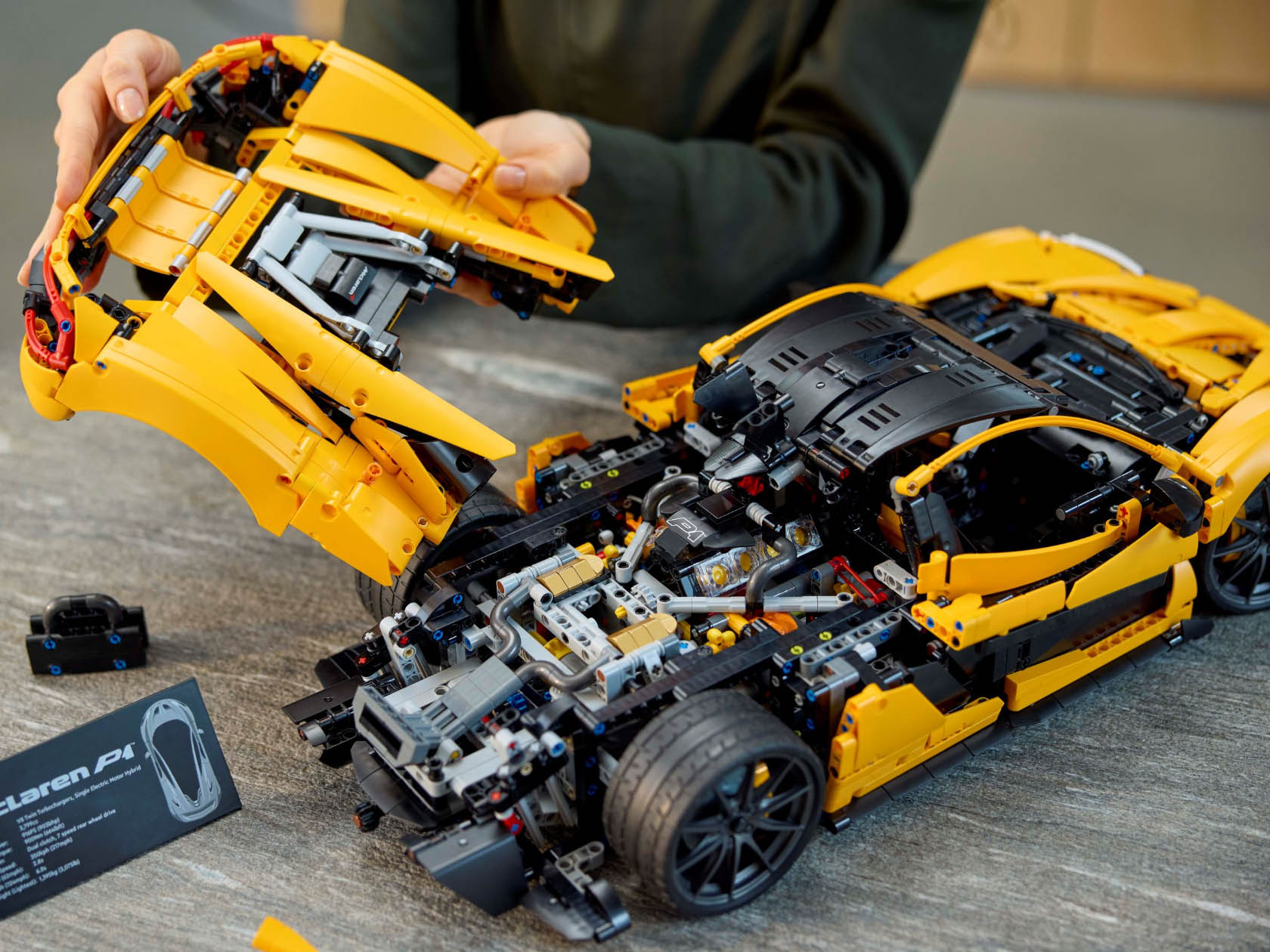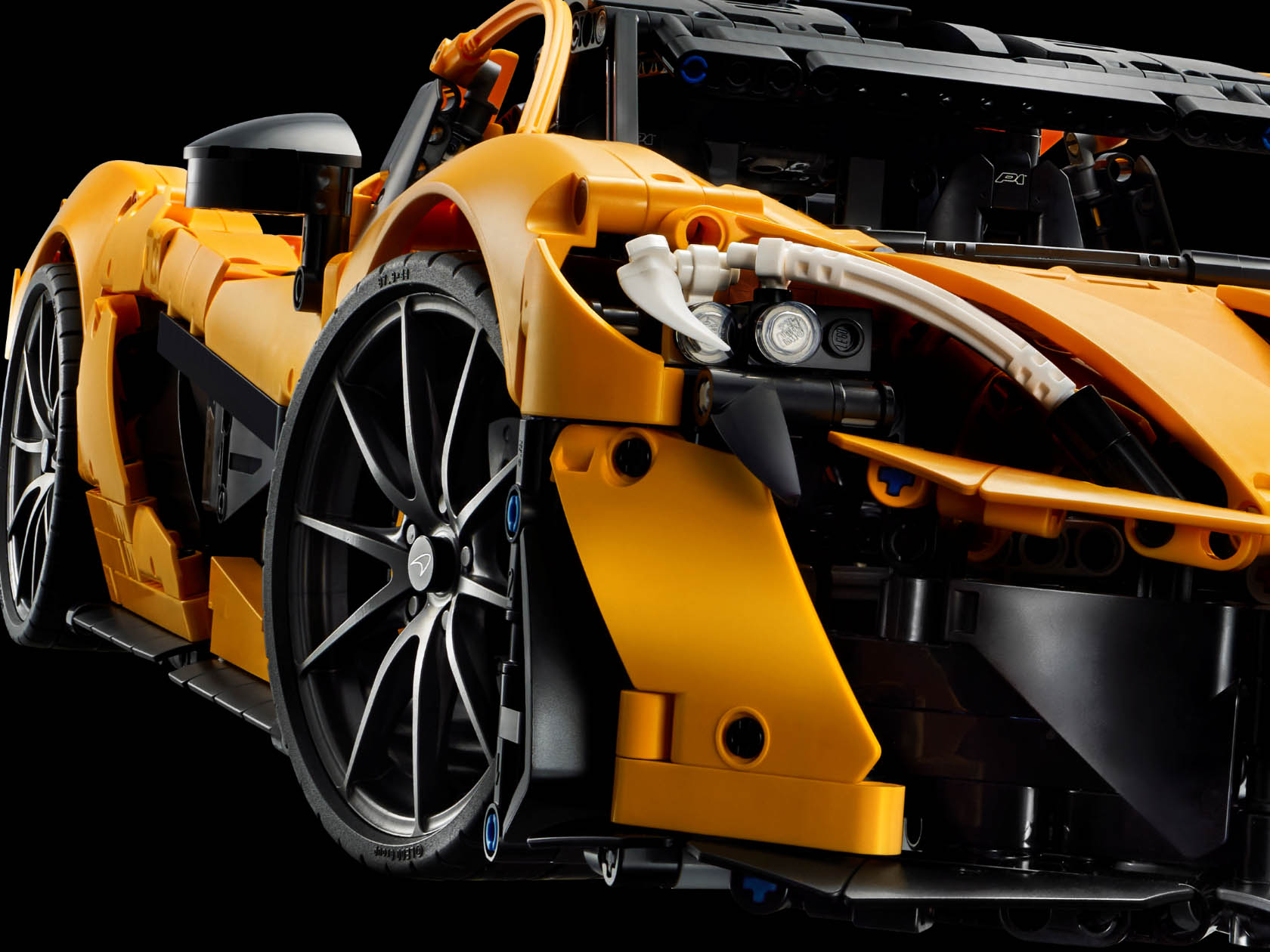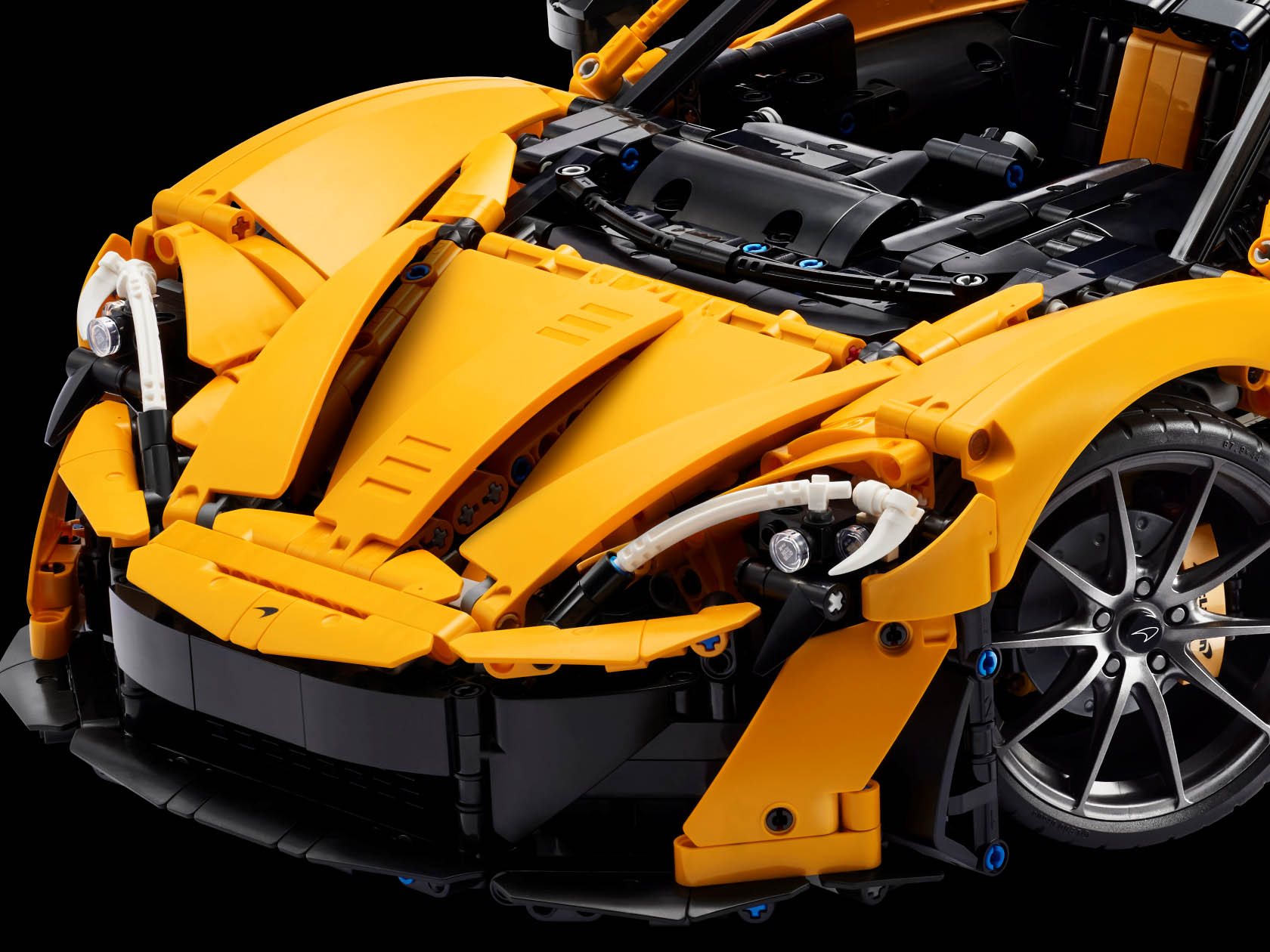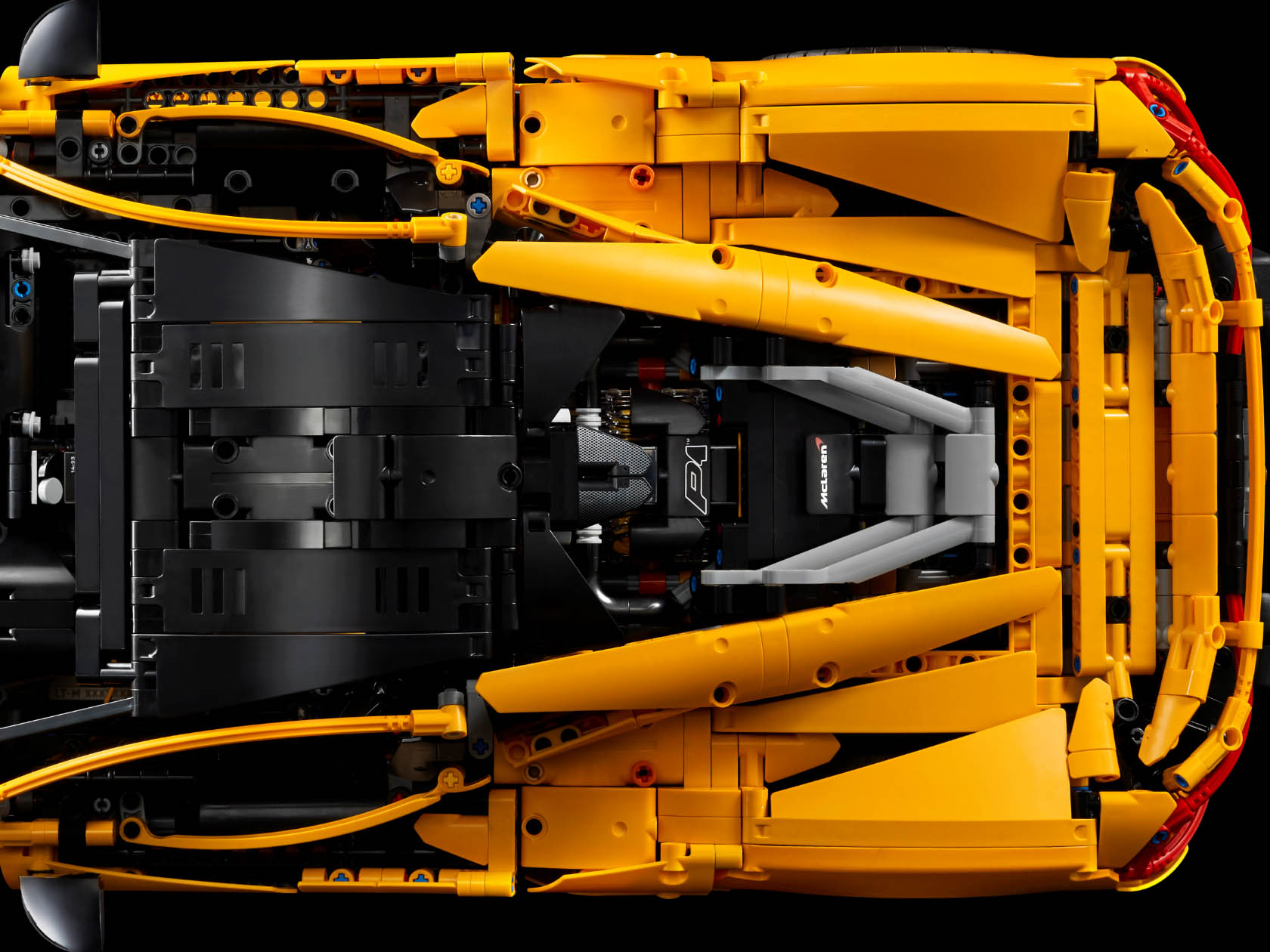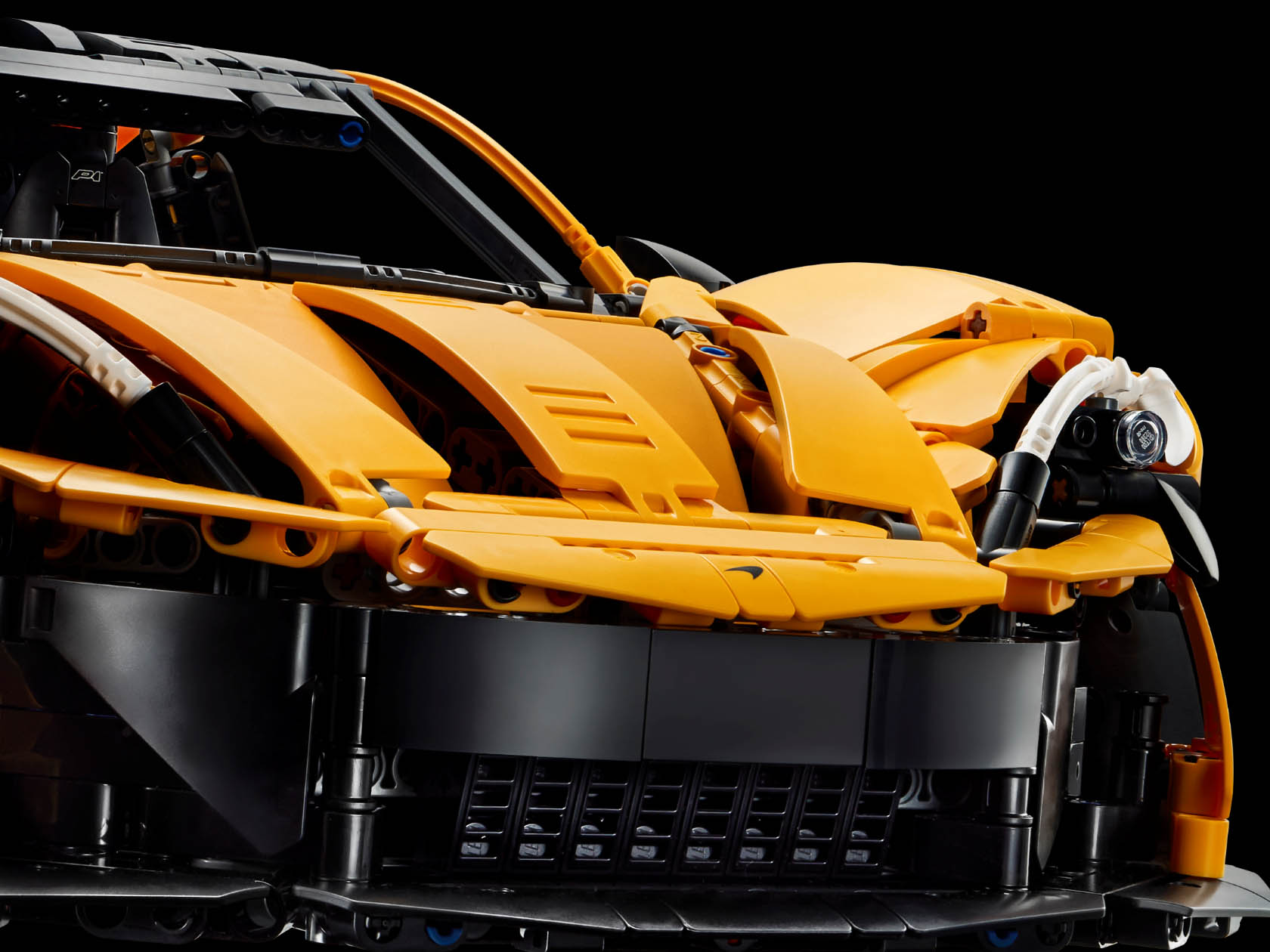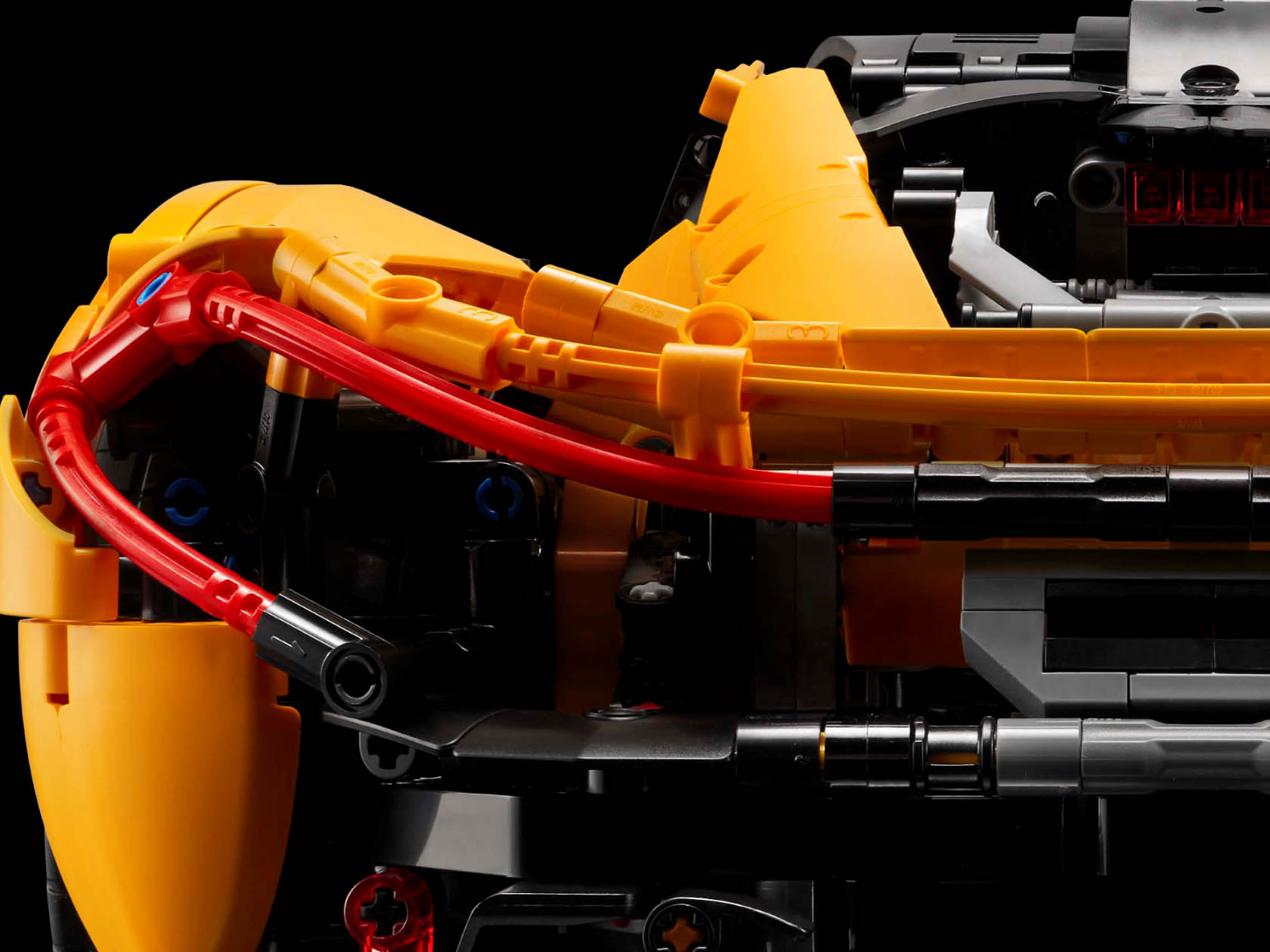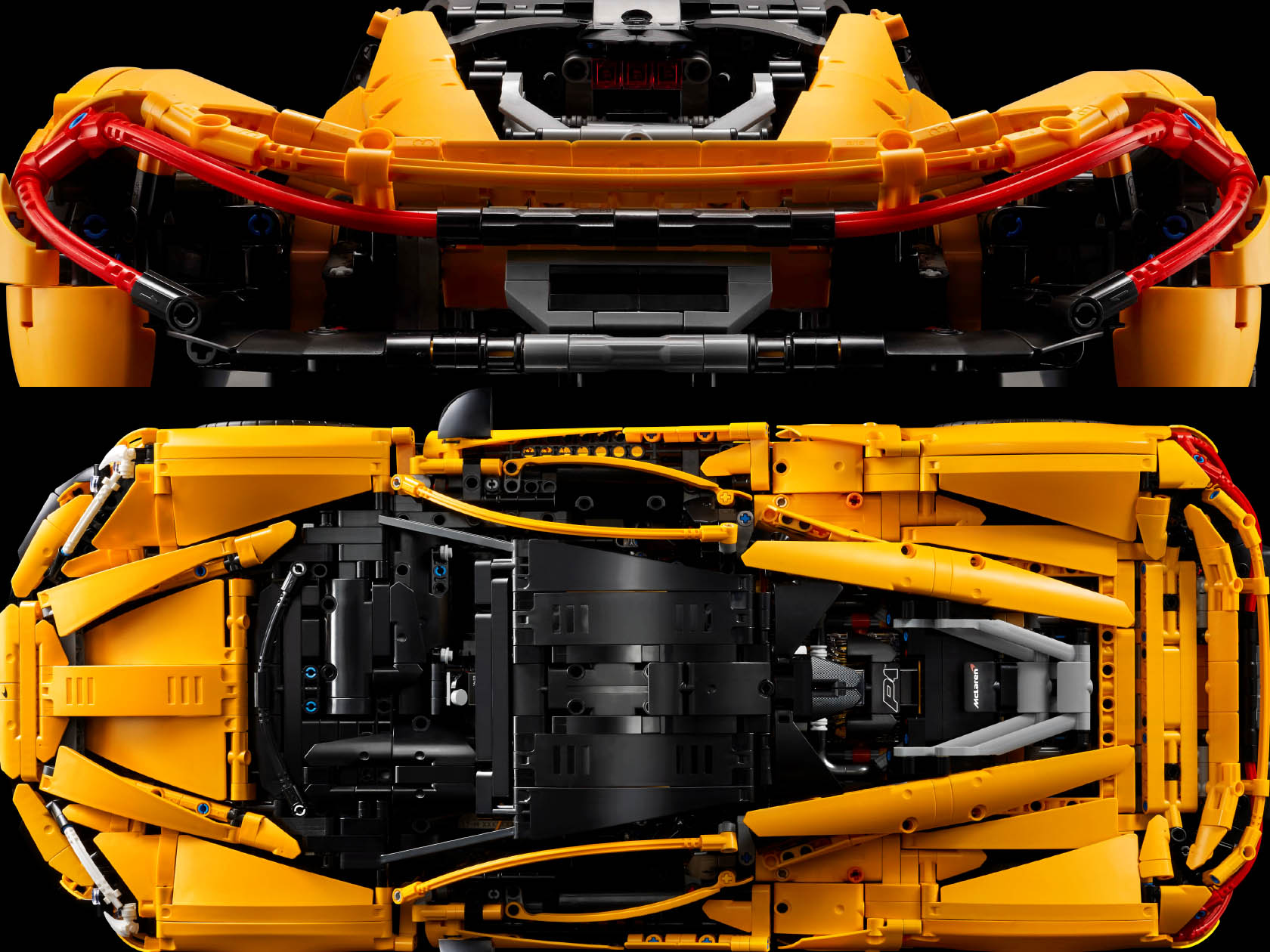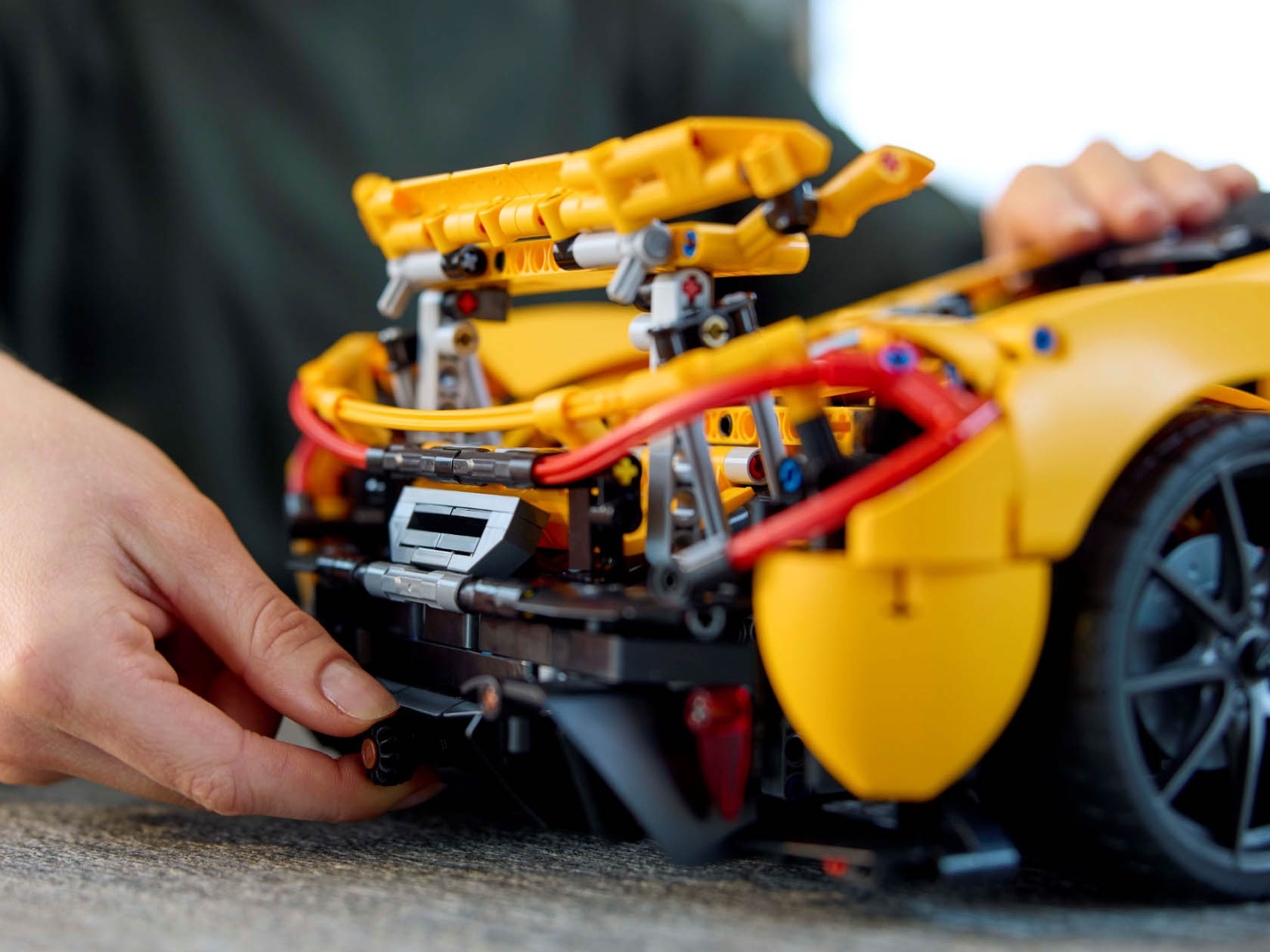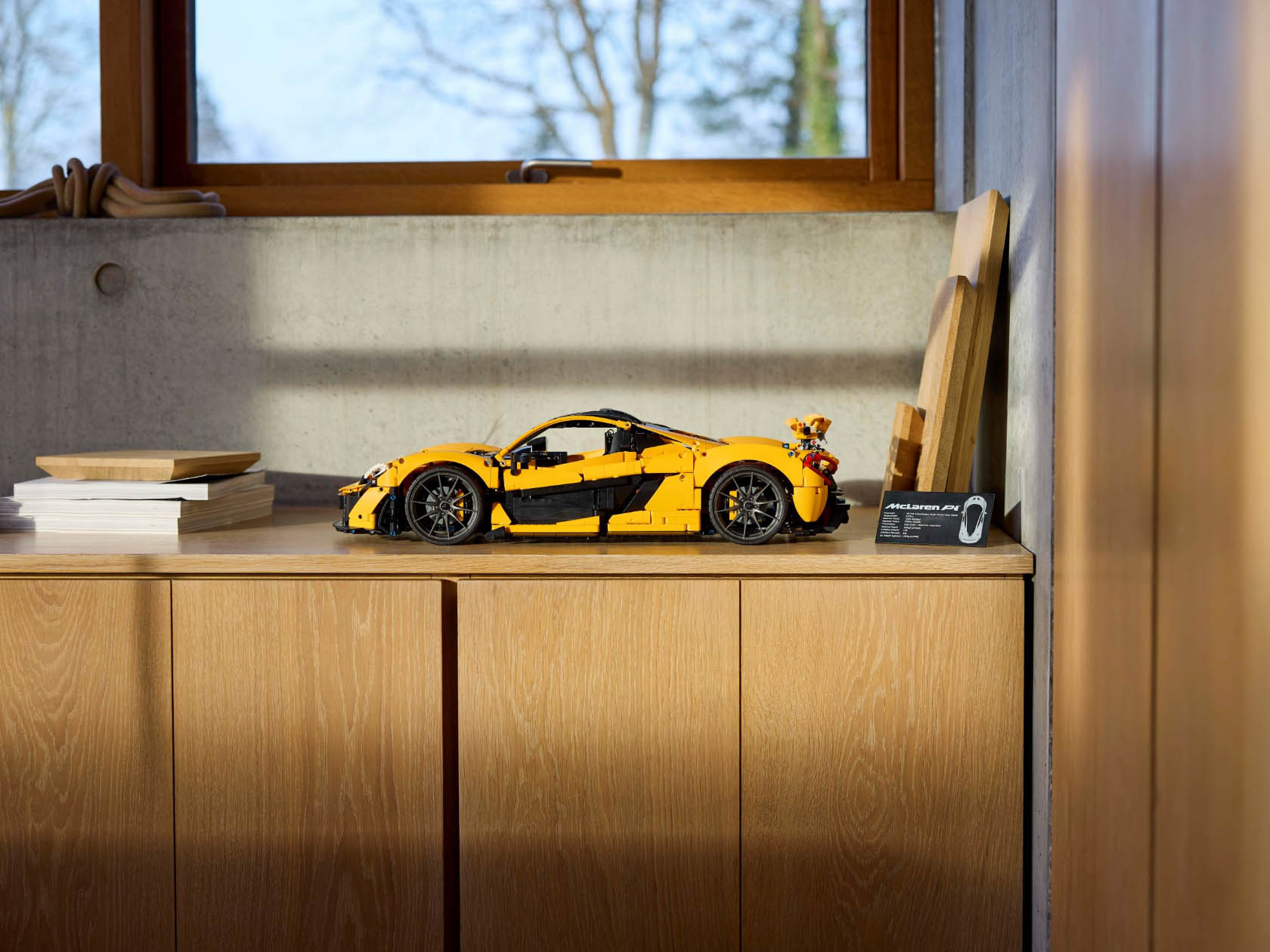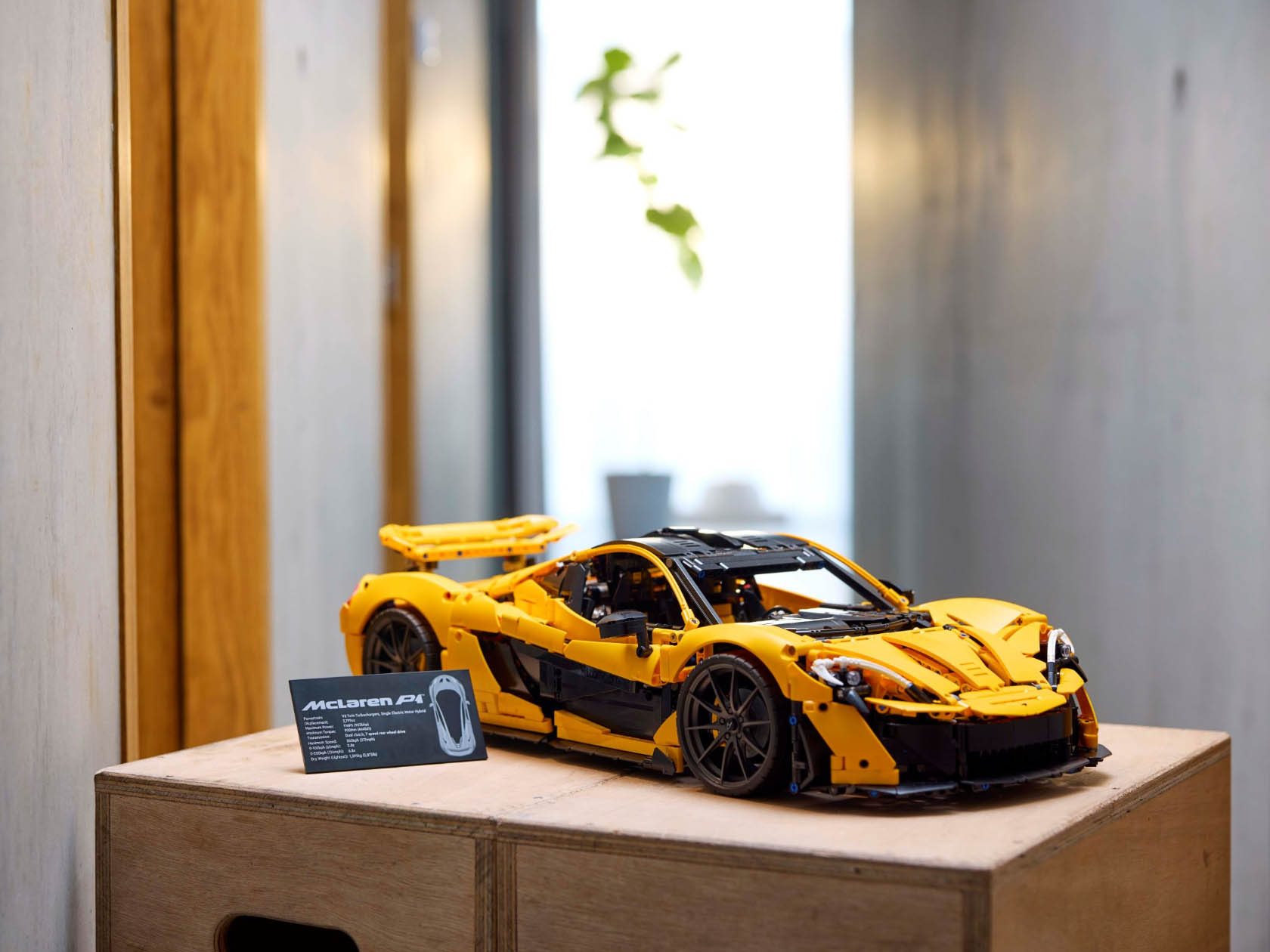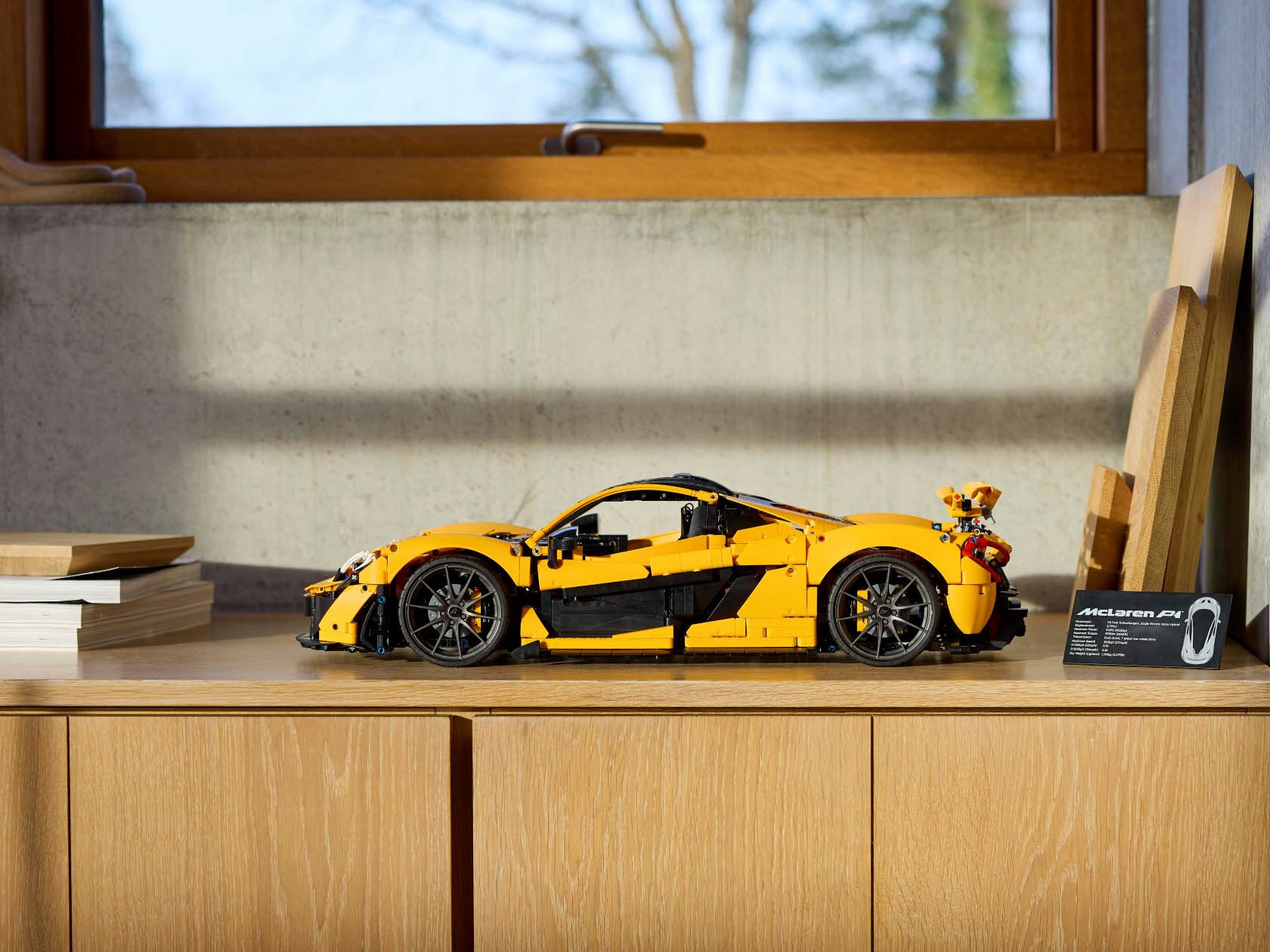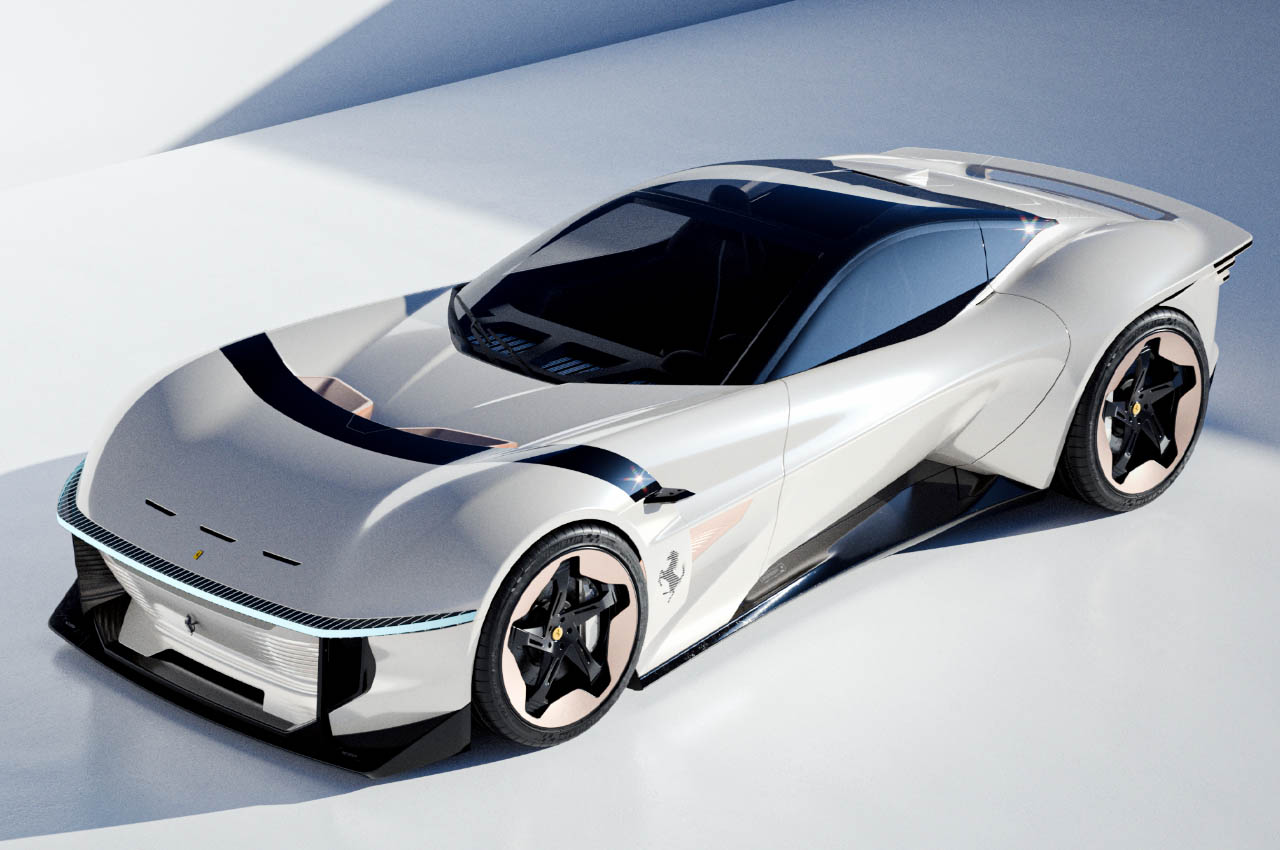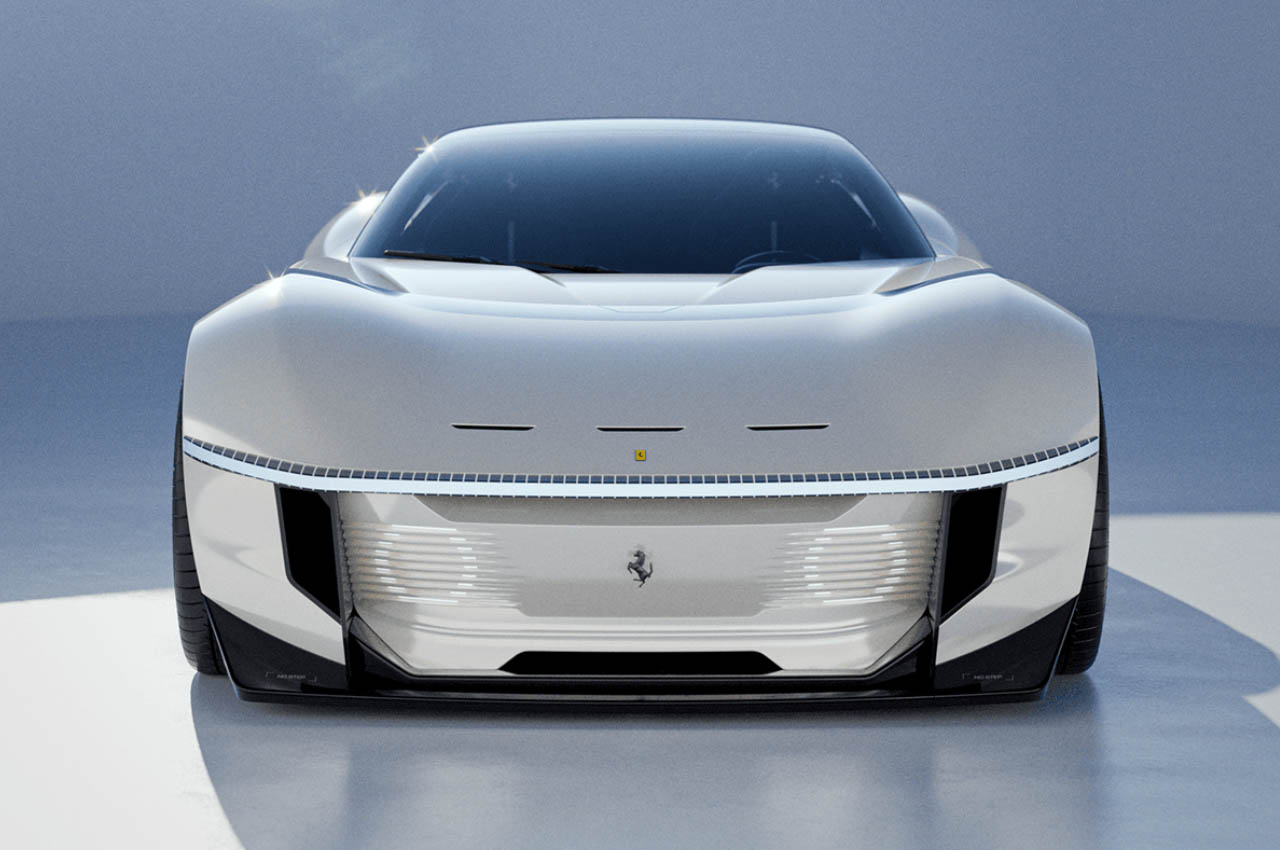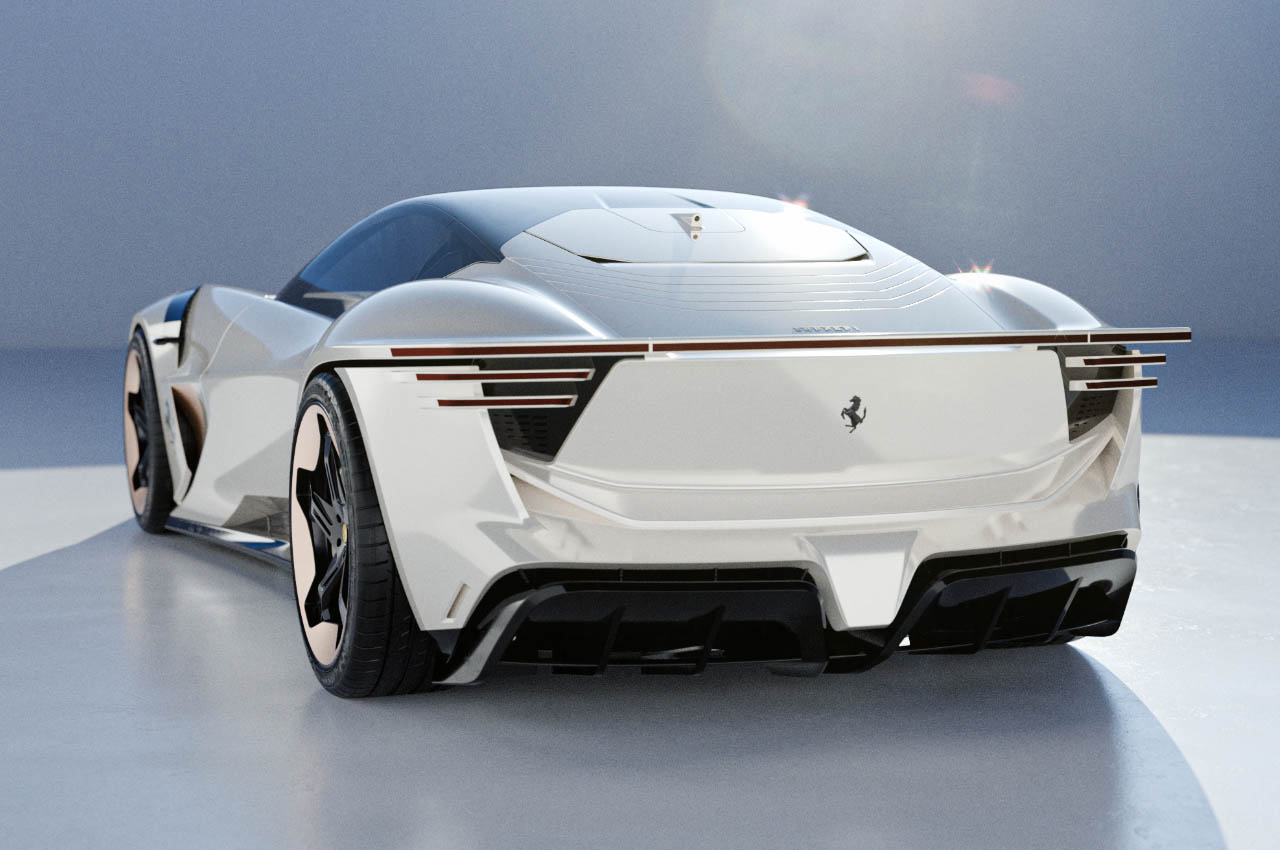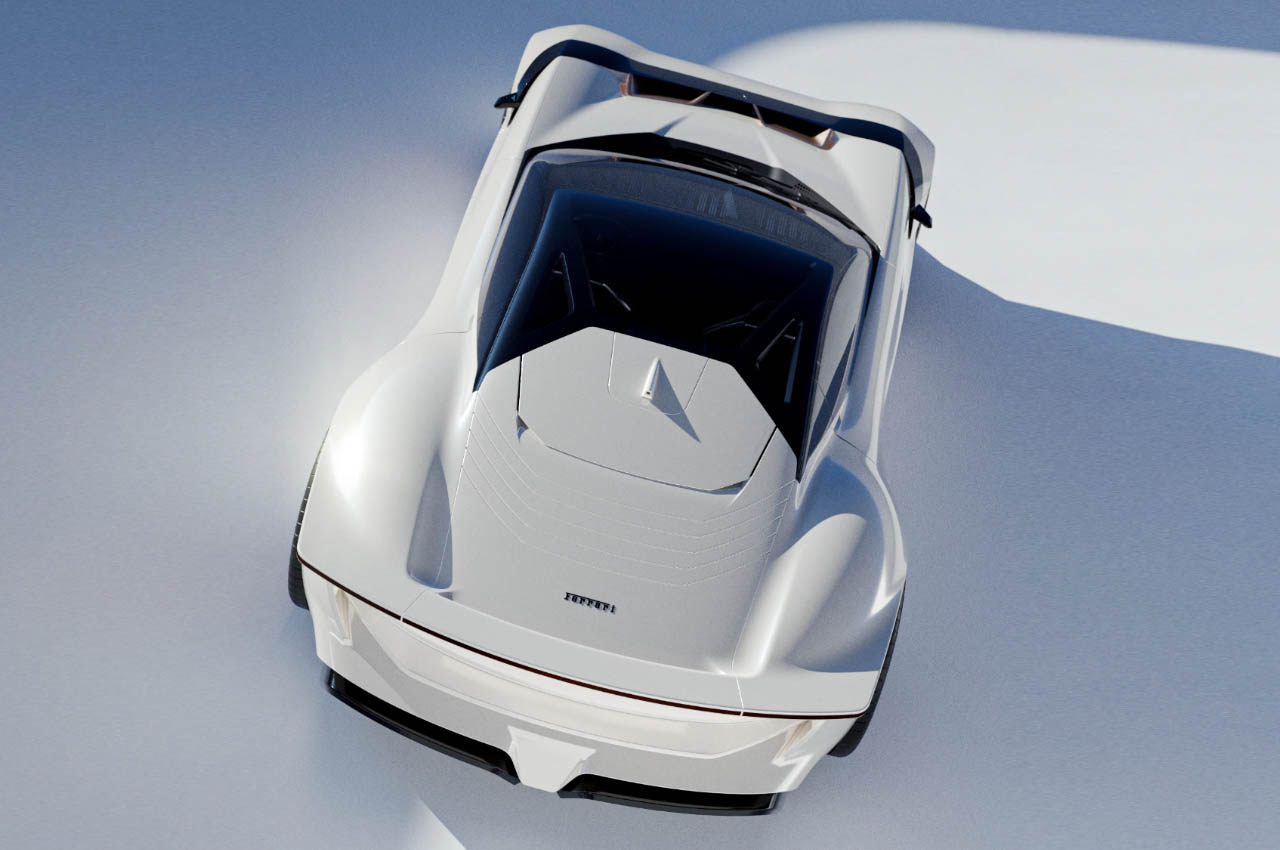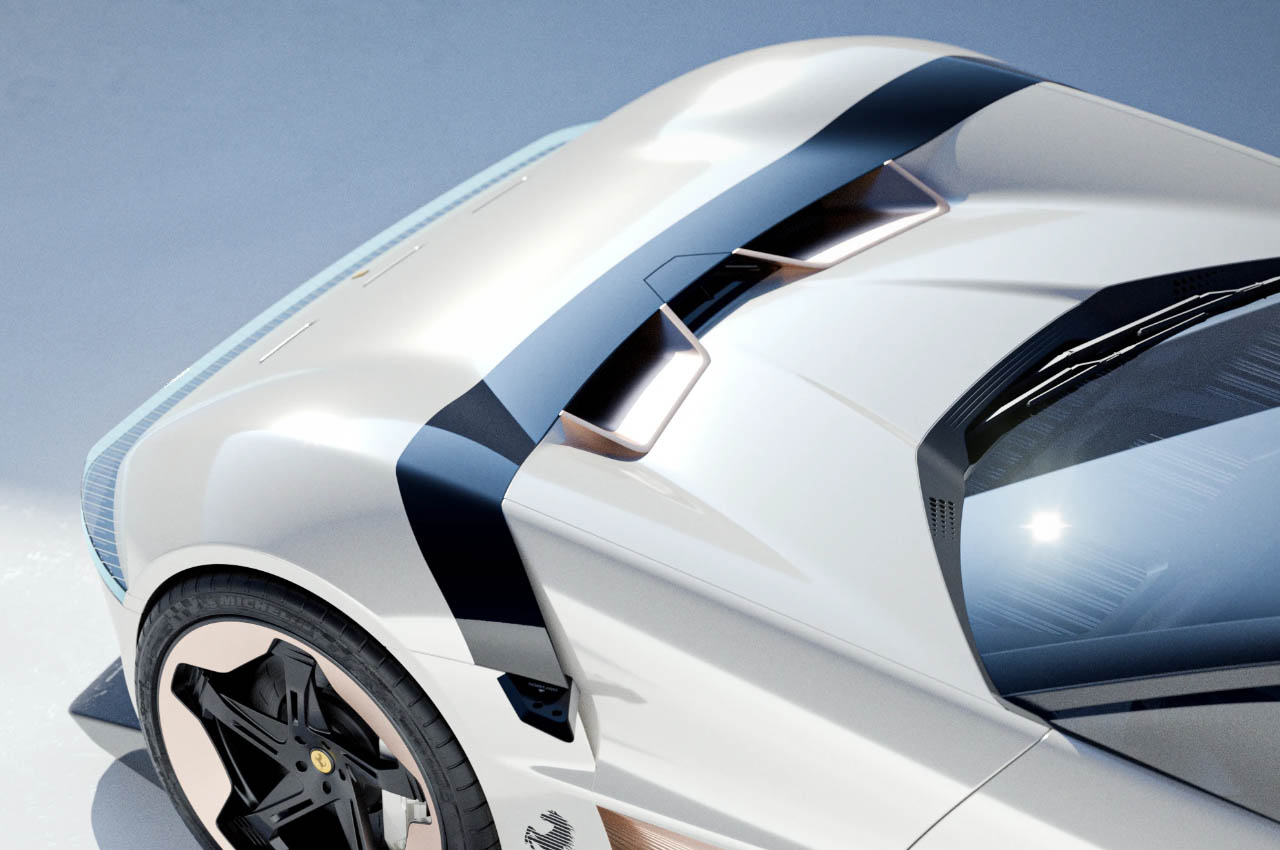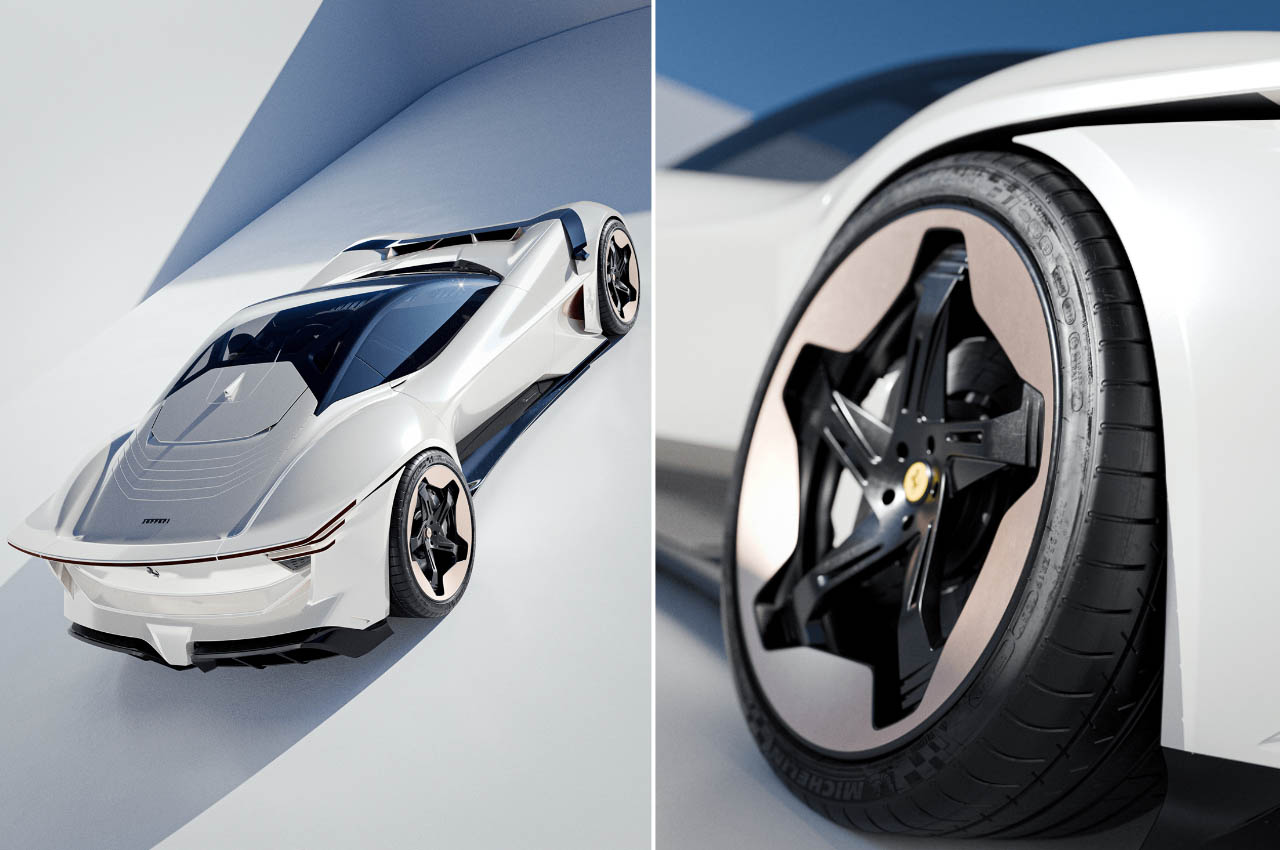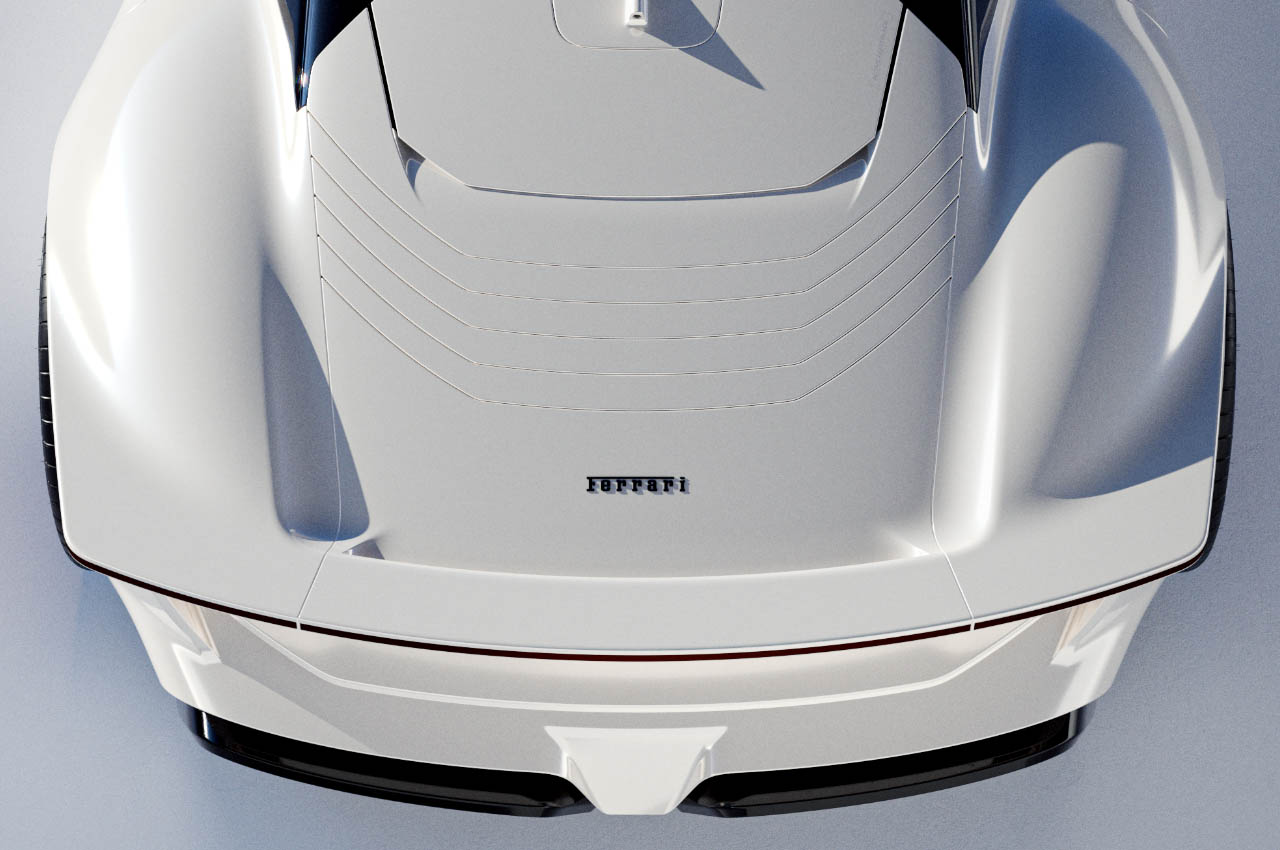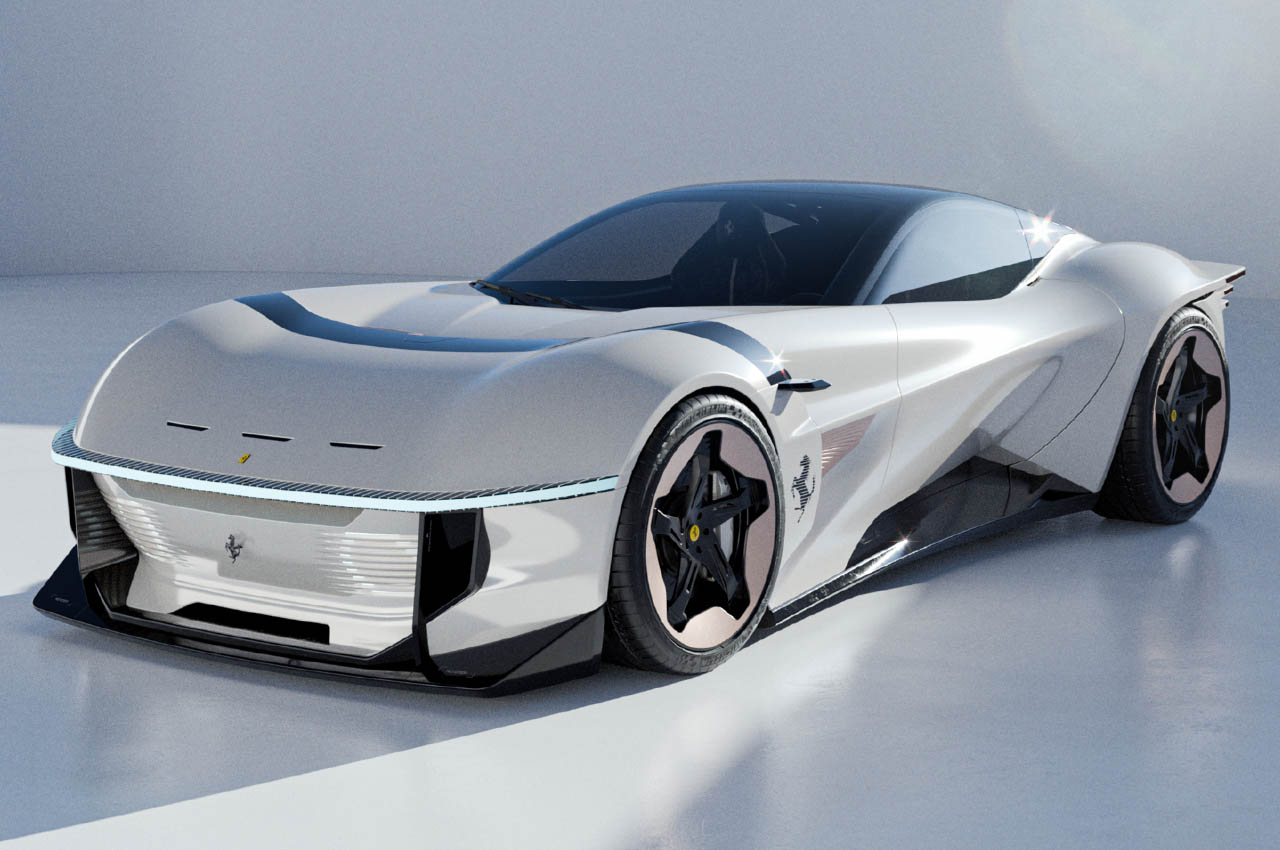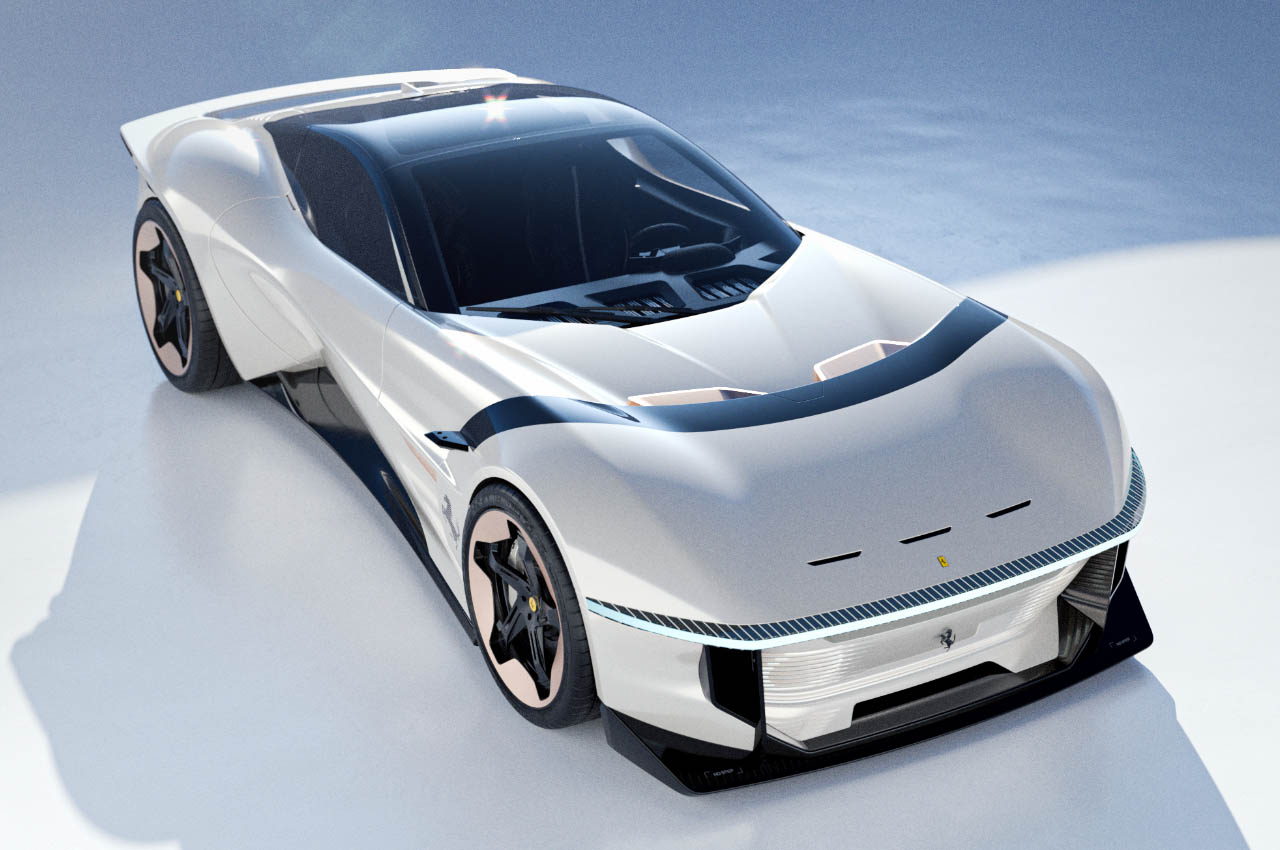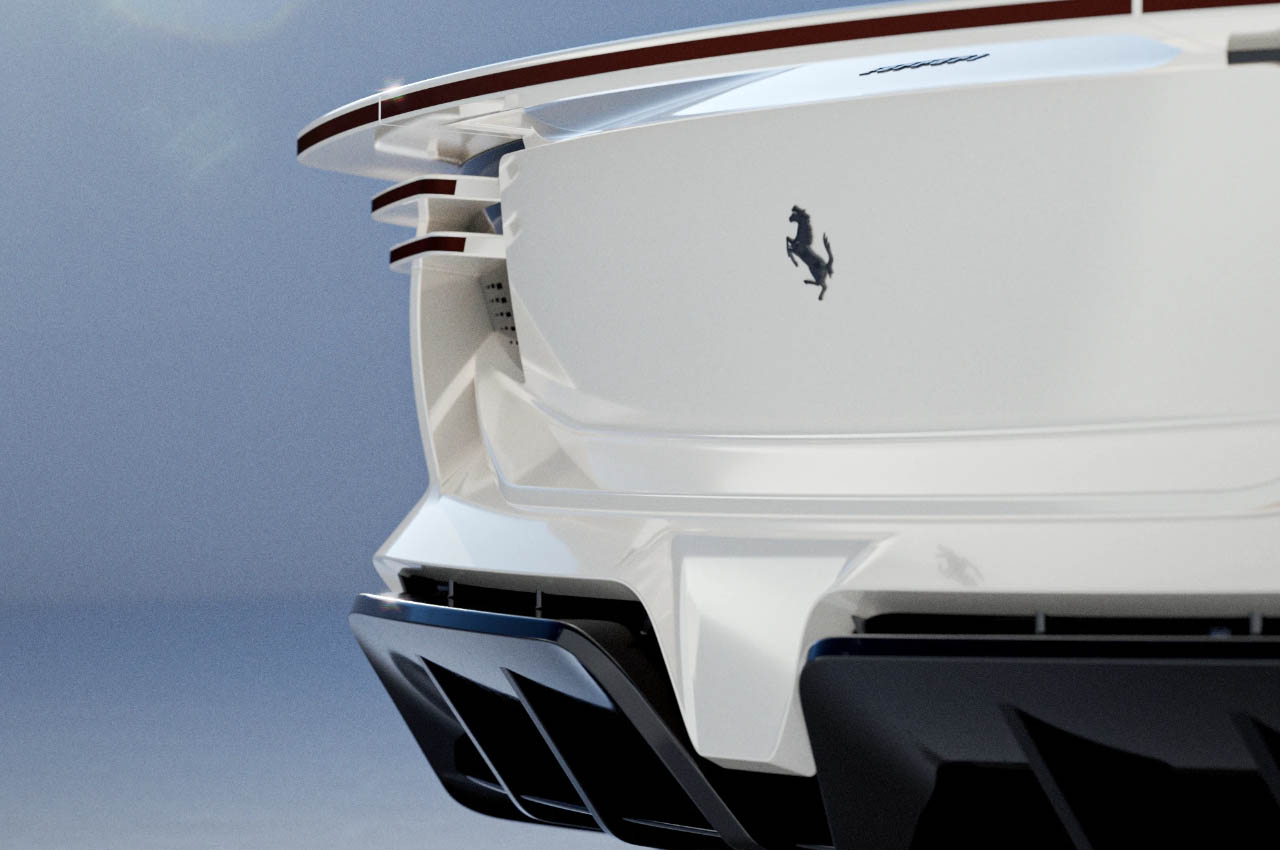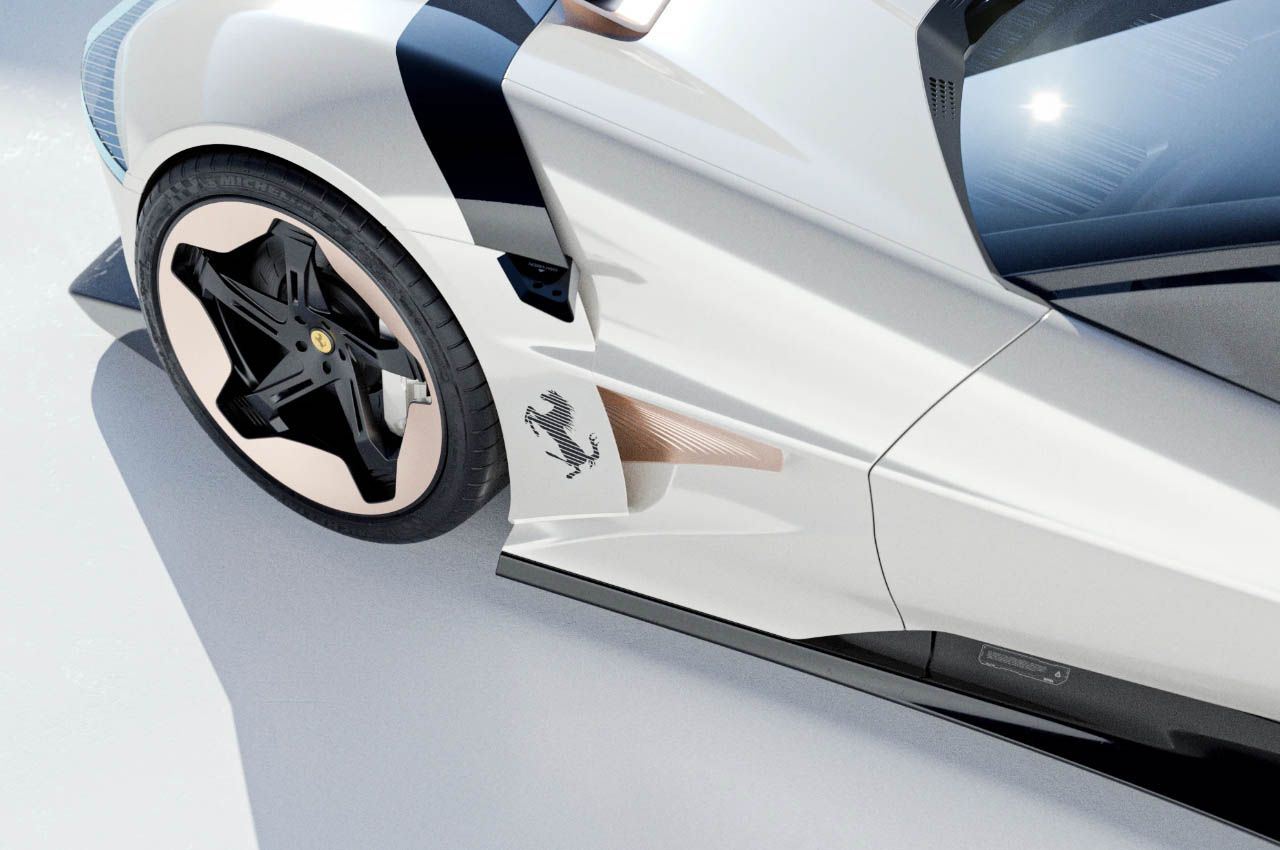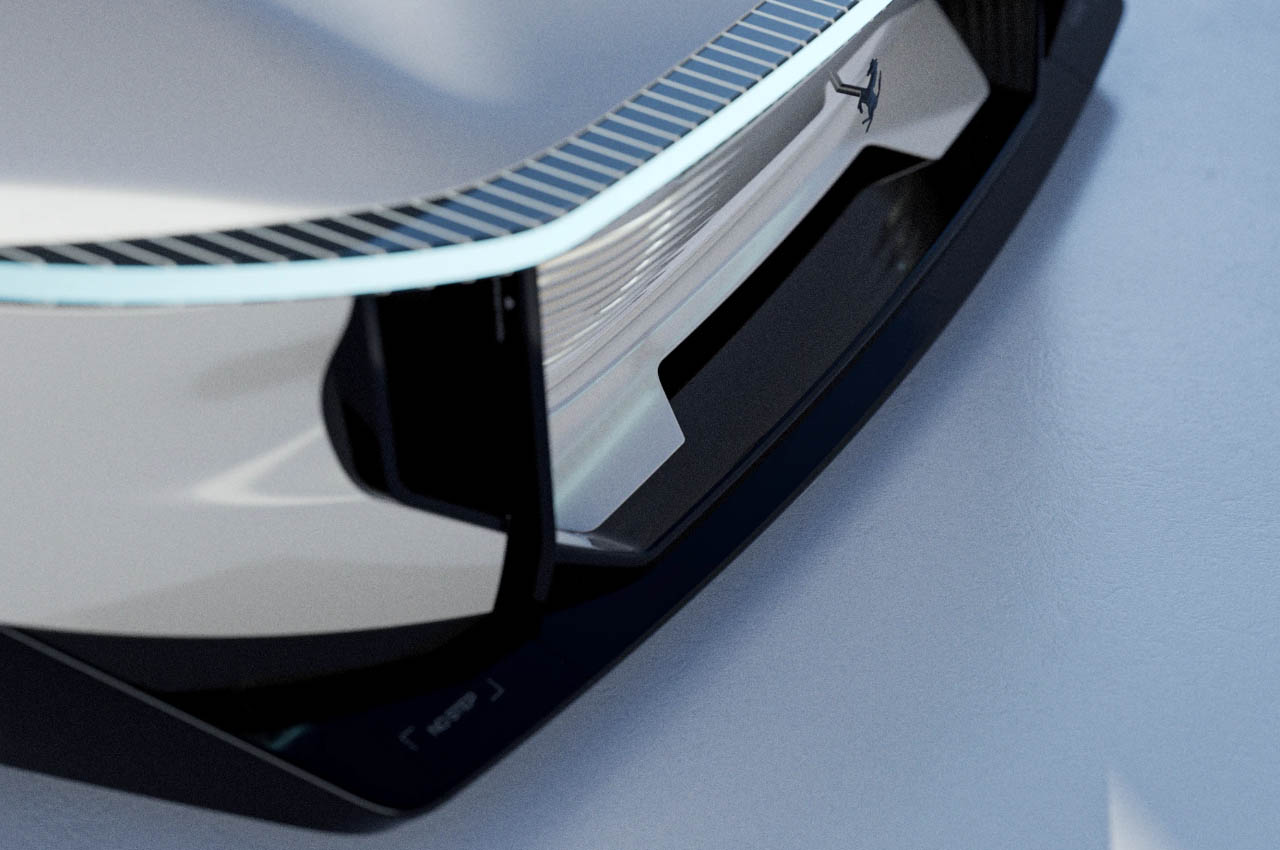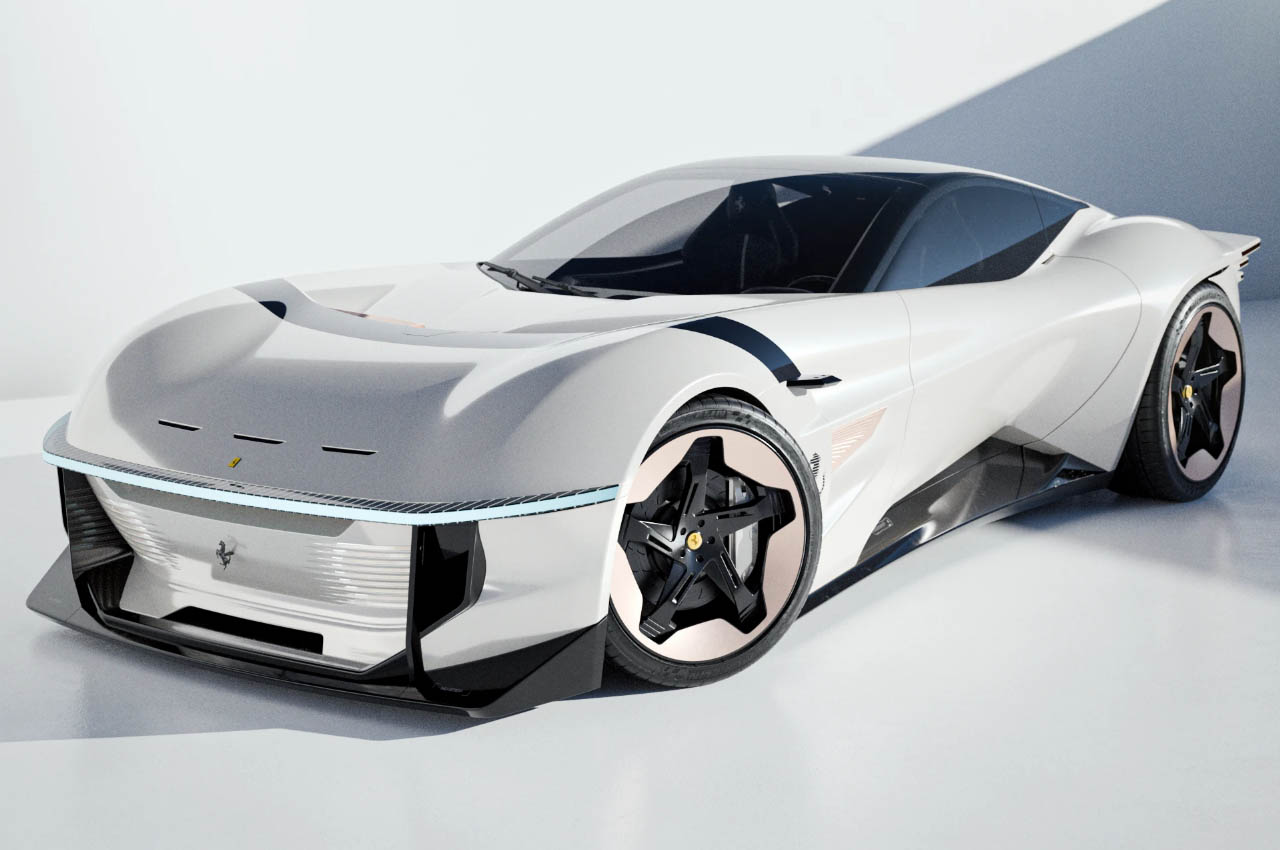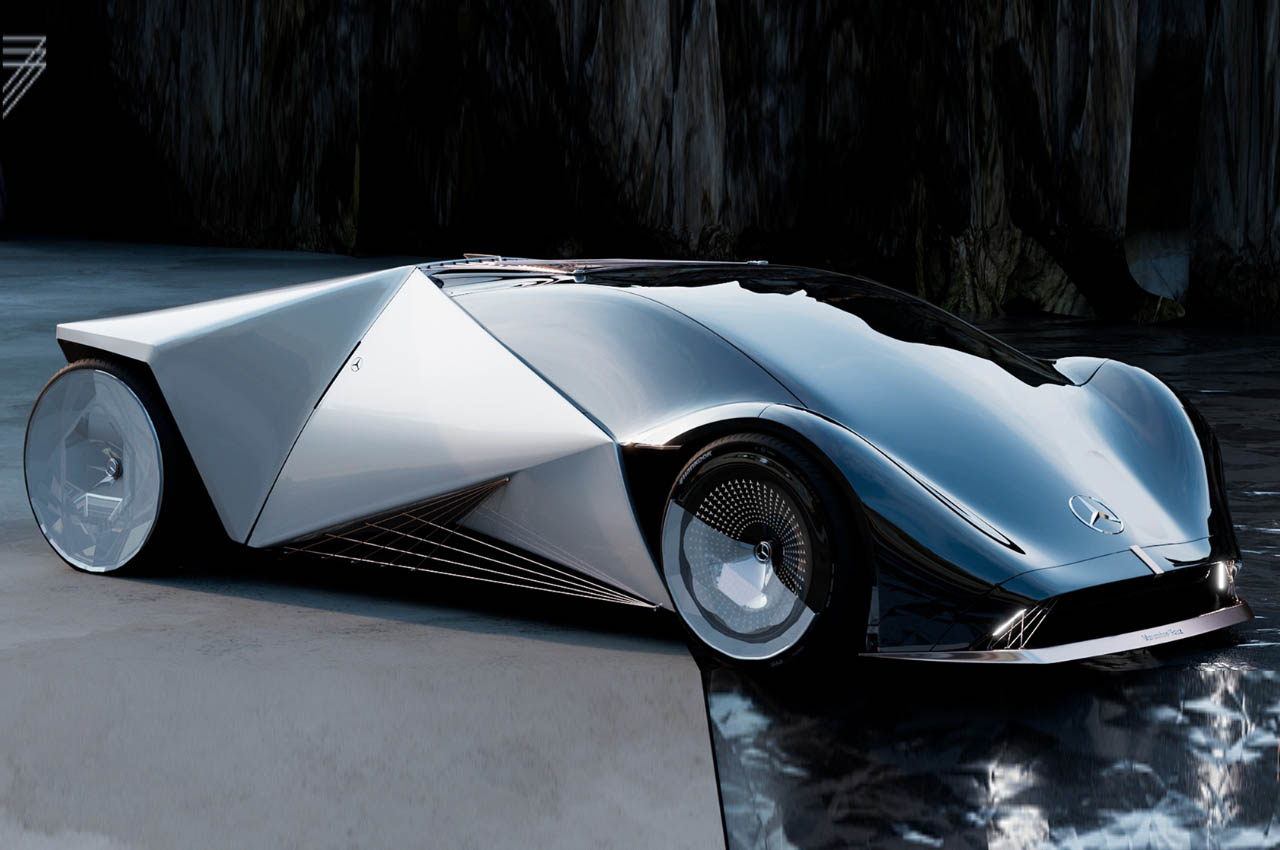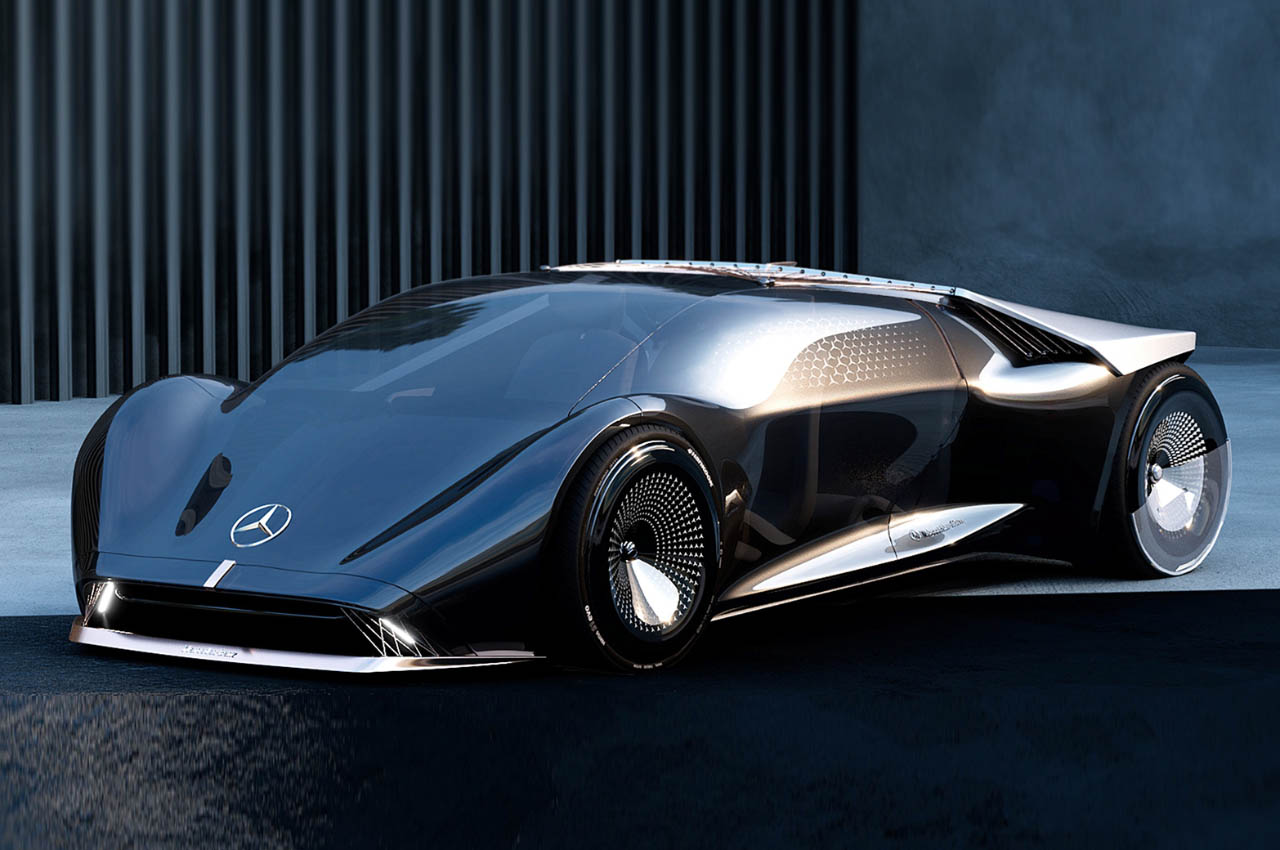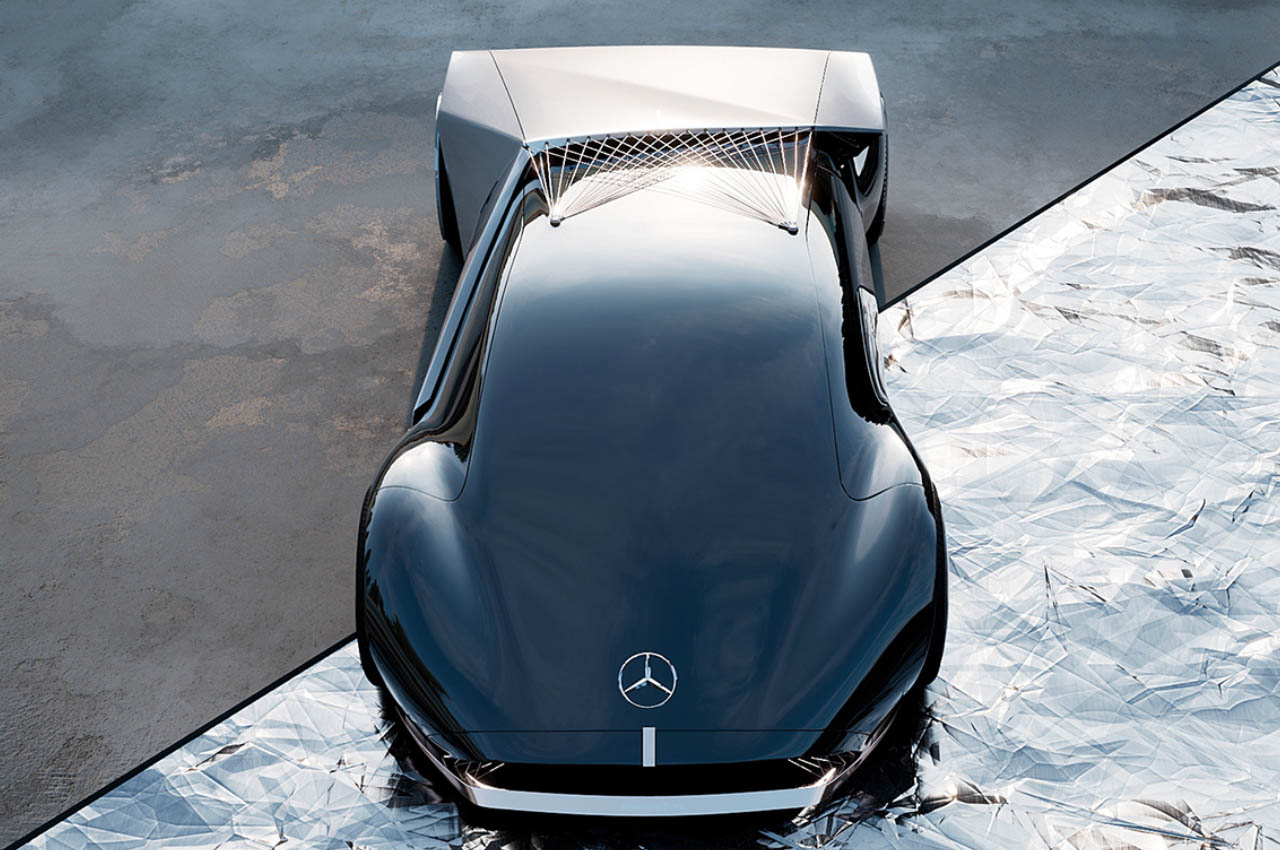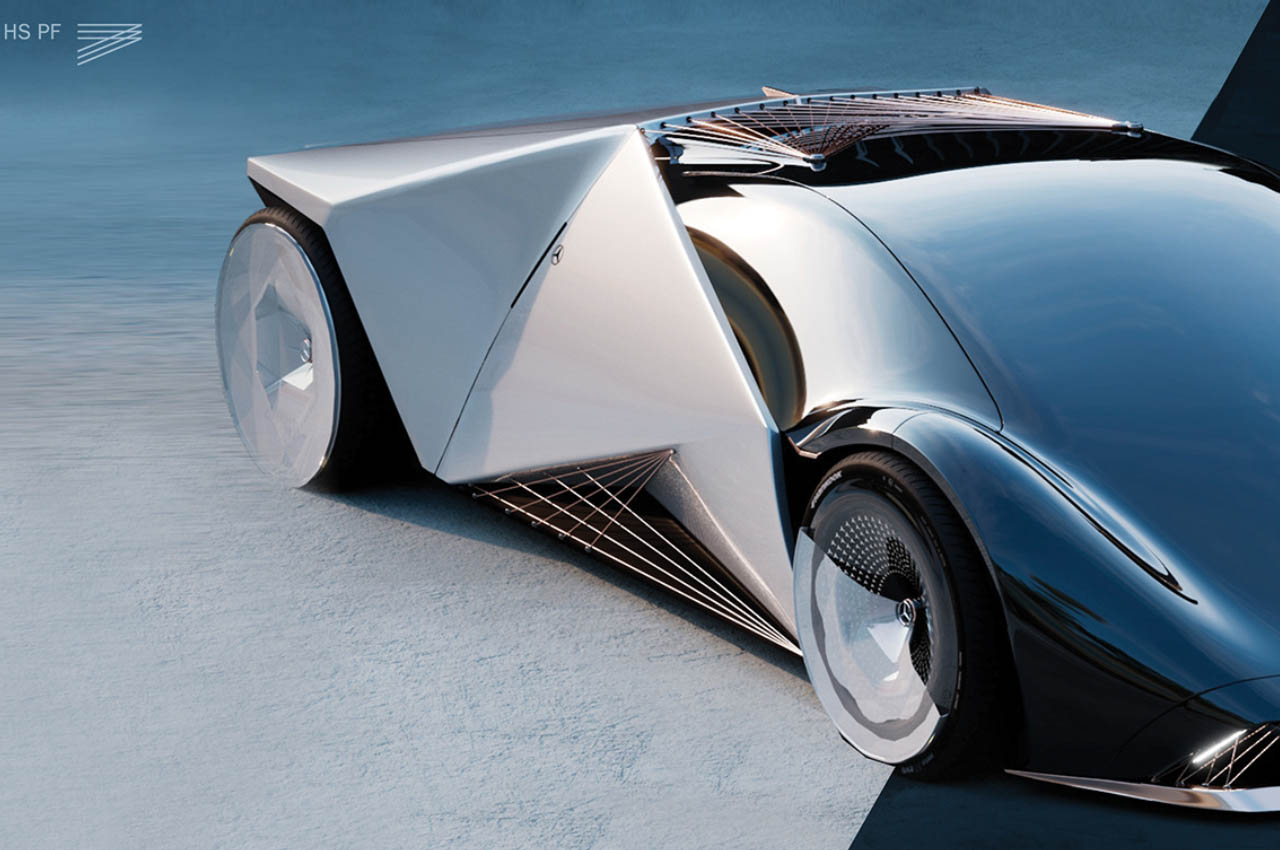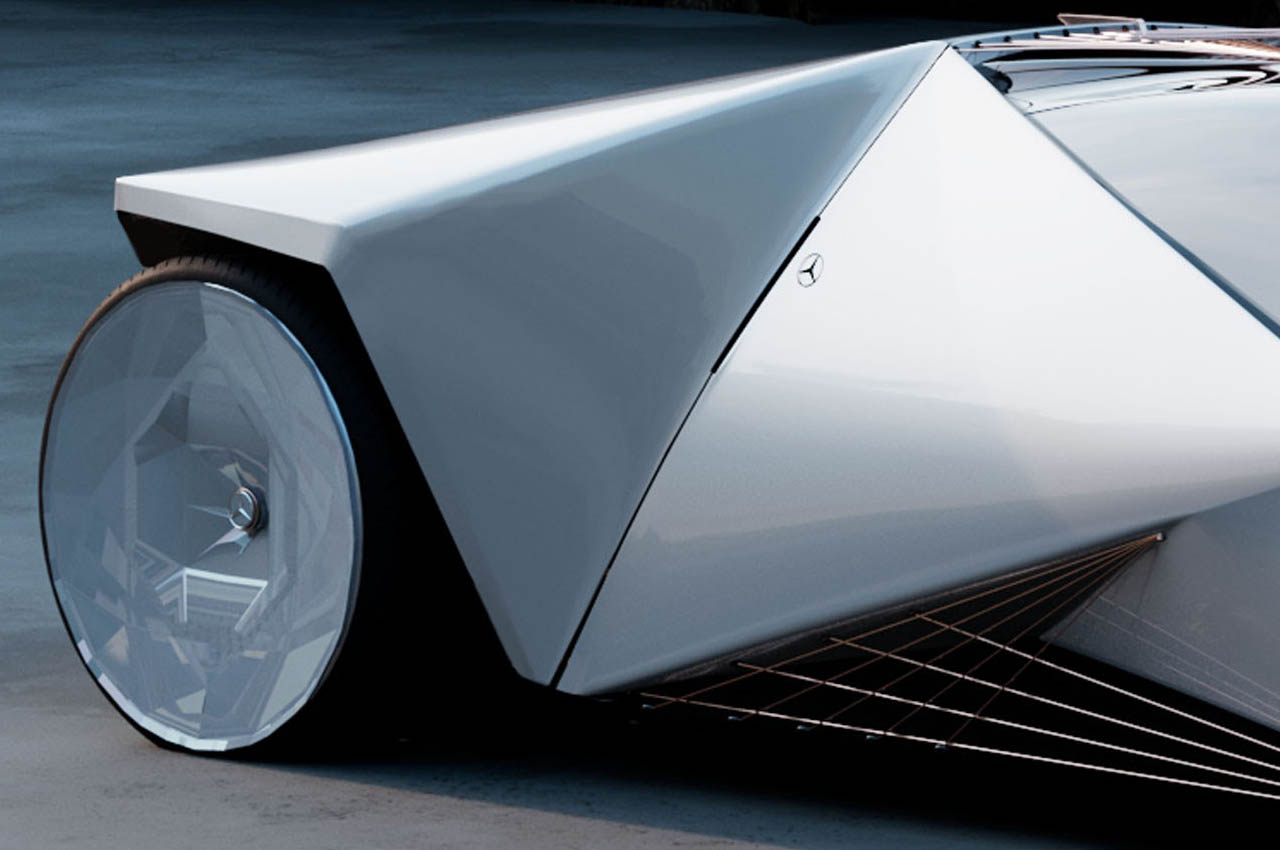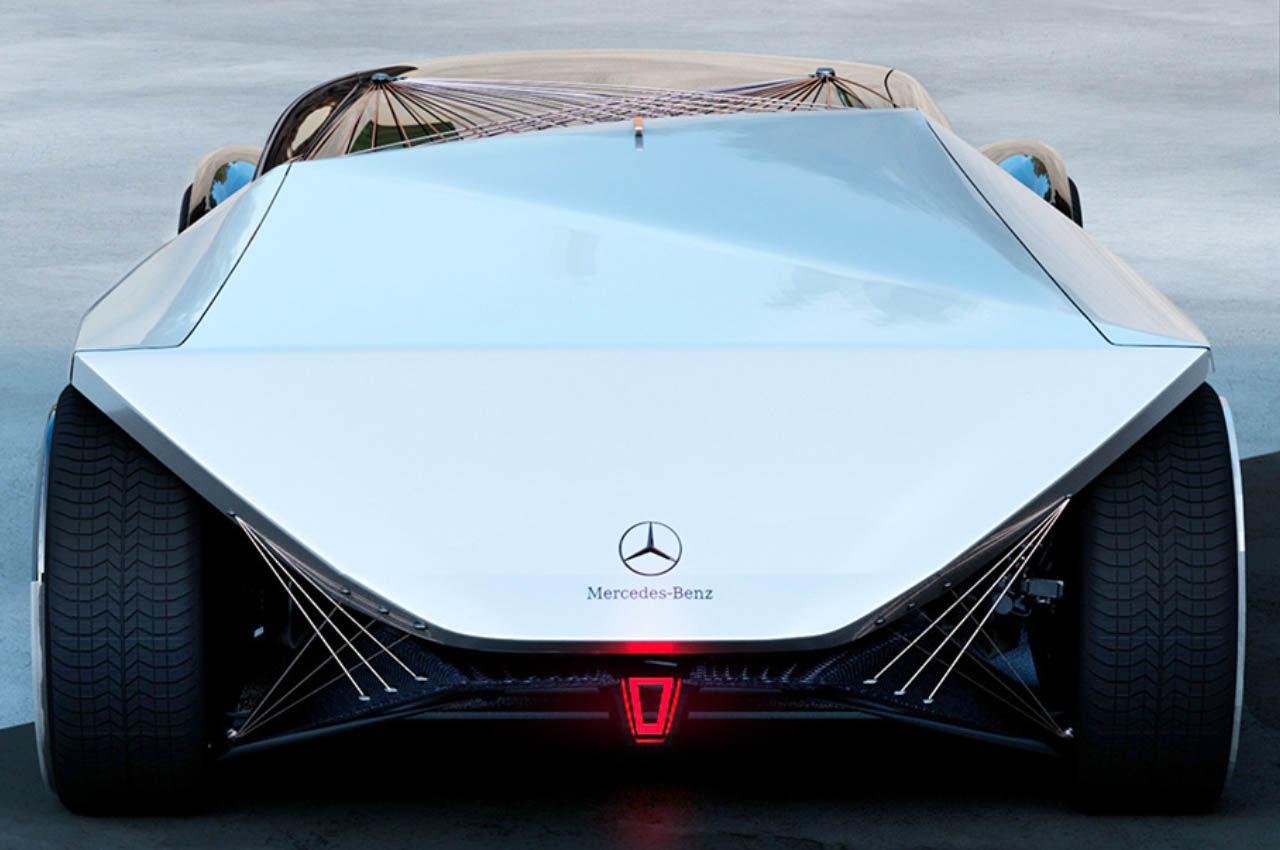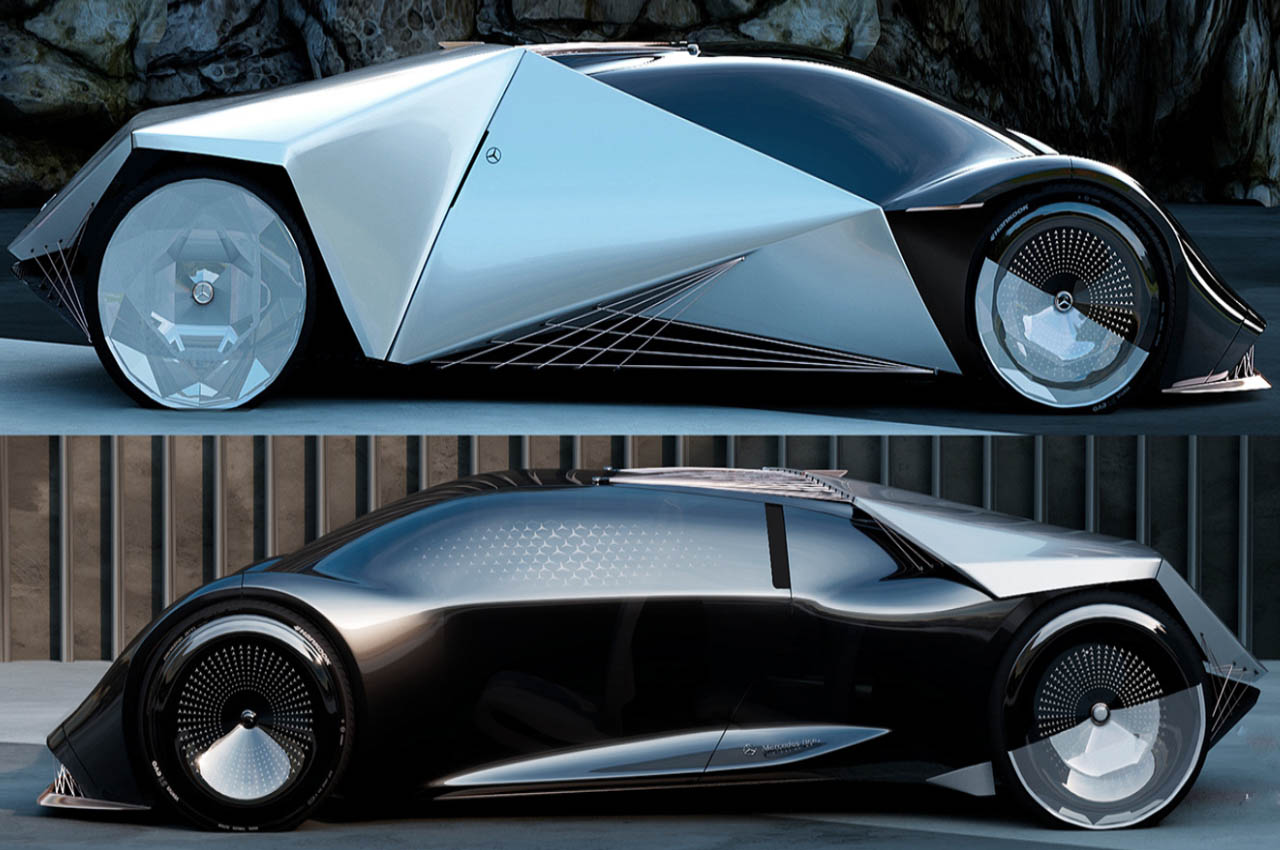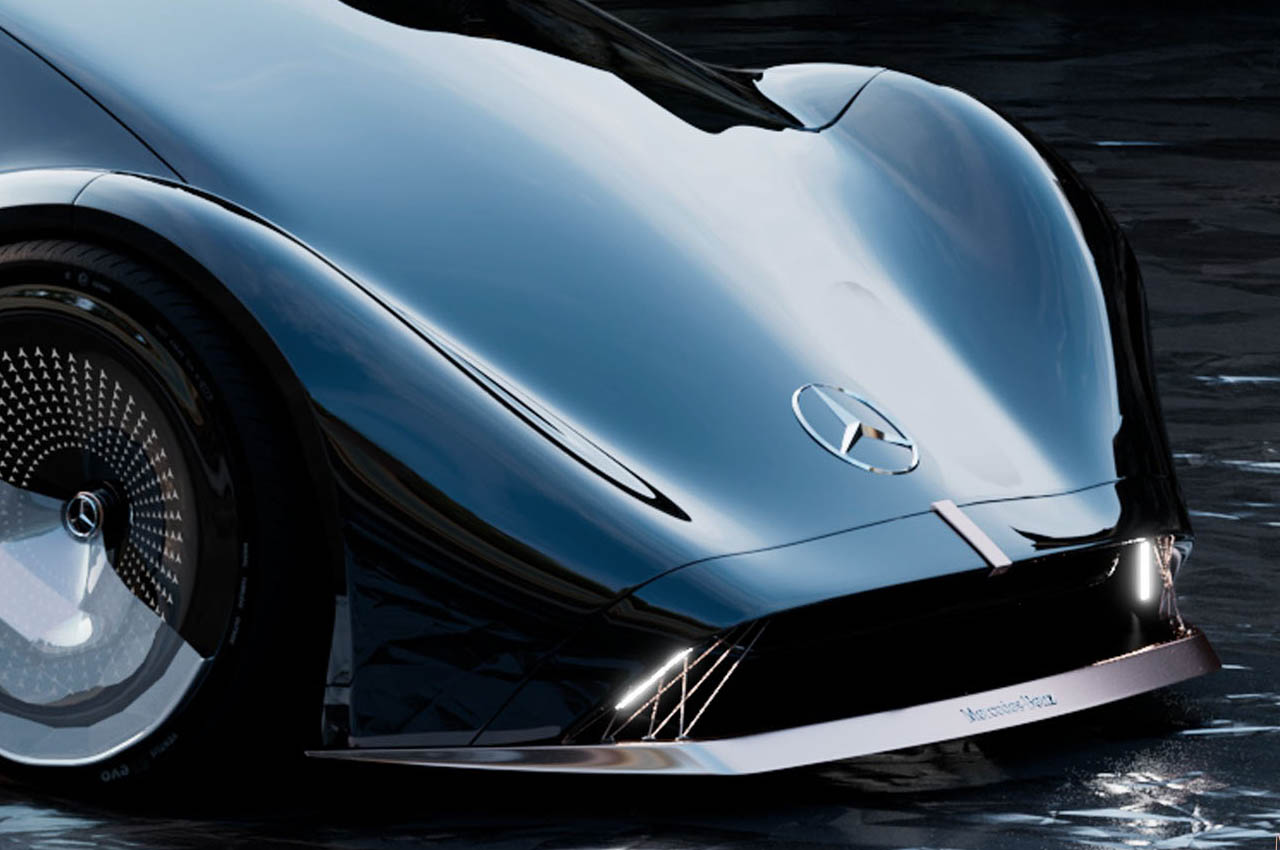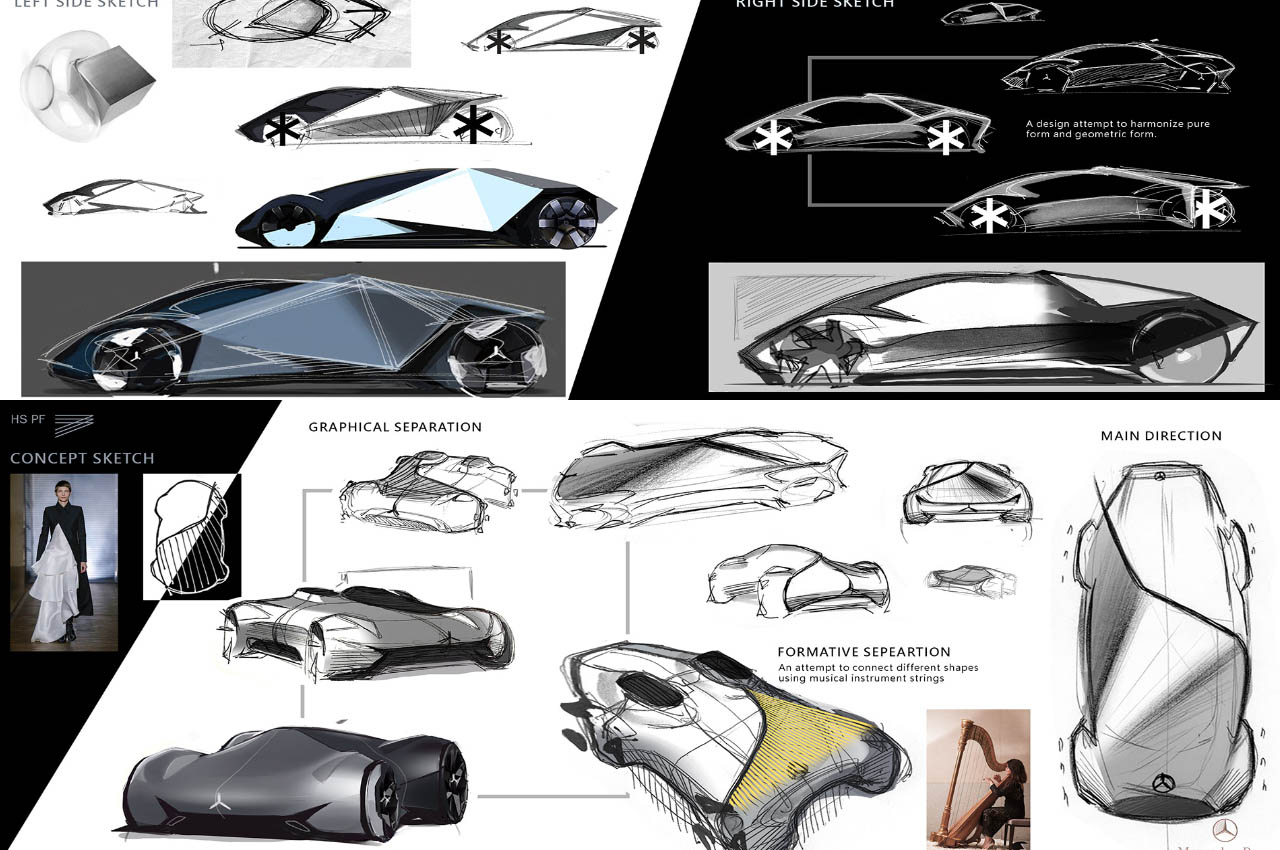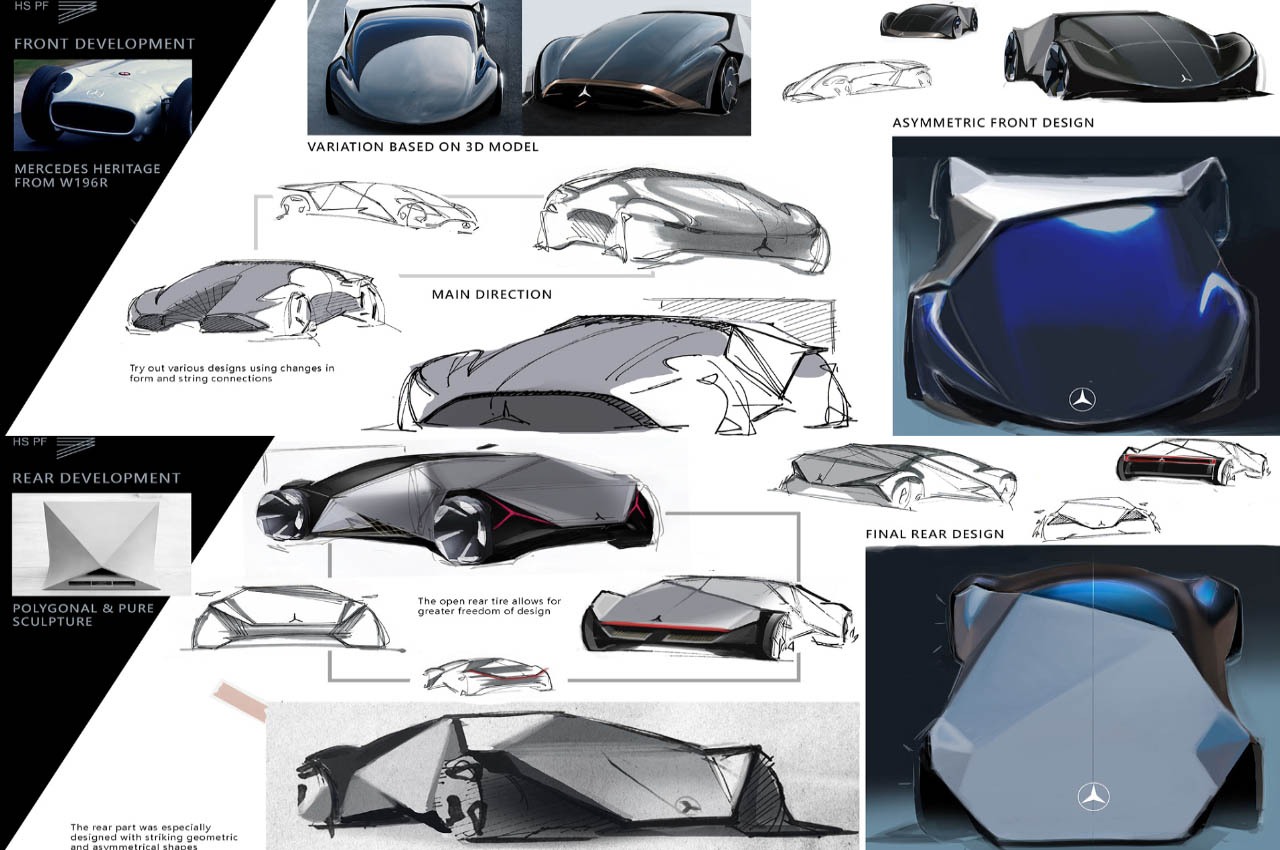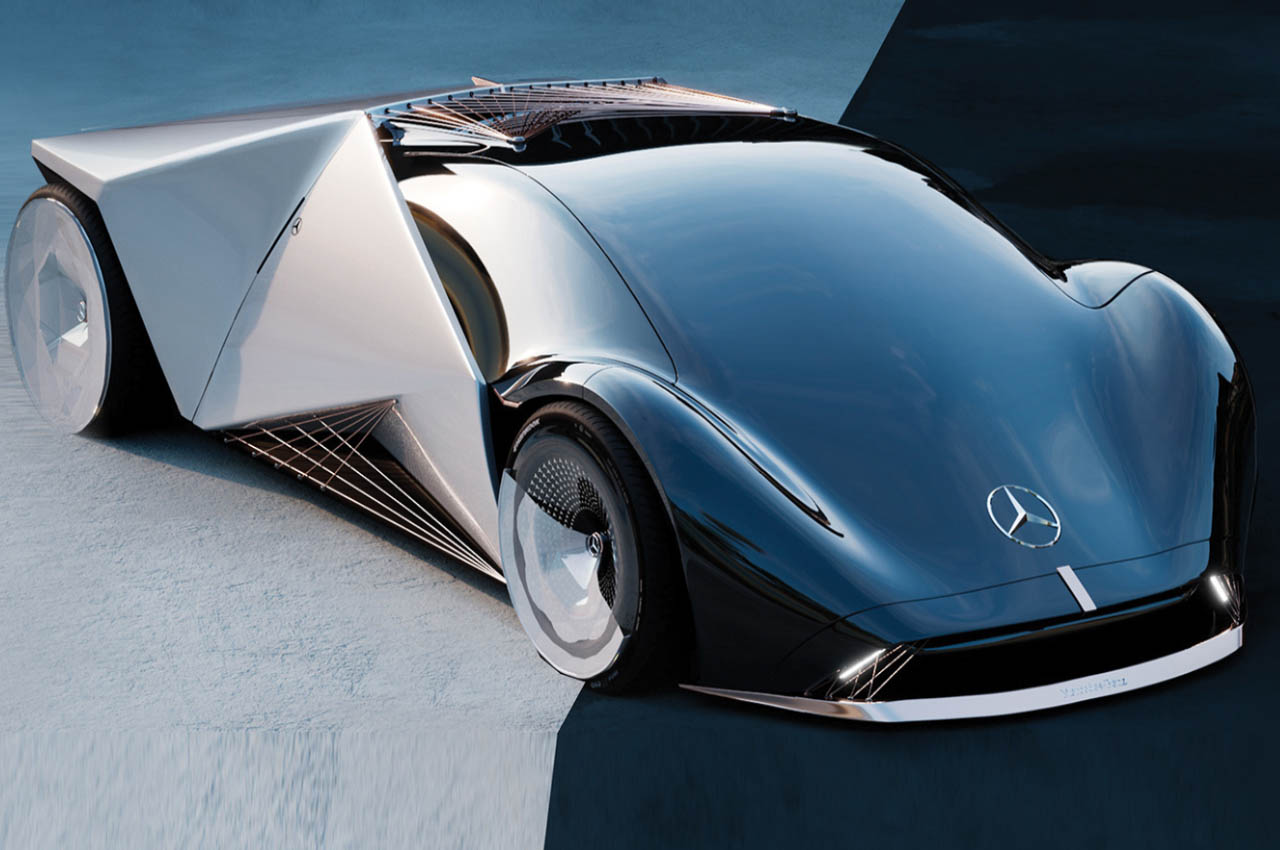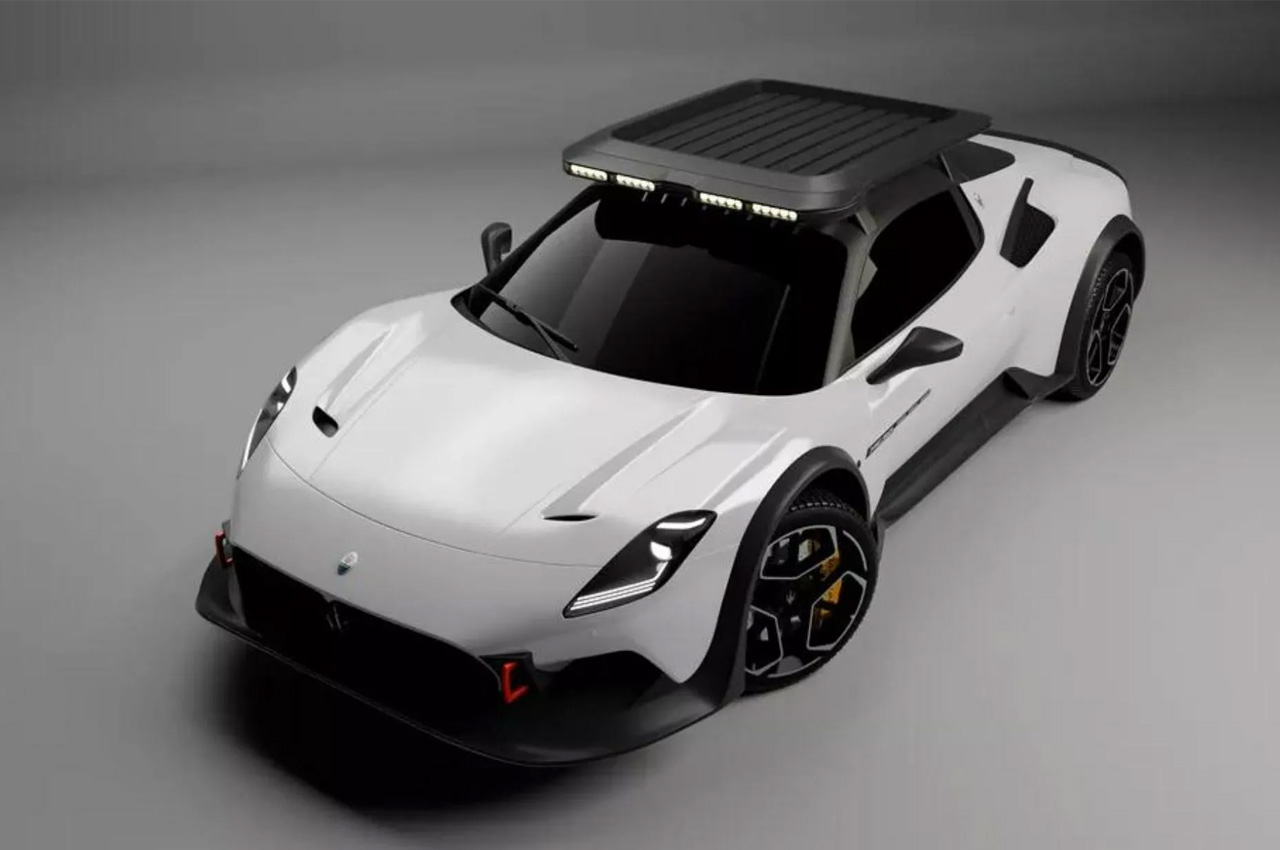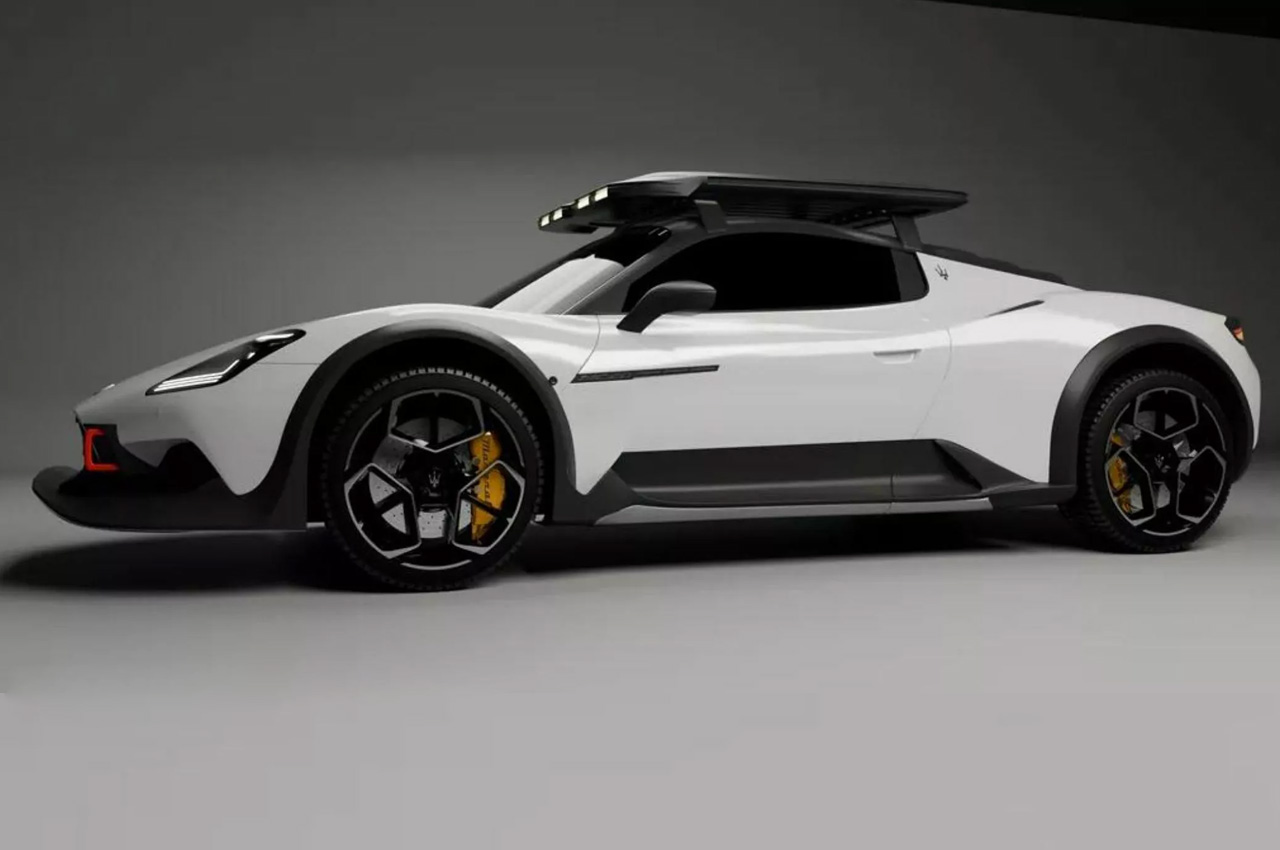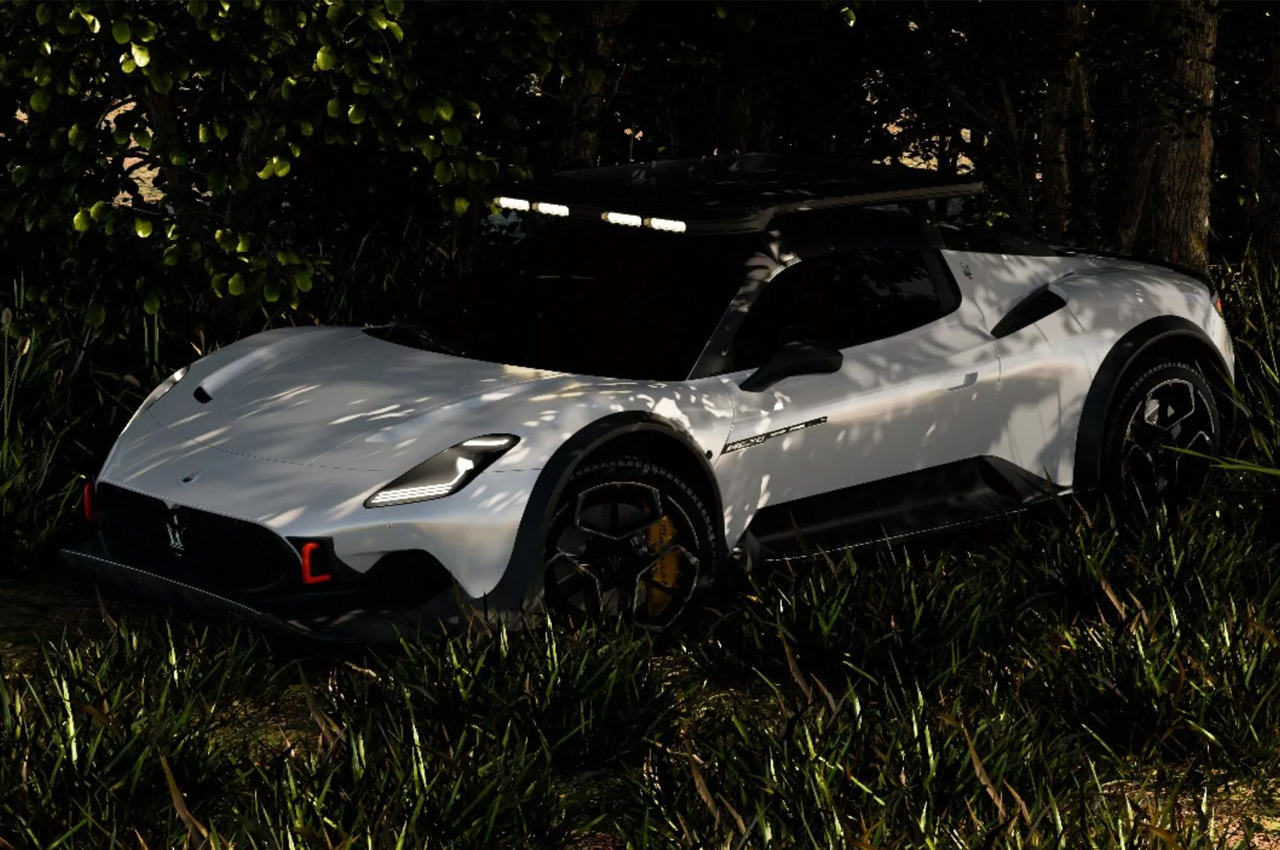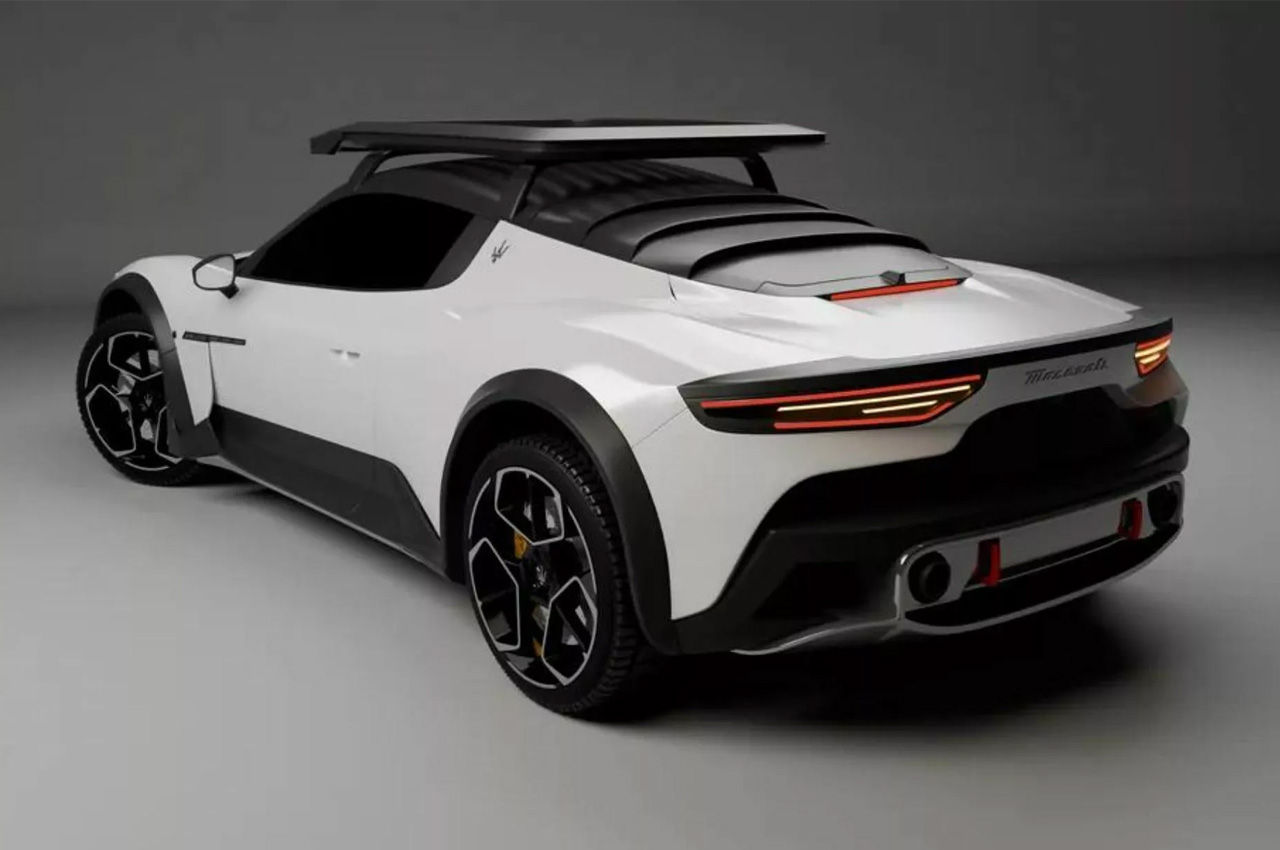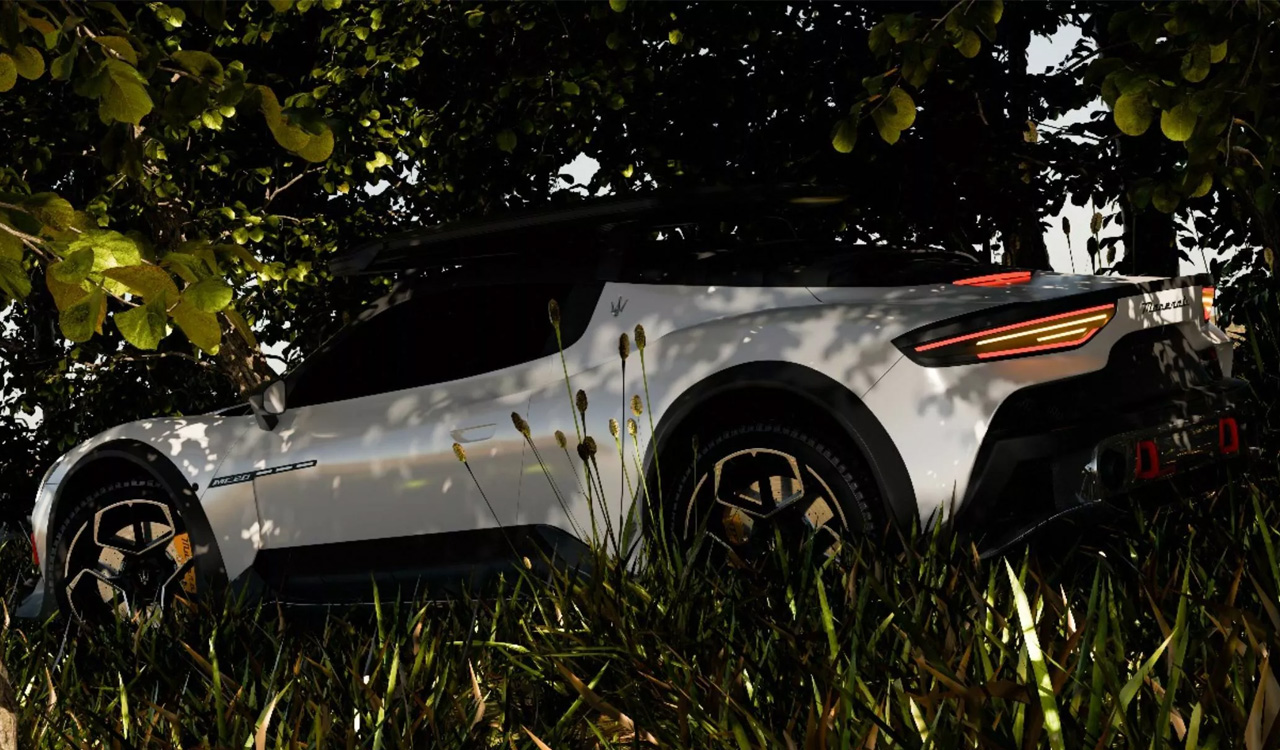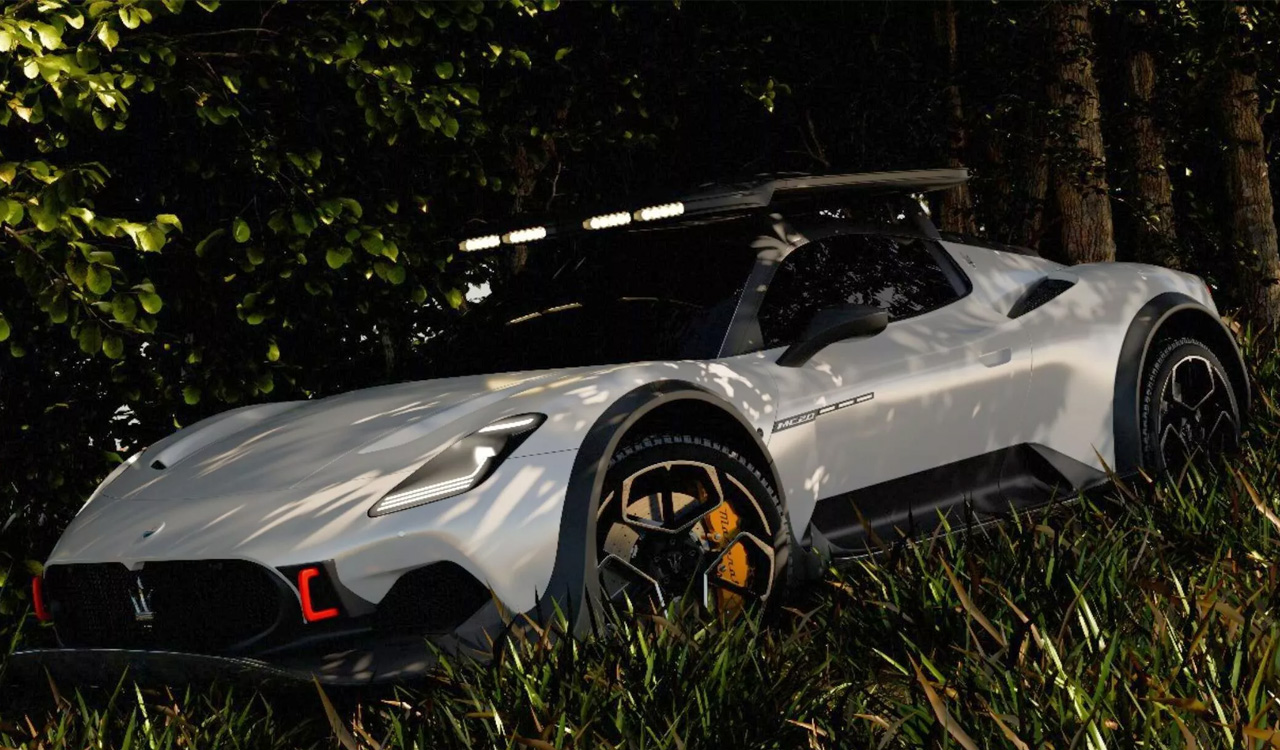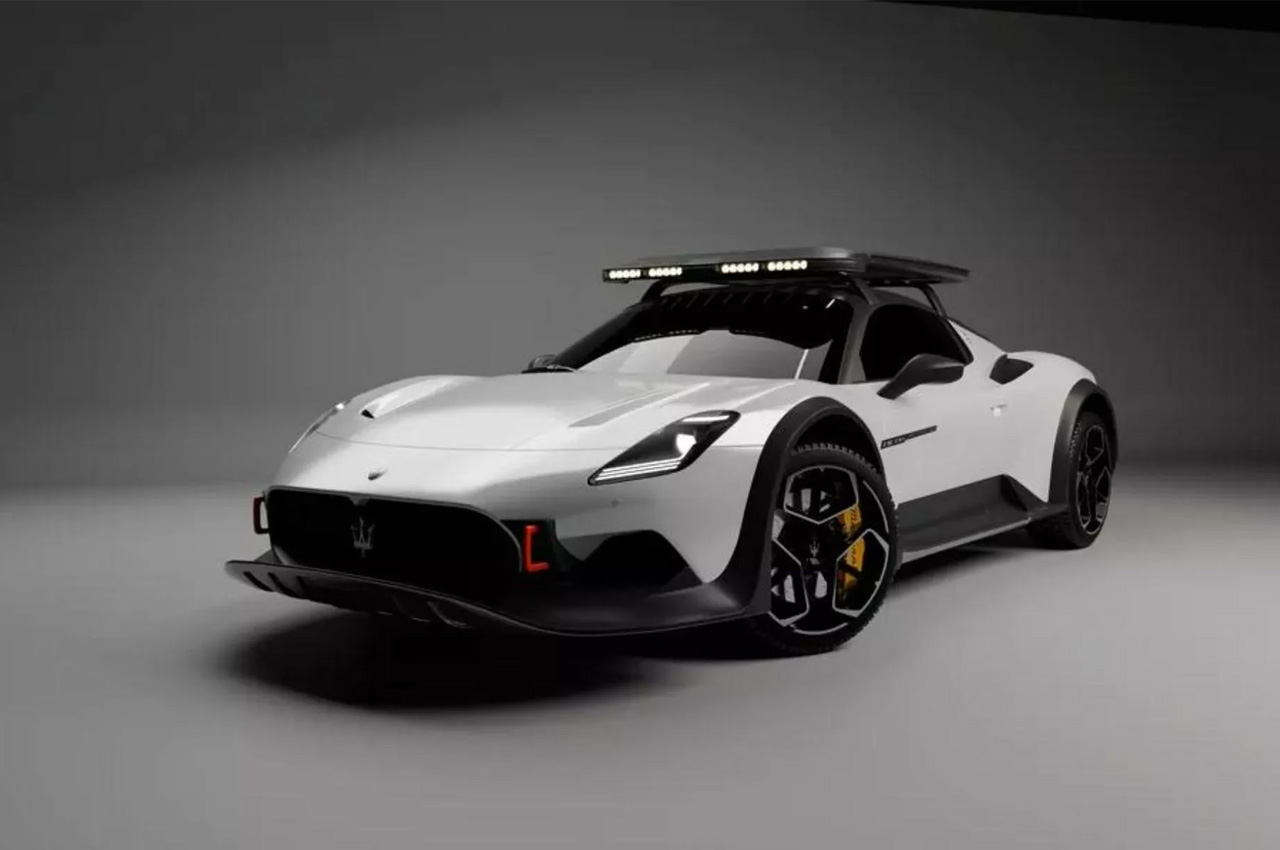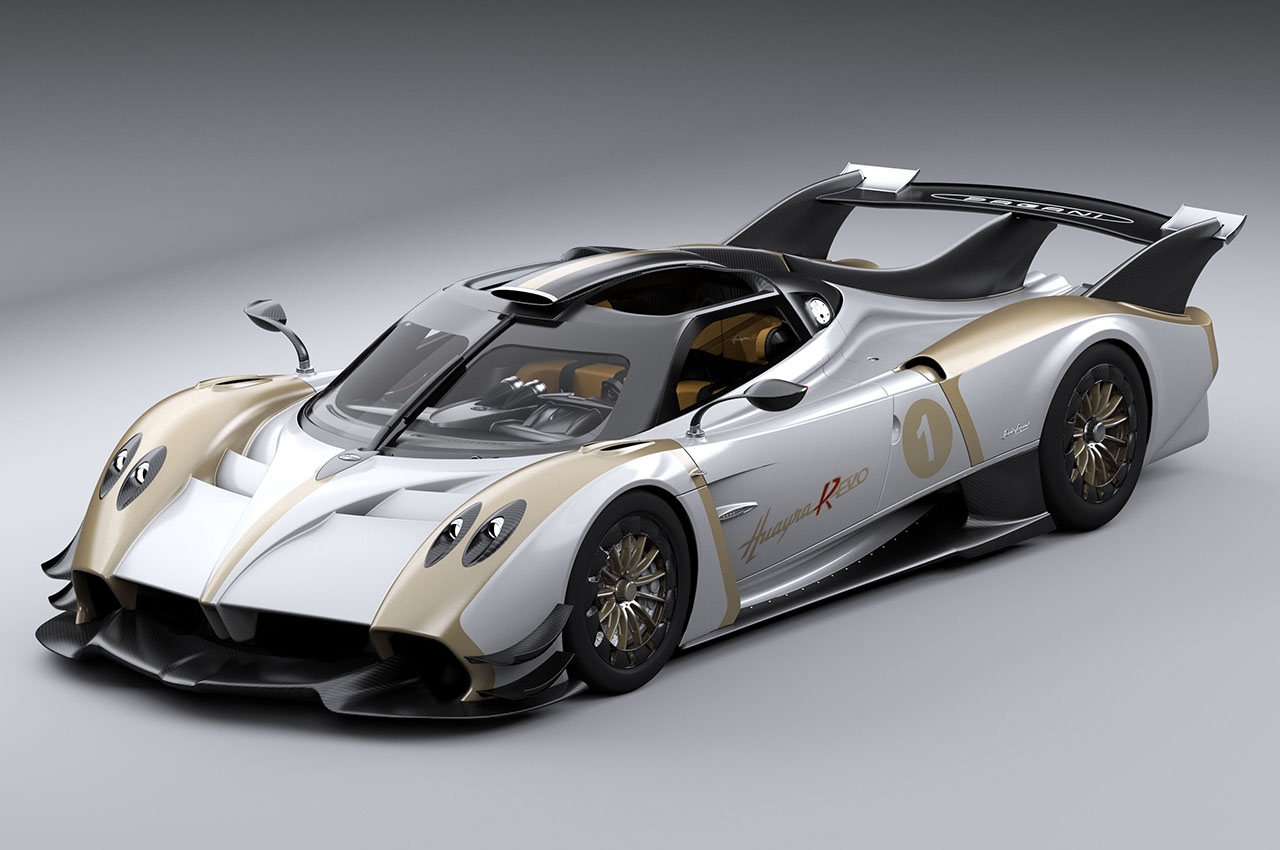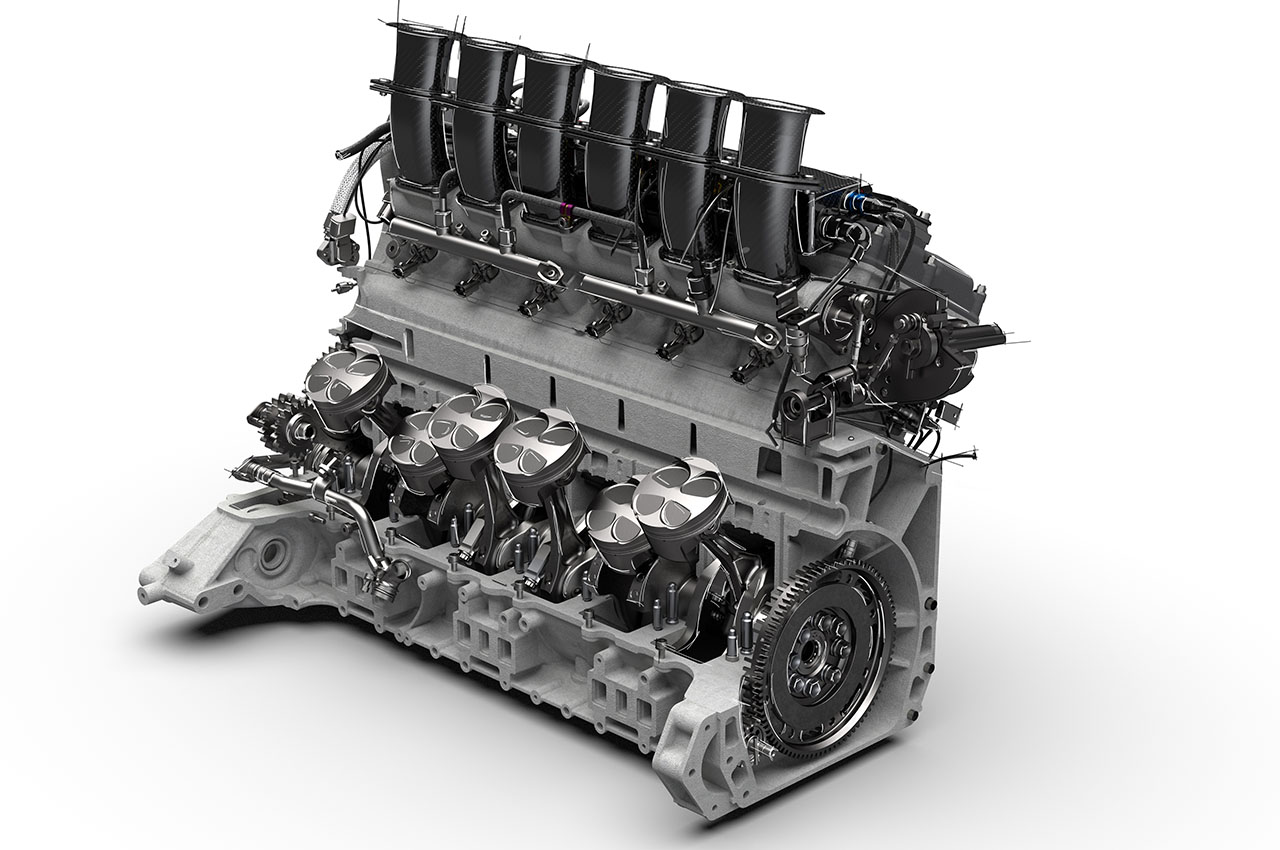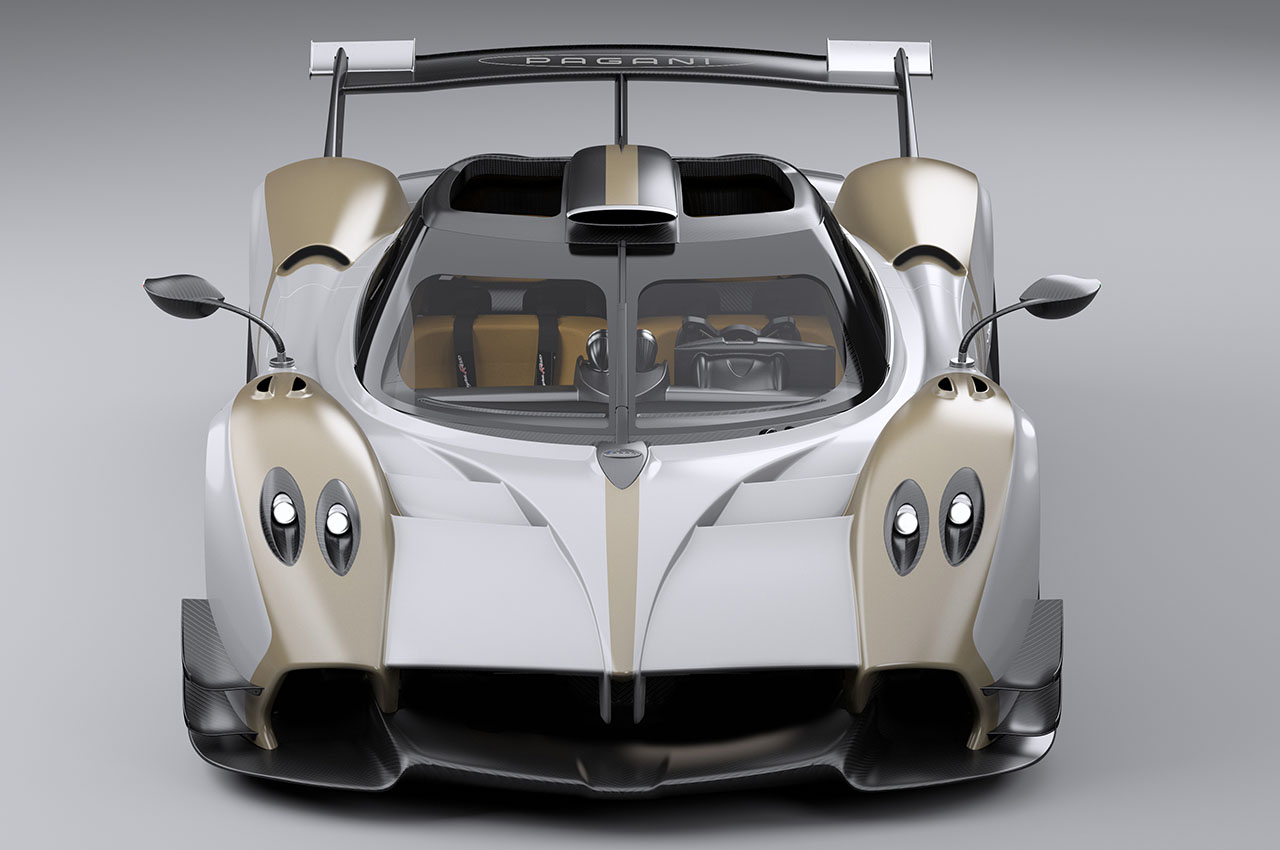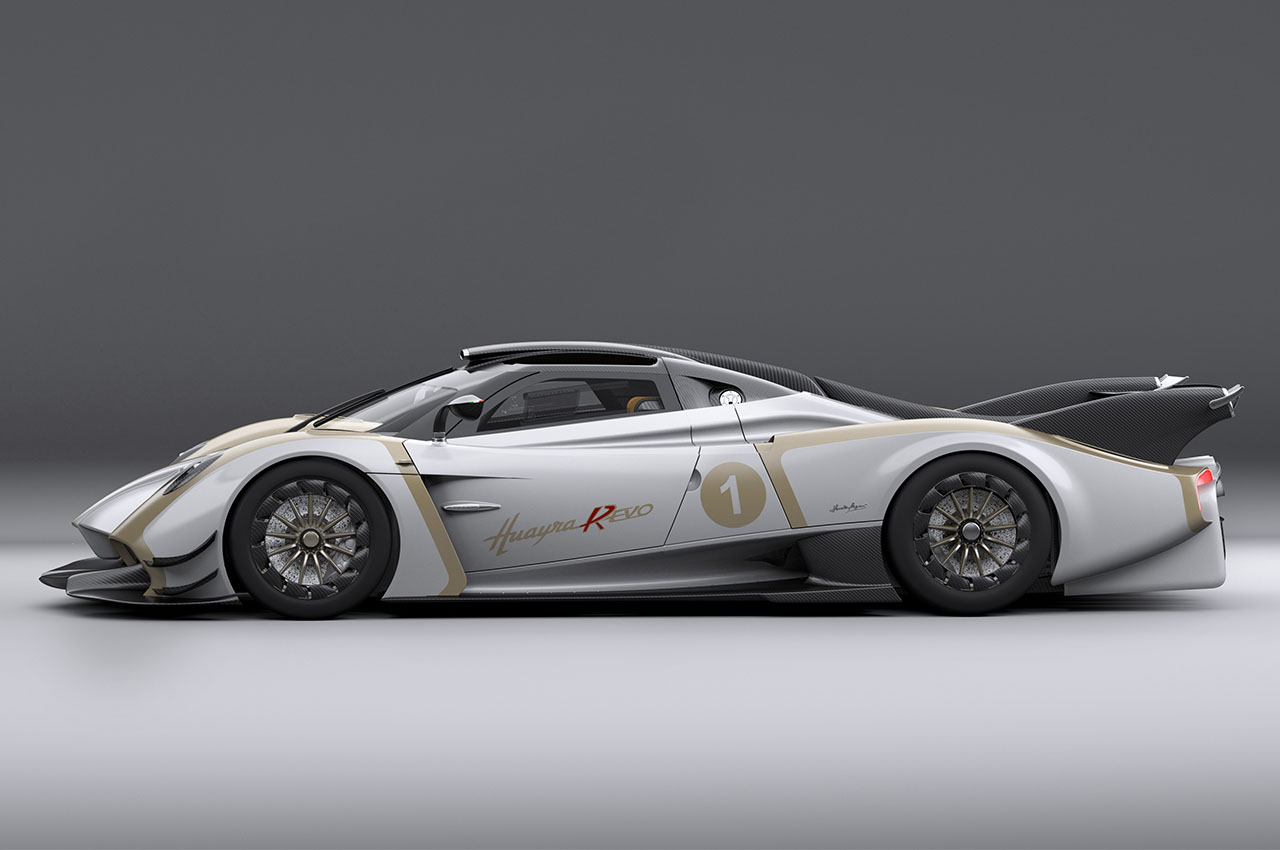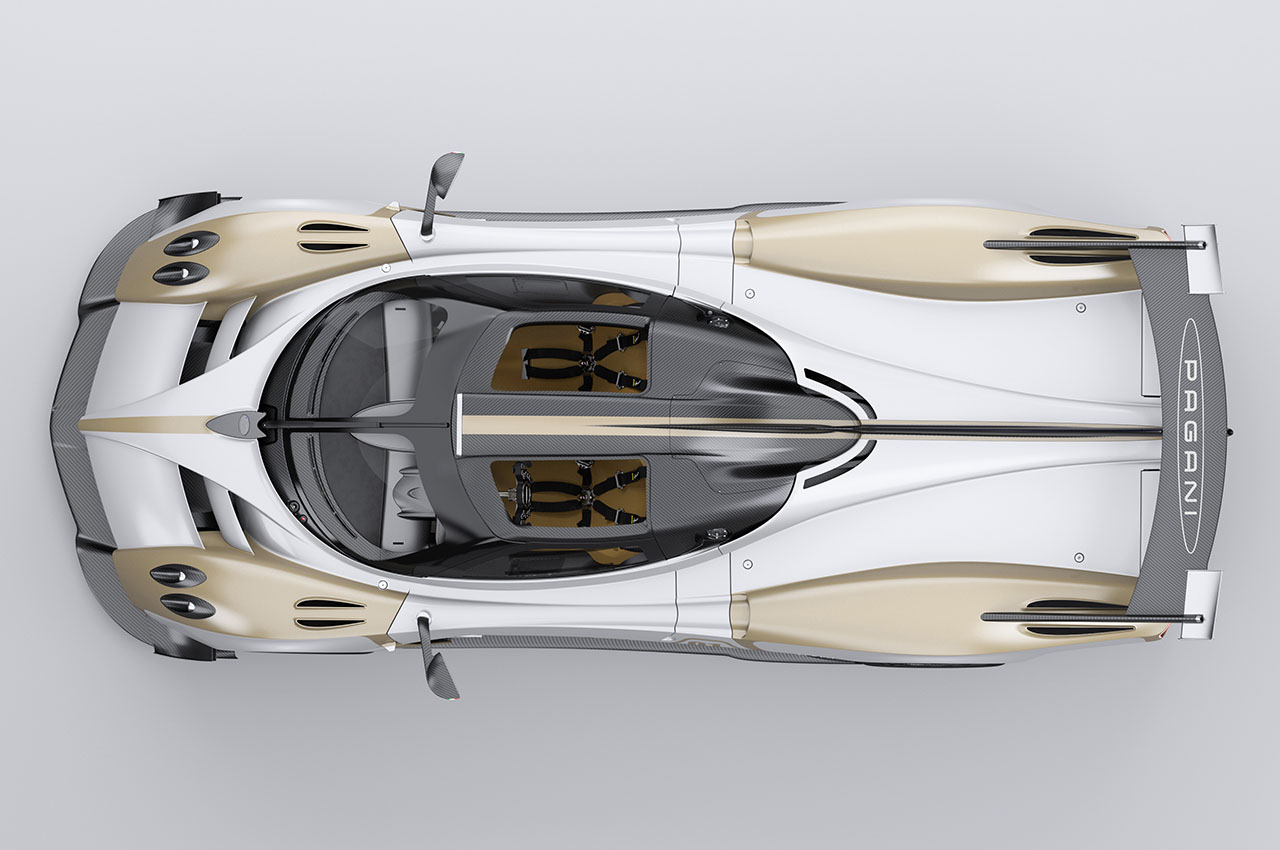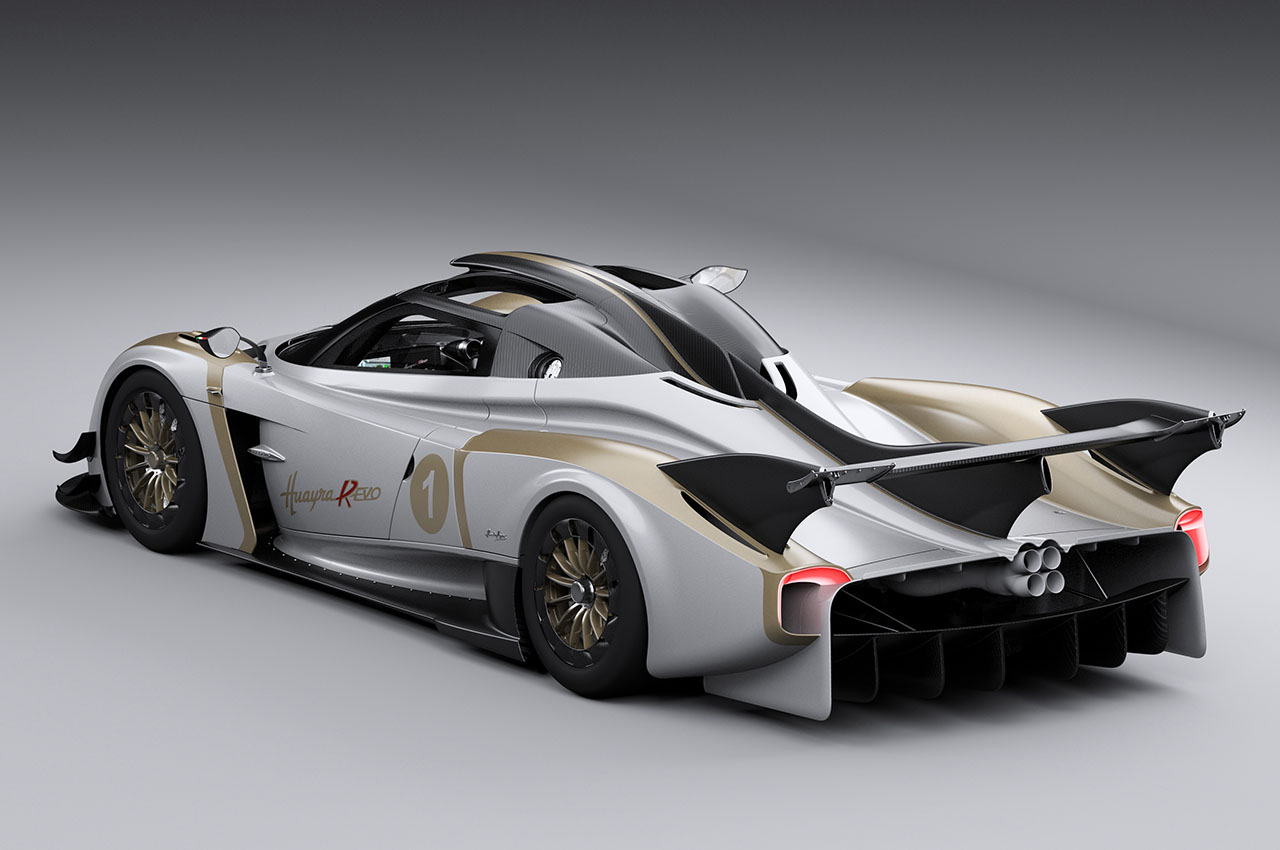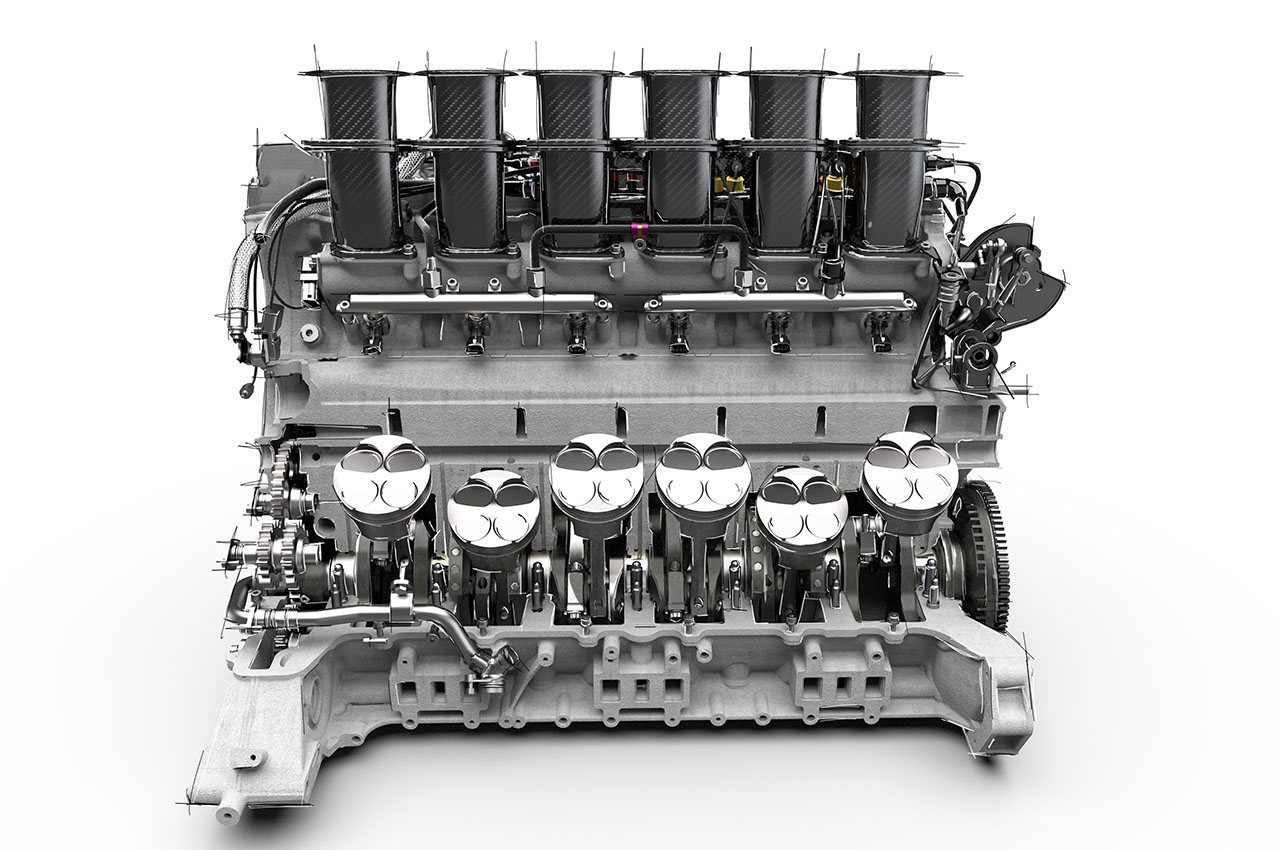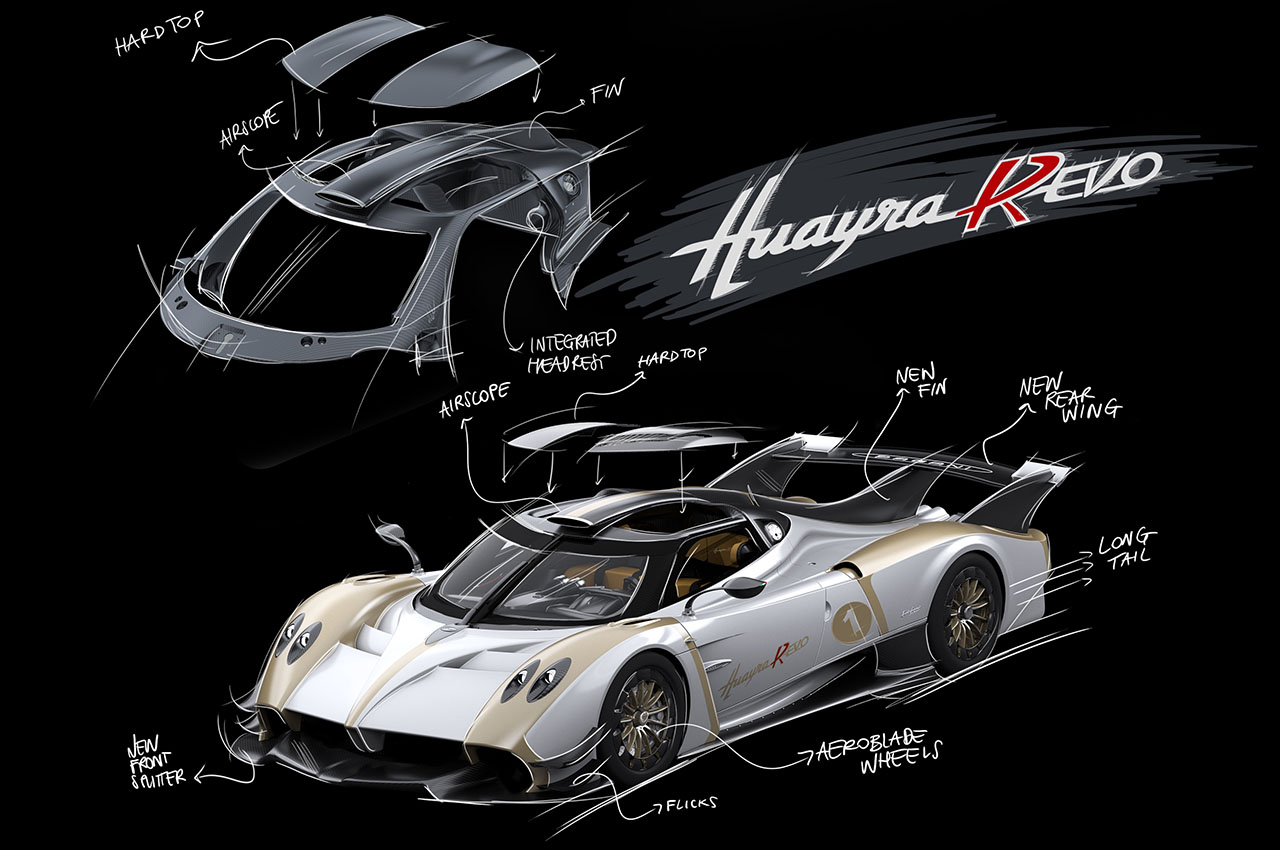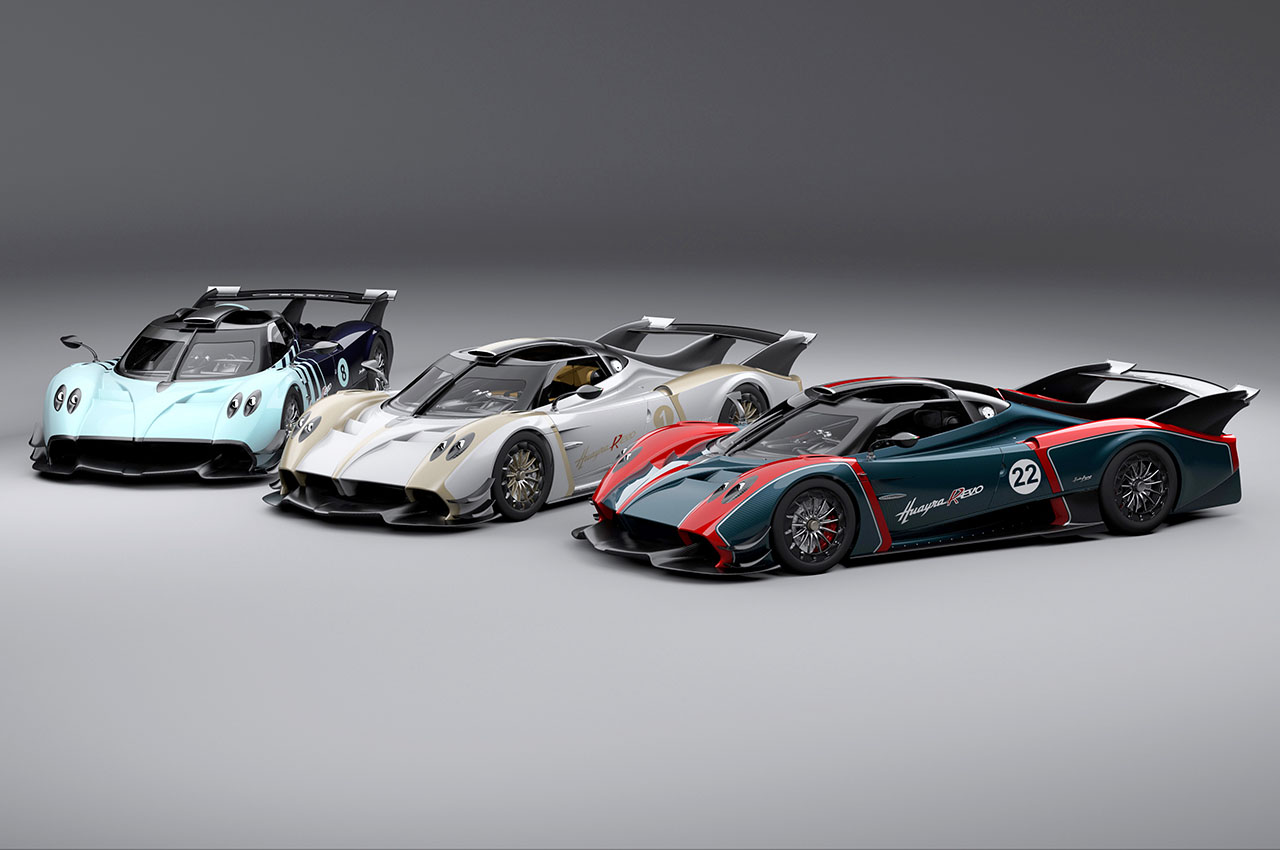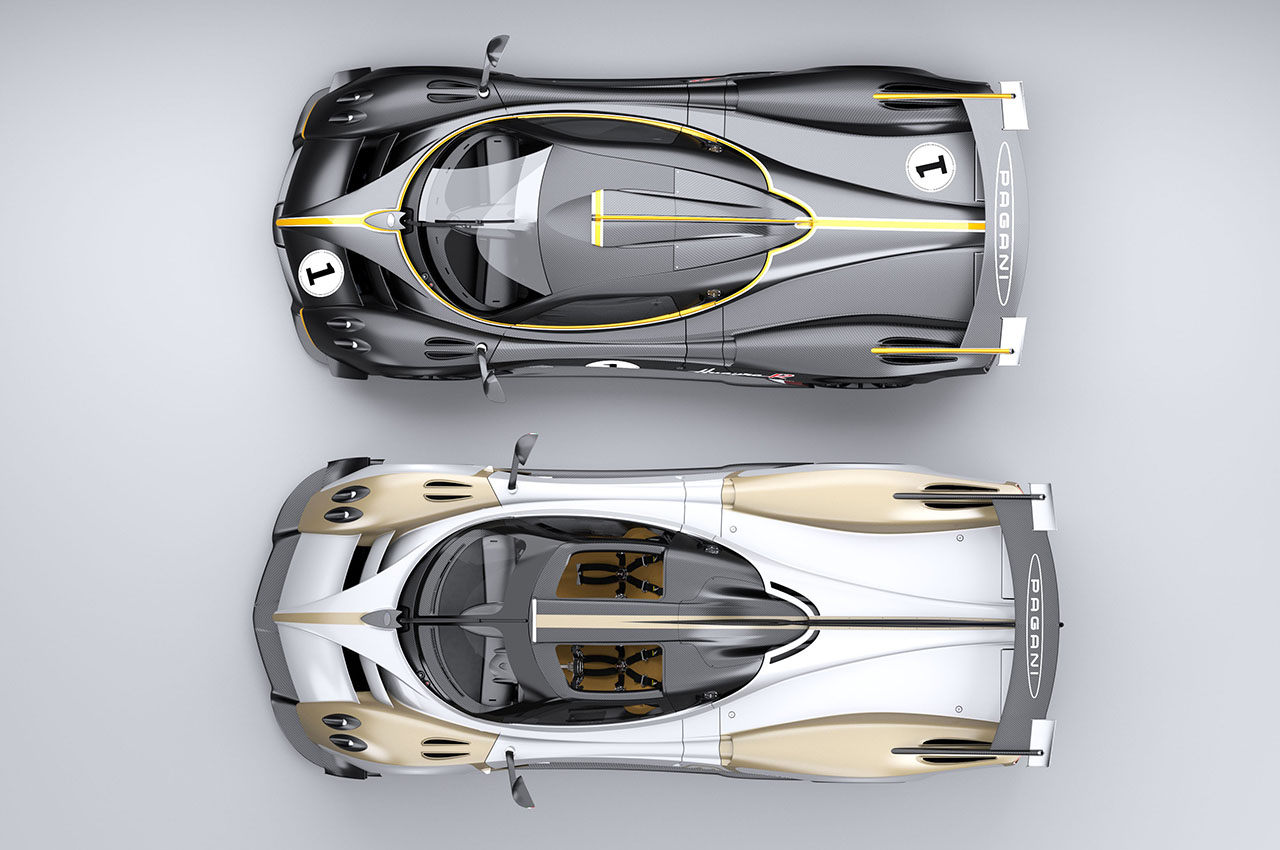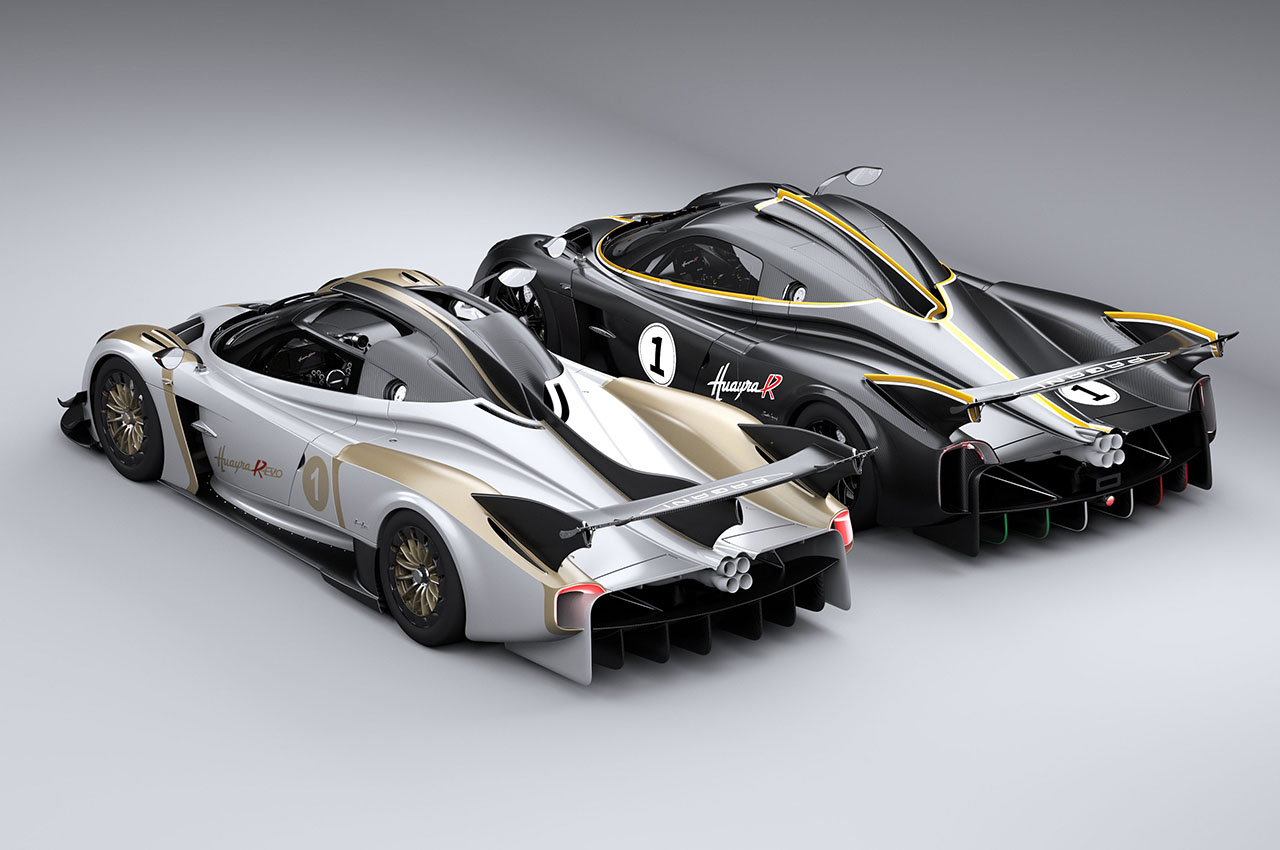Ferrari has some really fast road cars like the 288 GTO, Enzo, and LaFerrari that reflect the marque’s affinity towards innovation, exclusivity and performance. Now, the new age F80 joins the ranks with a 3.0-liter twin-turbo 120-degree V-6 engine, complemented by three electric motors. Yes, it’s a hybrid supercar and one of the most powerful the Italian automotive giant has ever produced.
The road-legal car can produce 1,184 horsepower – churning out 888 hp (at max) from the V6 engine, adding 140 hp each from the two front motors, and 80 hp with the rear electric motor. The latter makes use of regenerative braking for another trickle of speed boost when needed. This e-4WD system completely engineered and designed in Maranello is similar to the SF90 Stradale since the rear motor lends torque fill for the V6. So, don’t count out this scarlet monster when it comes to drag racing culture!
Designer: Ferrari
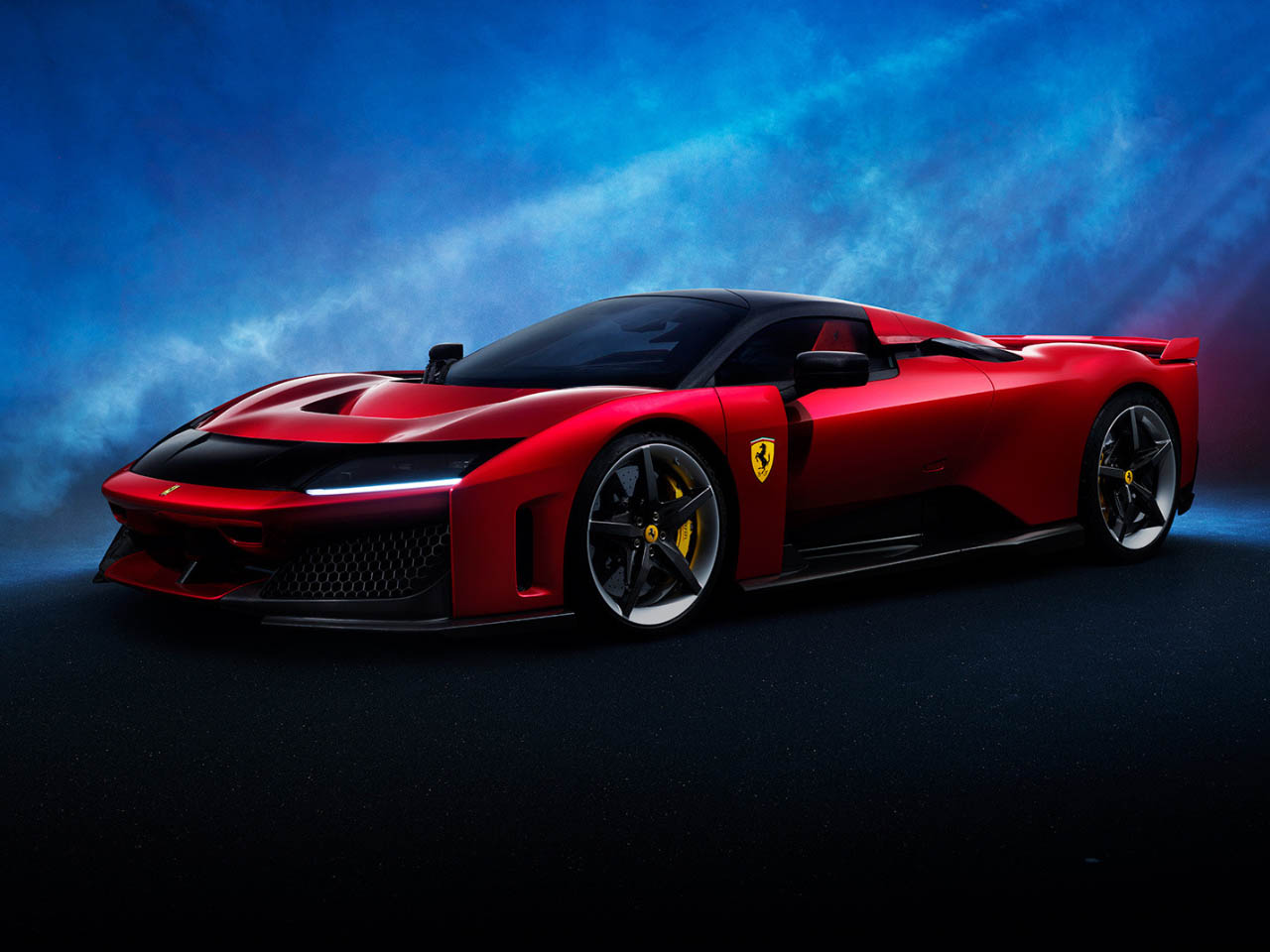
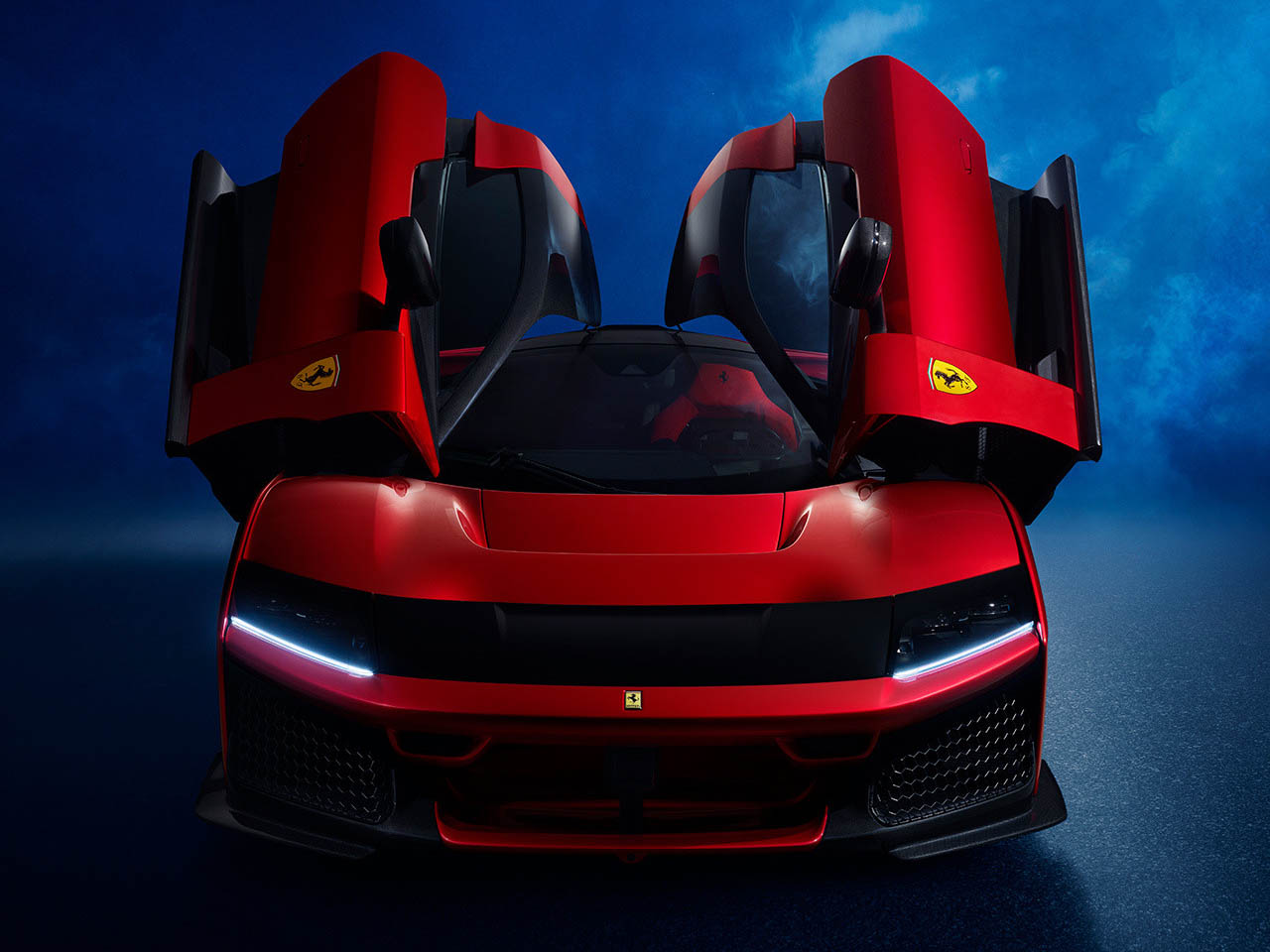
At the Ferrari’s Fiorano test track, the F80 managed to slice out a couple of seconds from the SF90’s best time around the lap. The official top speed clocked at 217 mph and acceleration of 0-60 mph in a mere 2.15 seconds. The car has a dry weight of 3,362 pounds courtesy of the carbon fiber central monocoque structure and some 3D printed parts including the upper wishbone. The composite material approach extends with the use of aluminum and titanium for parts such as subframes and screws. According to chief product development officer Gianmaria Fulgenzi, “F80 gives you butterflies in the stomach when you drive the car, it’s an incredible experience.” He adds that the car symbolizes the marque’s “Ferrari Forever” philosophy.
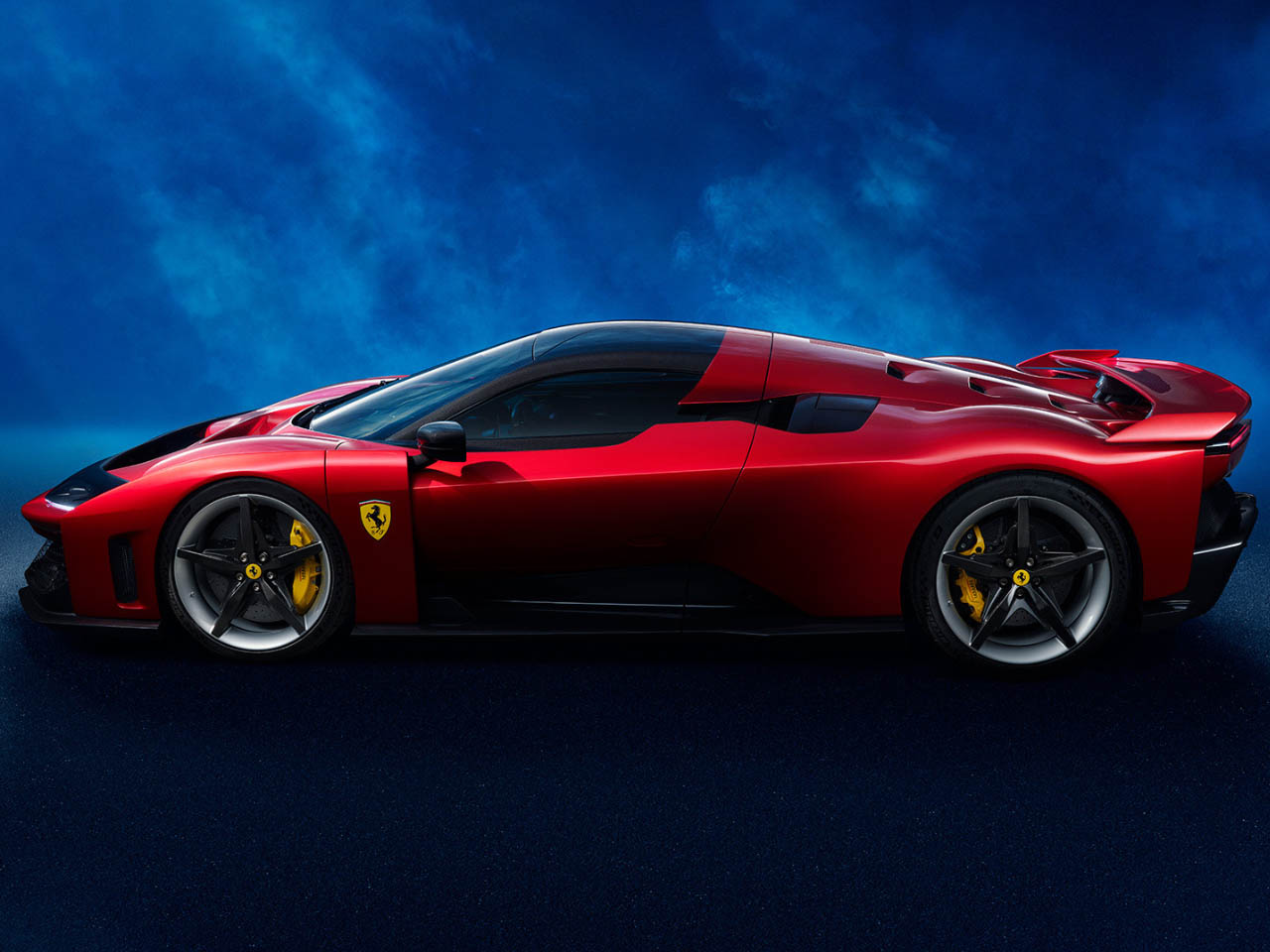
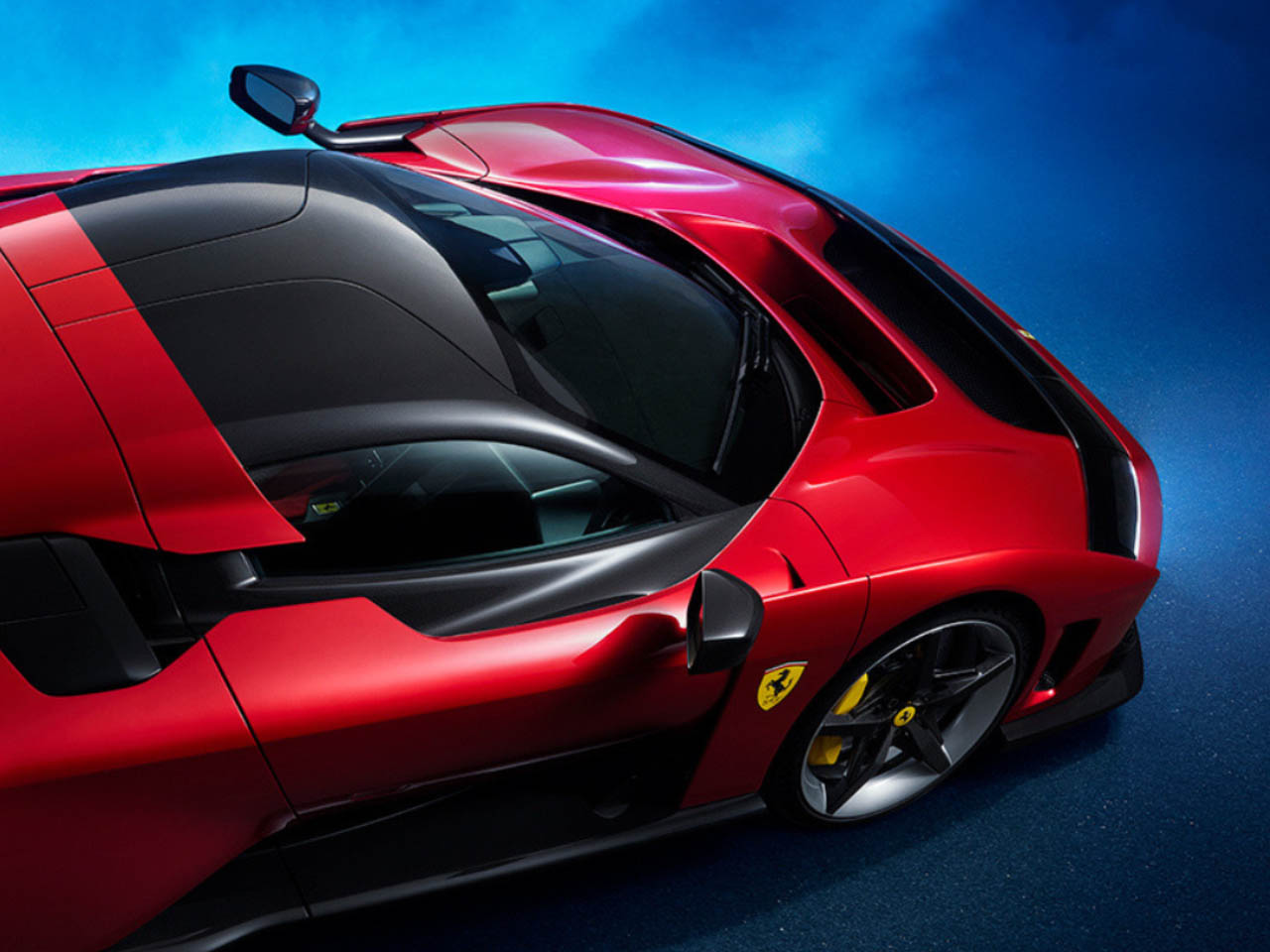
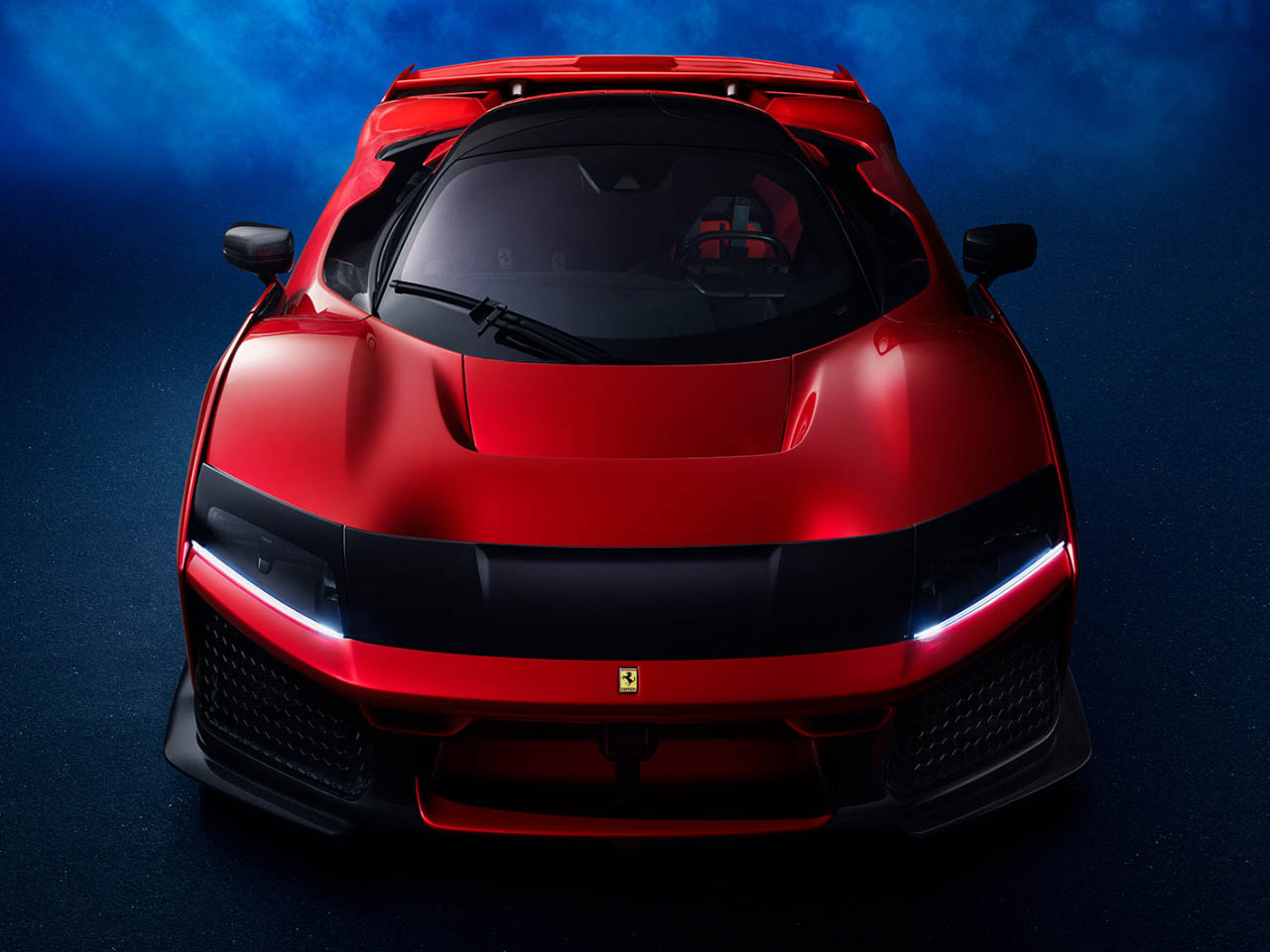
There were thoughts of designing it as a single-seater supercar but ultimately it materialized as a two-seater speed demon. The driver’s cell is slightly more prominent than the passenger’s cell, as the former is oriented more towards the center. The F1 inspiration is evident from the yoke-styled steering wheel with tactile button controls. The physical buttons make a comeback on the right and left and spokes – breaking the recent tradition of all digital layouts by Ferrari in recent years.
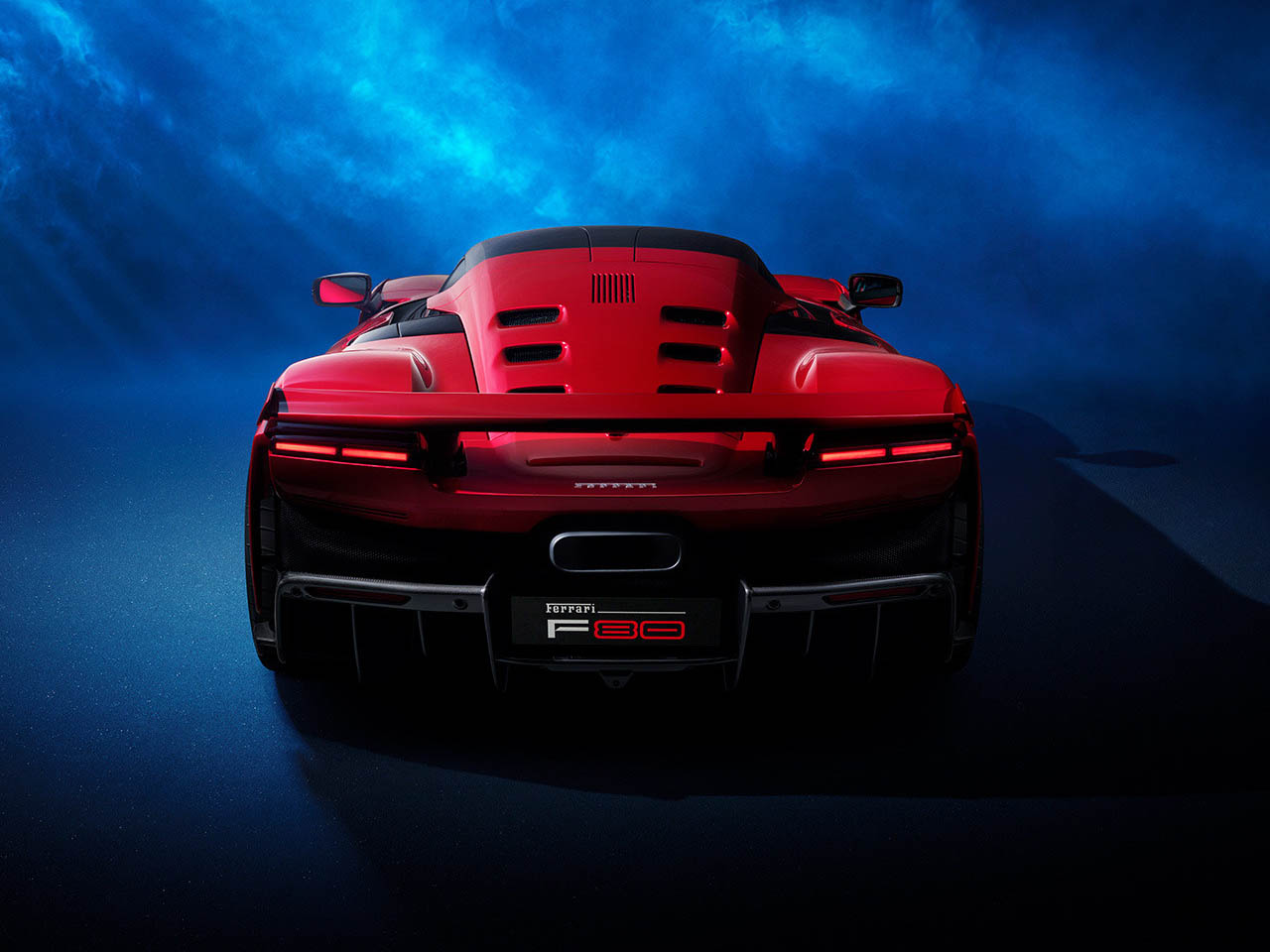
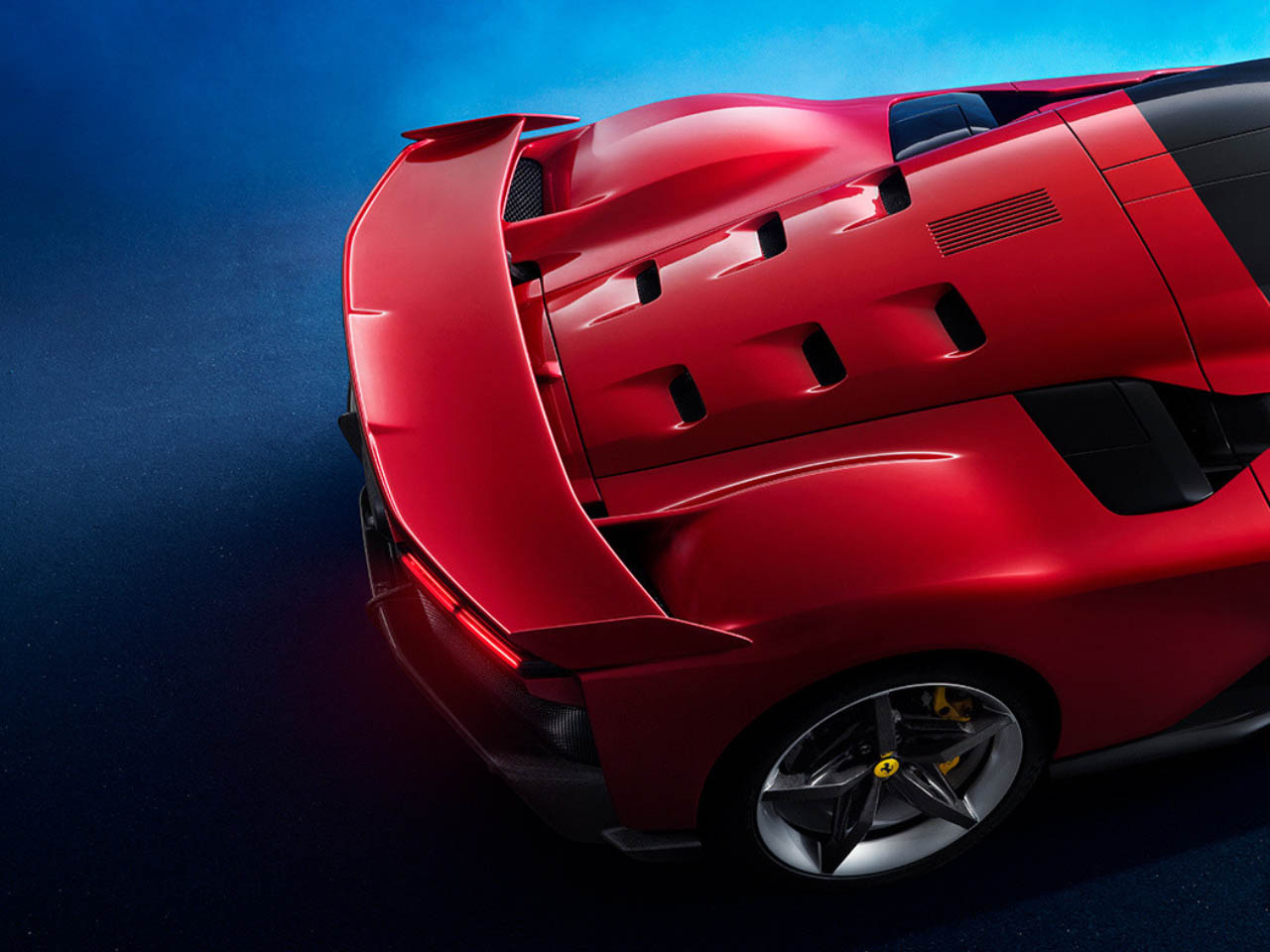
Ferrari F80 will be limited to just 800 units, and all of them have already been allocated to filthy rich buyers. Of course, you won’t even think of spending $3 million on this hybrid prancing horse unless you have a fat bank account.
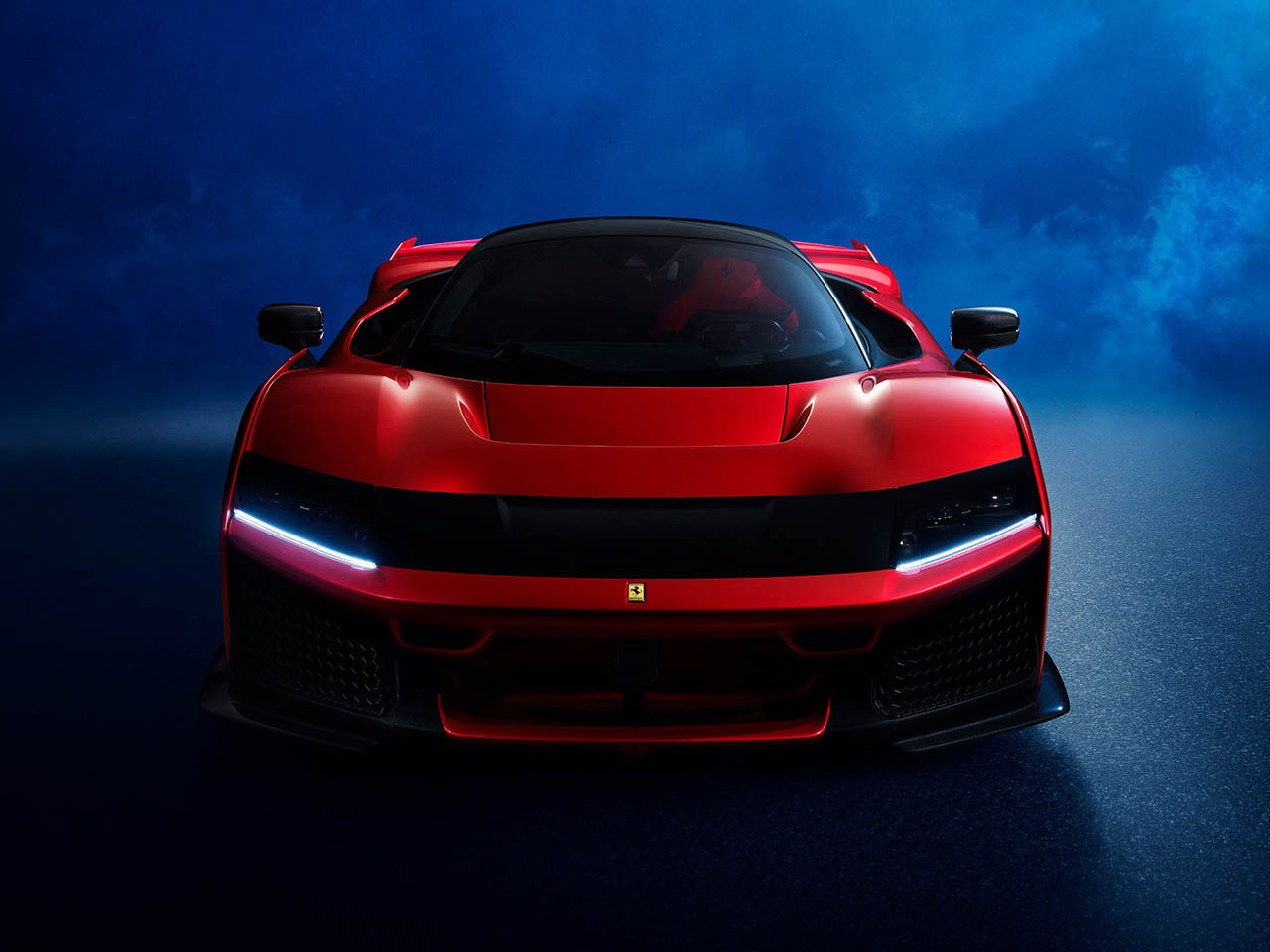
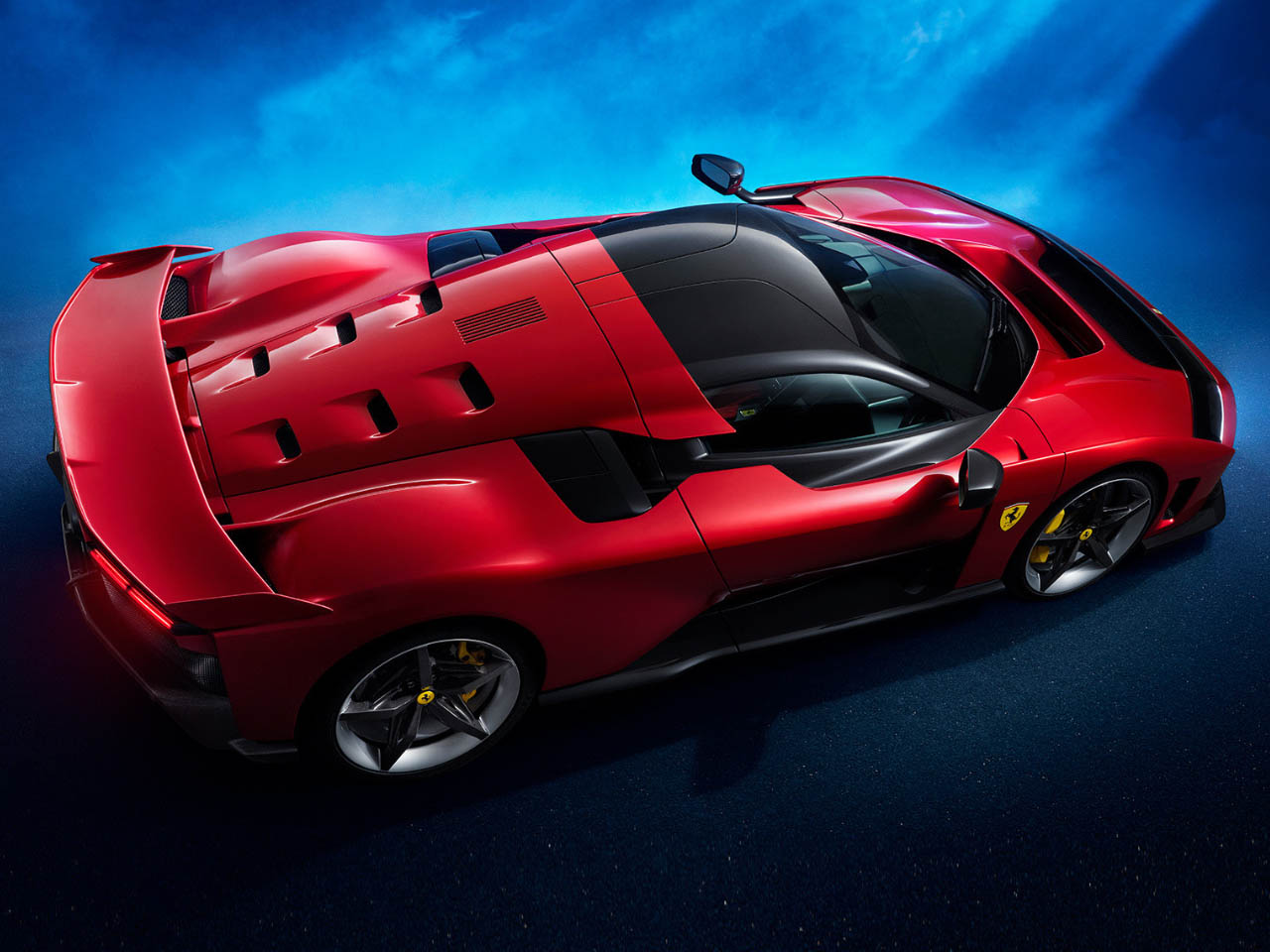
The post Ferrari F80 V6-powered Hybrid is Italian marque’s fastest ever road car inspired by F1 and aerospace industry first appeared on Yanko Design.
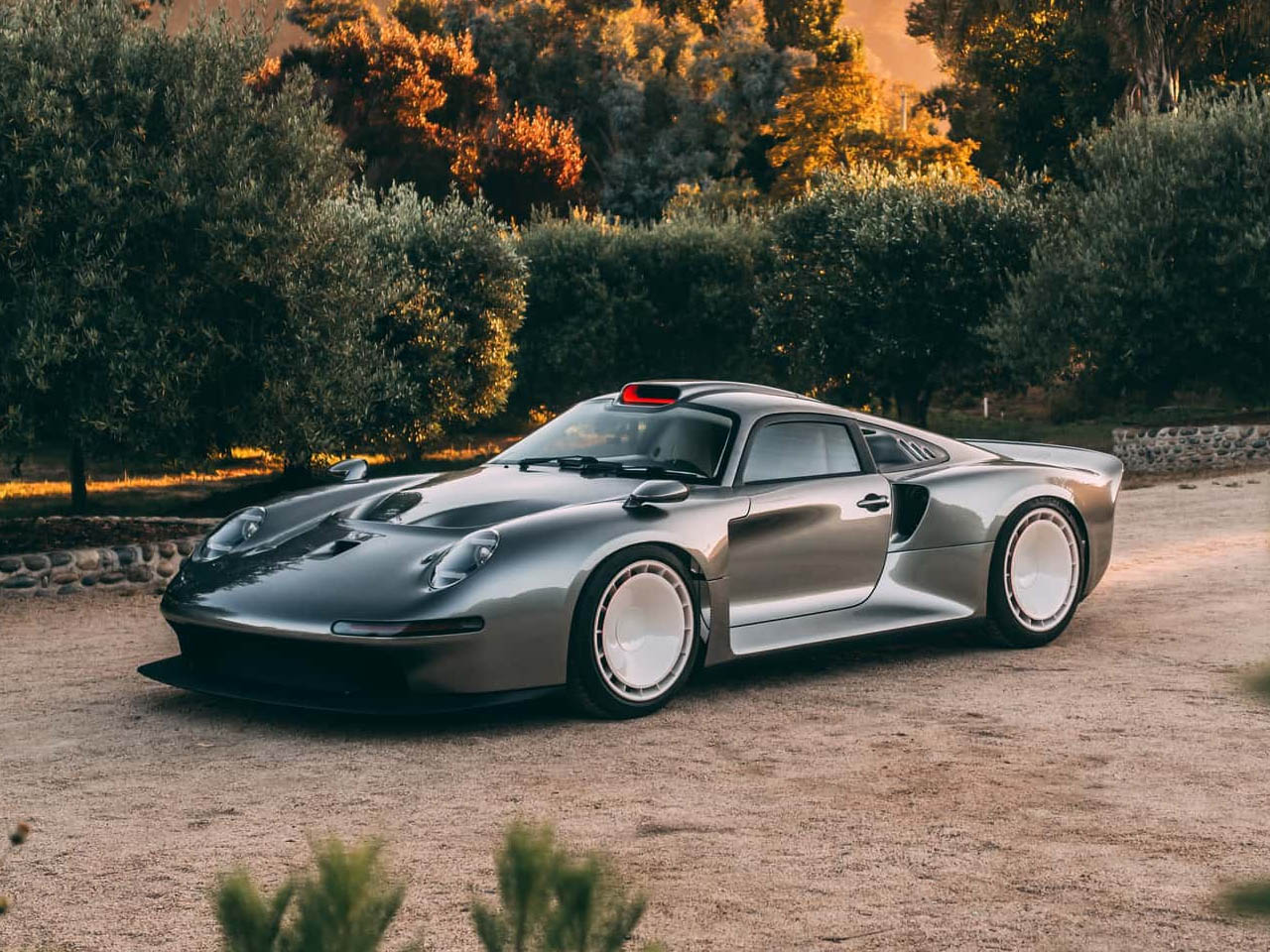
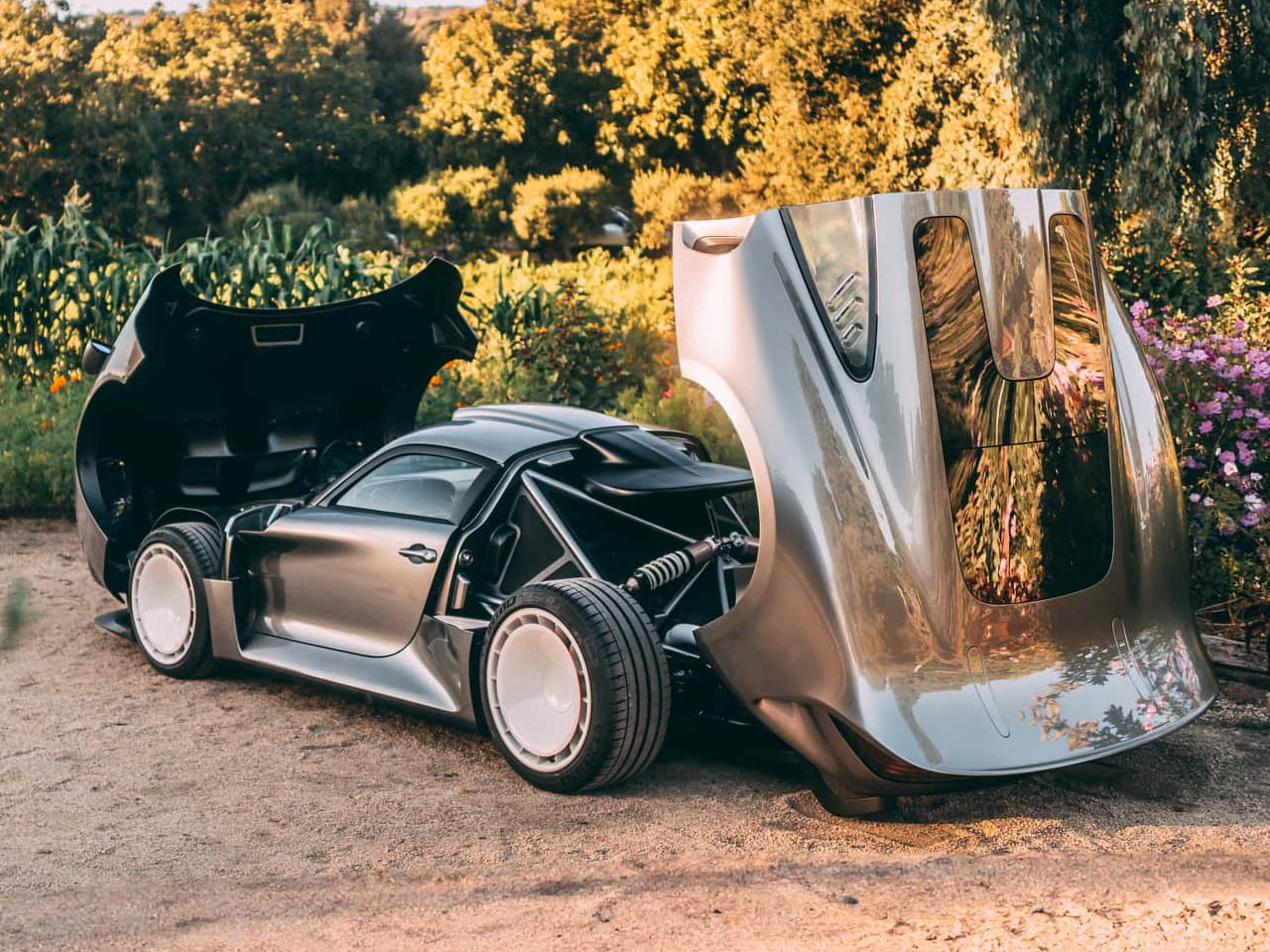
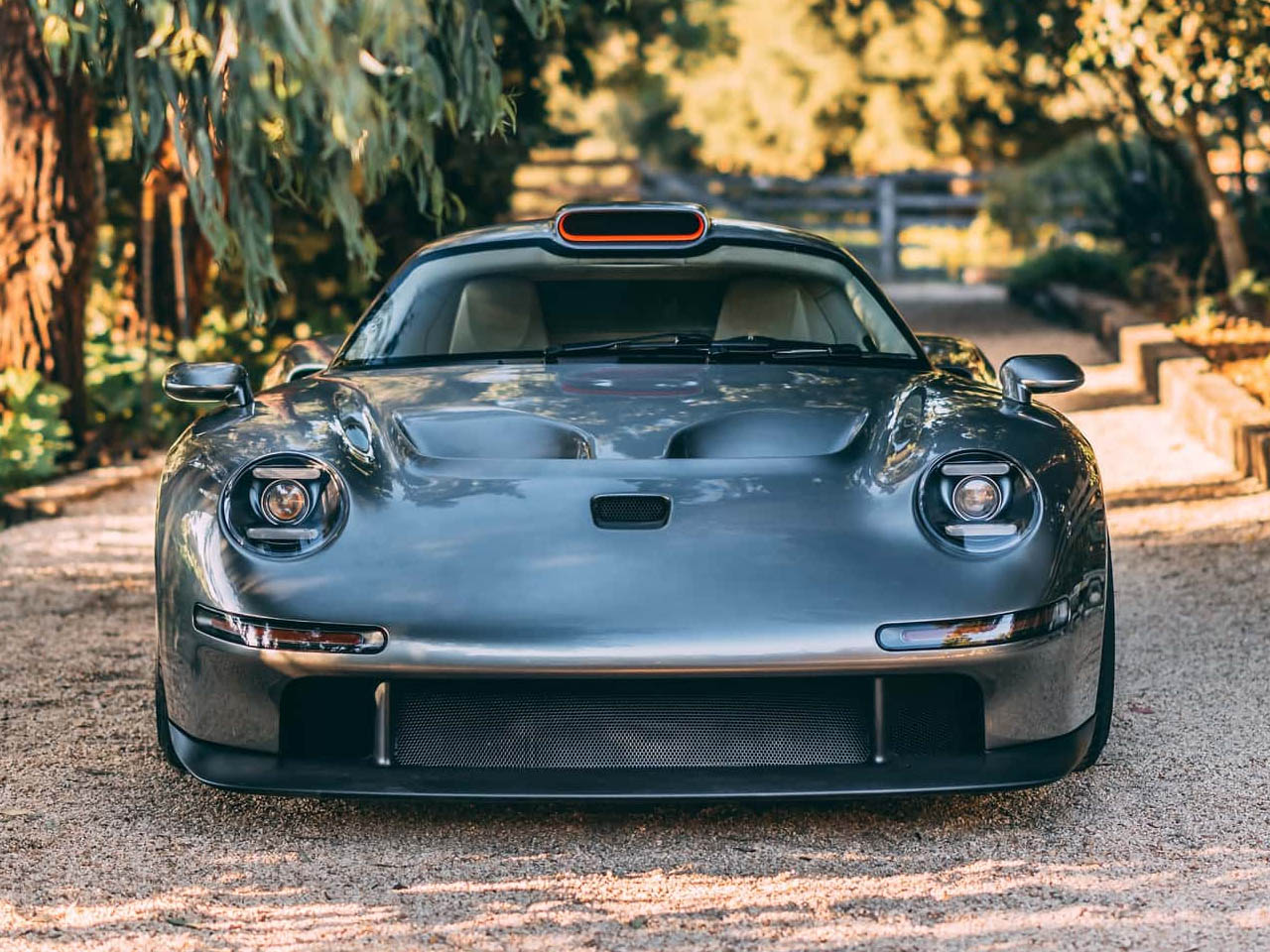
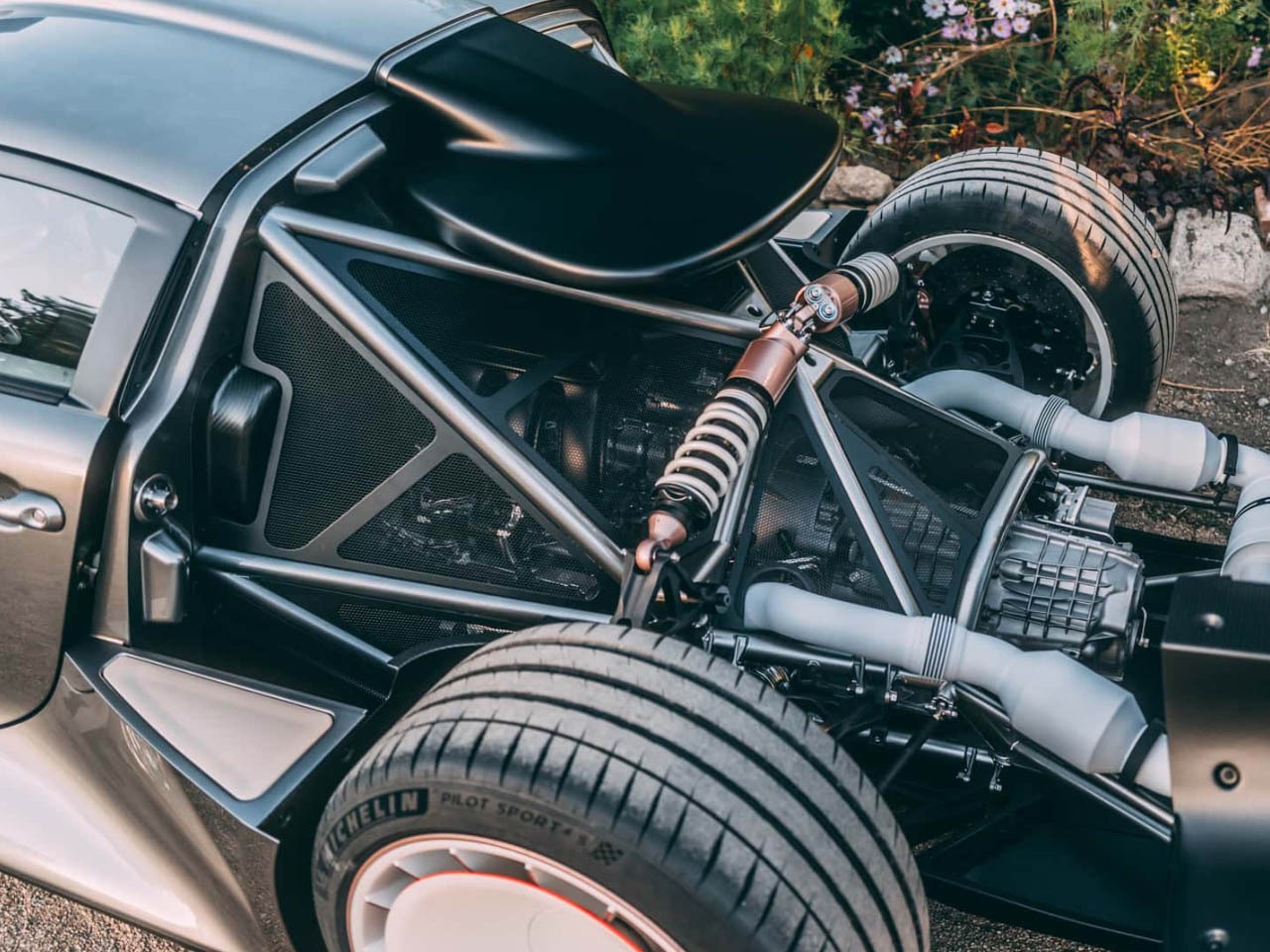
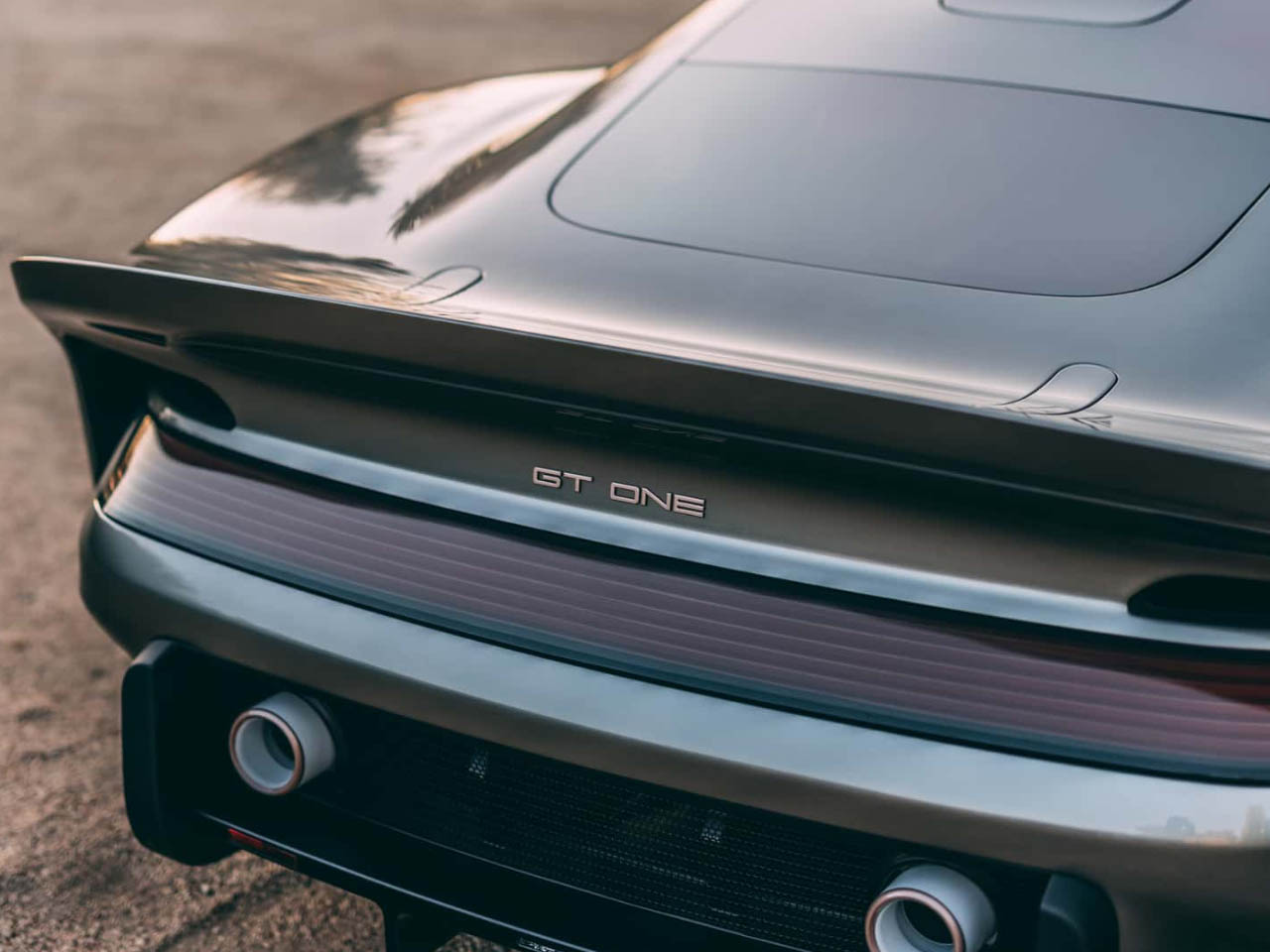
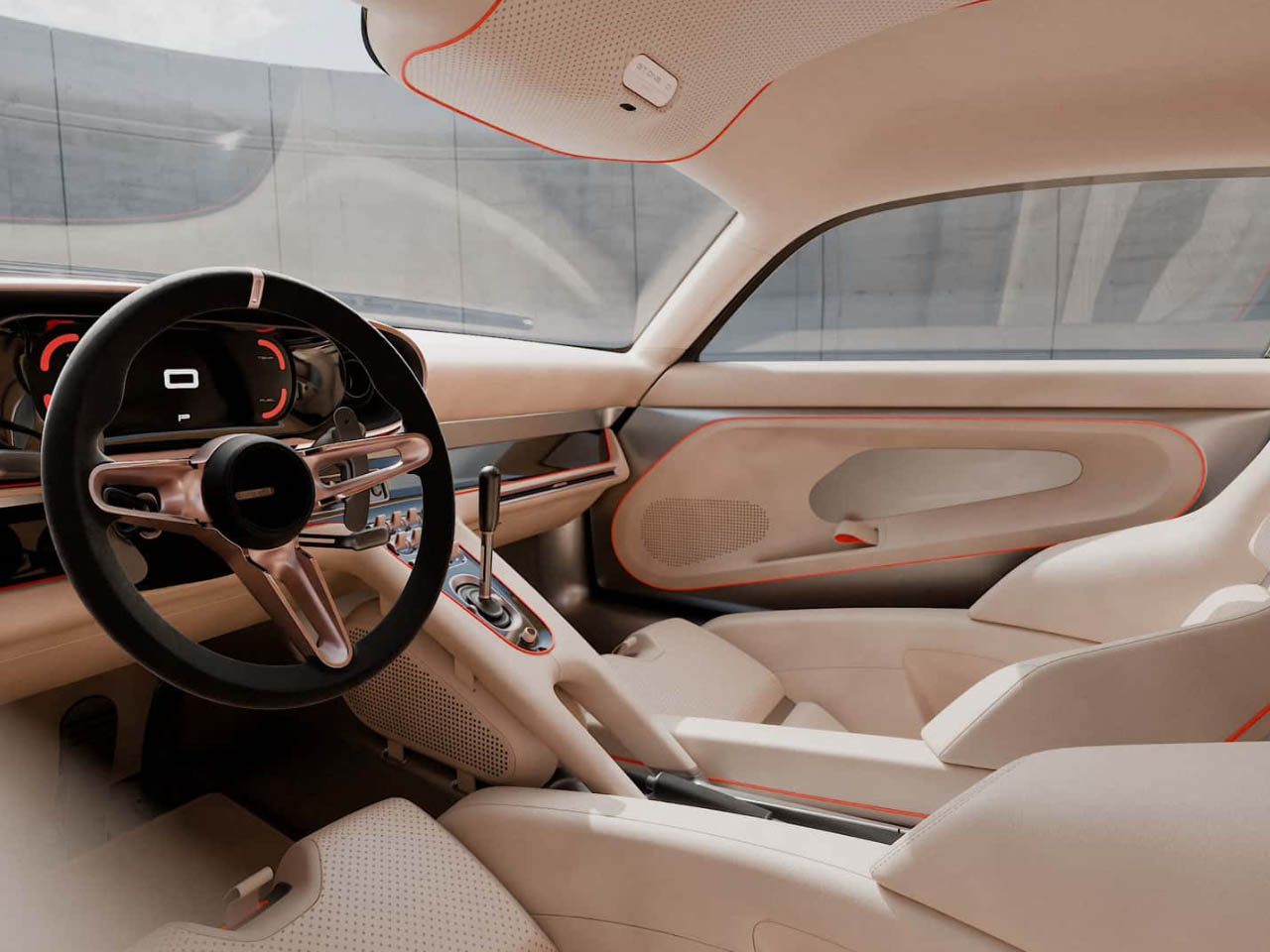
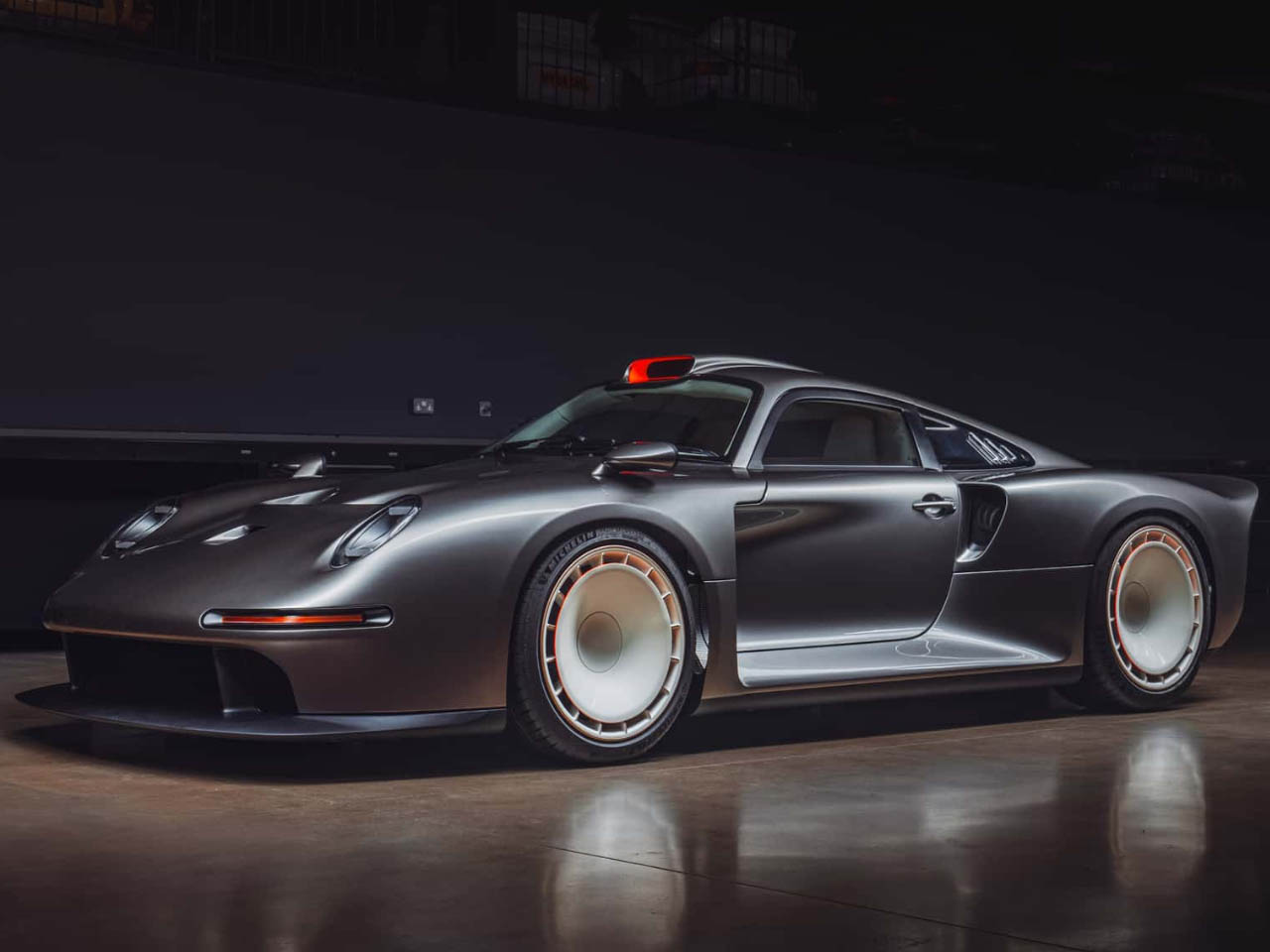
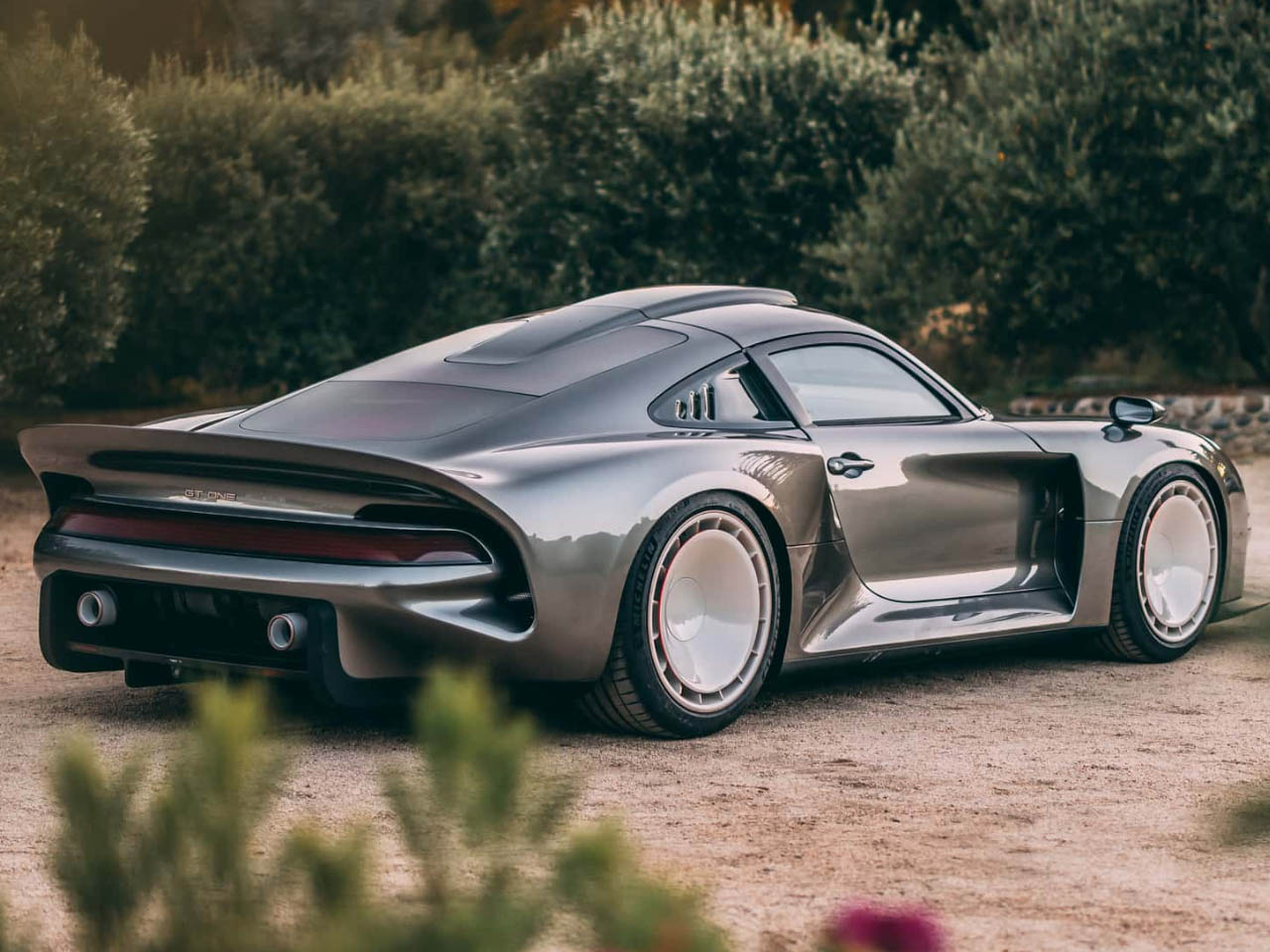
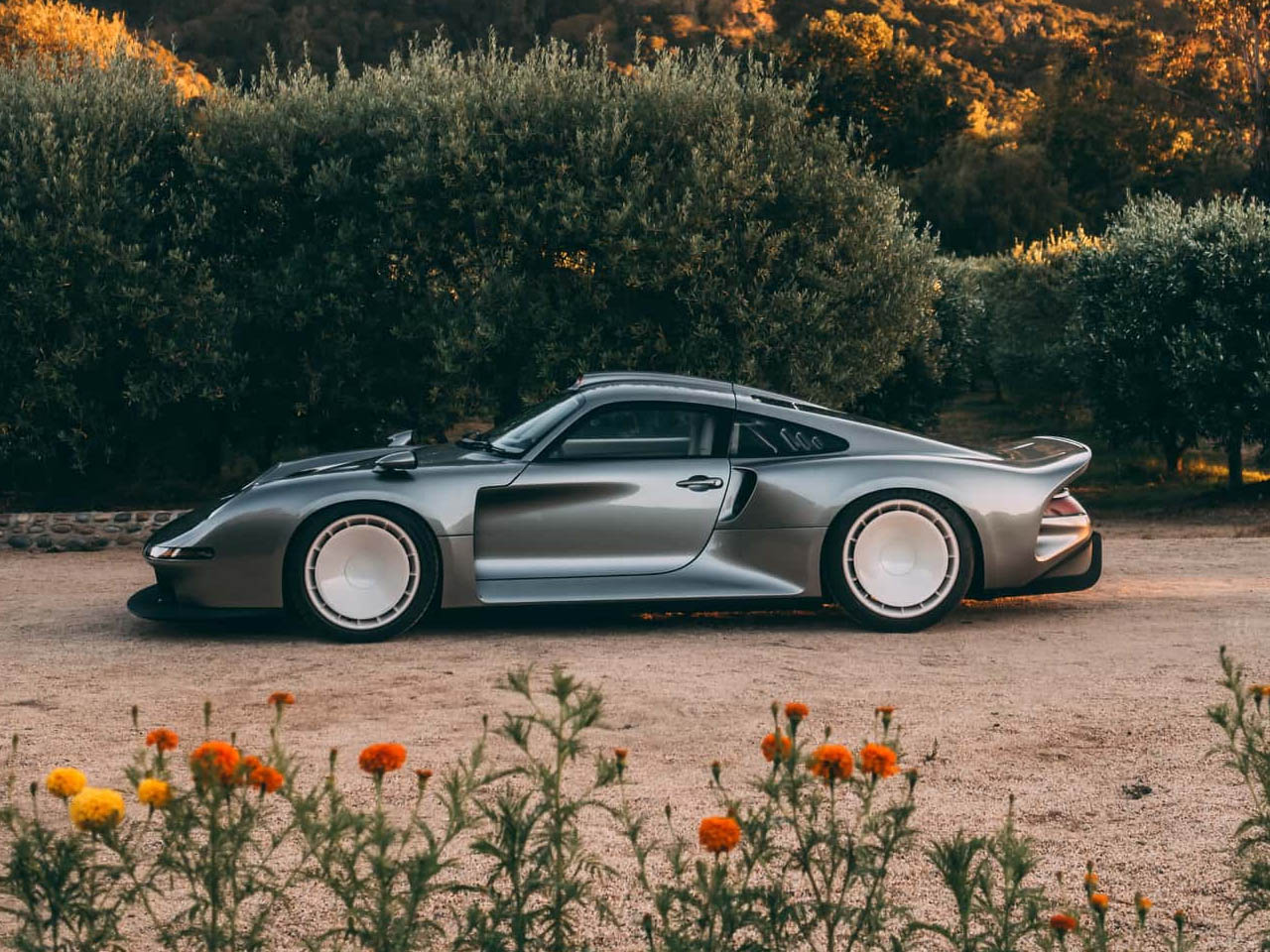
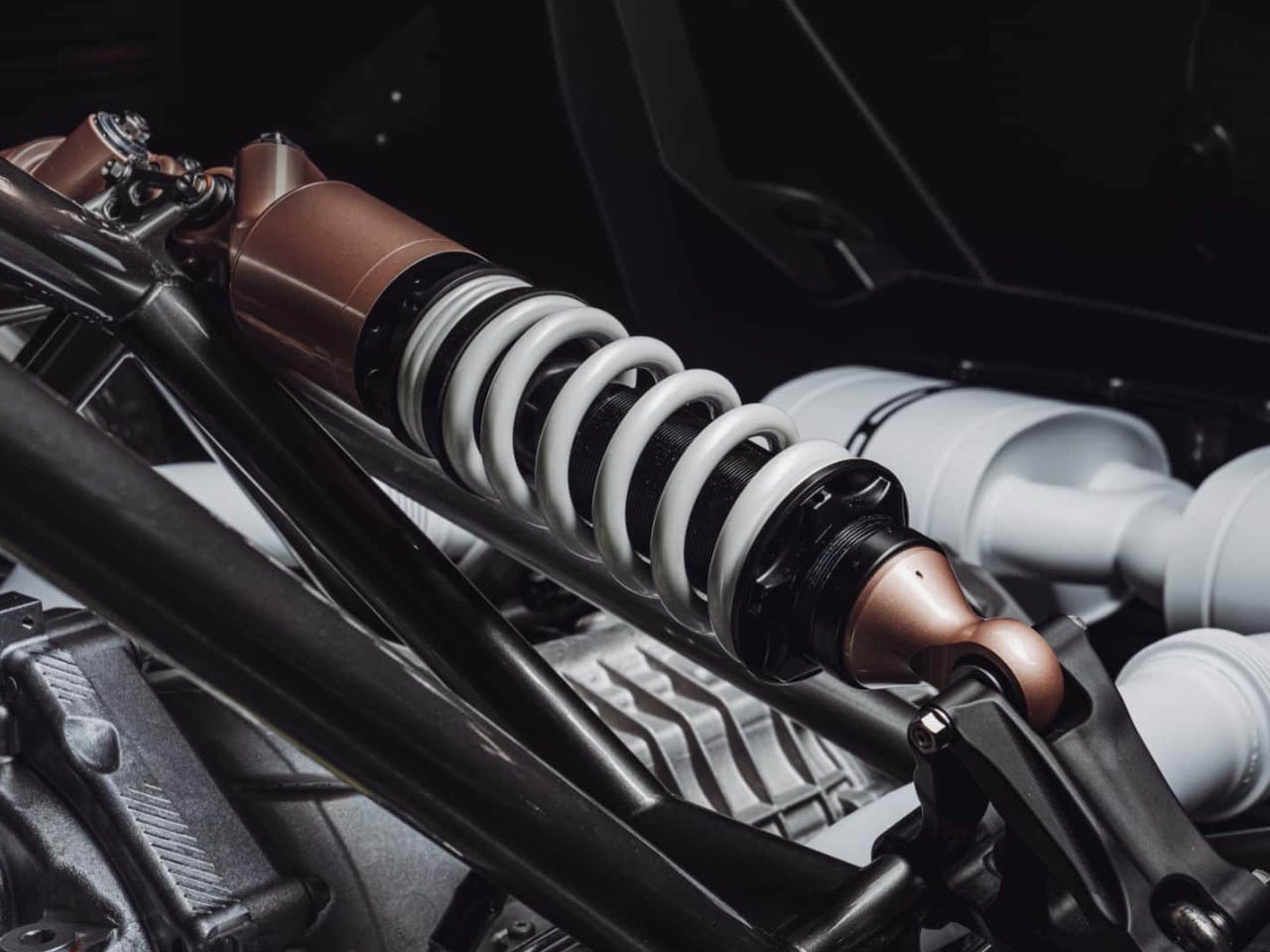
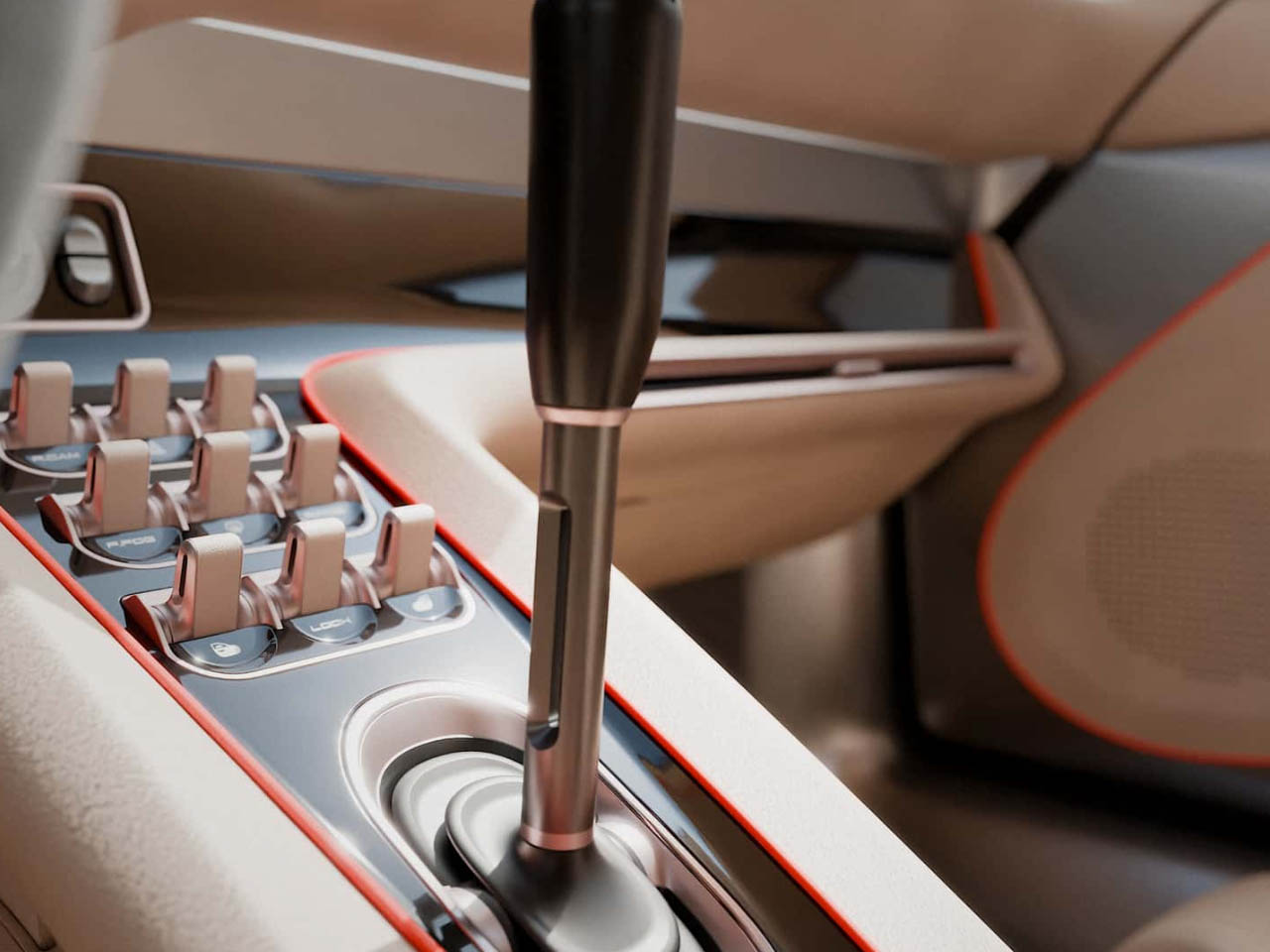
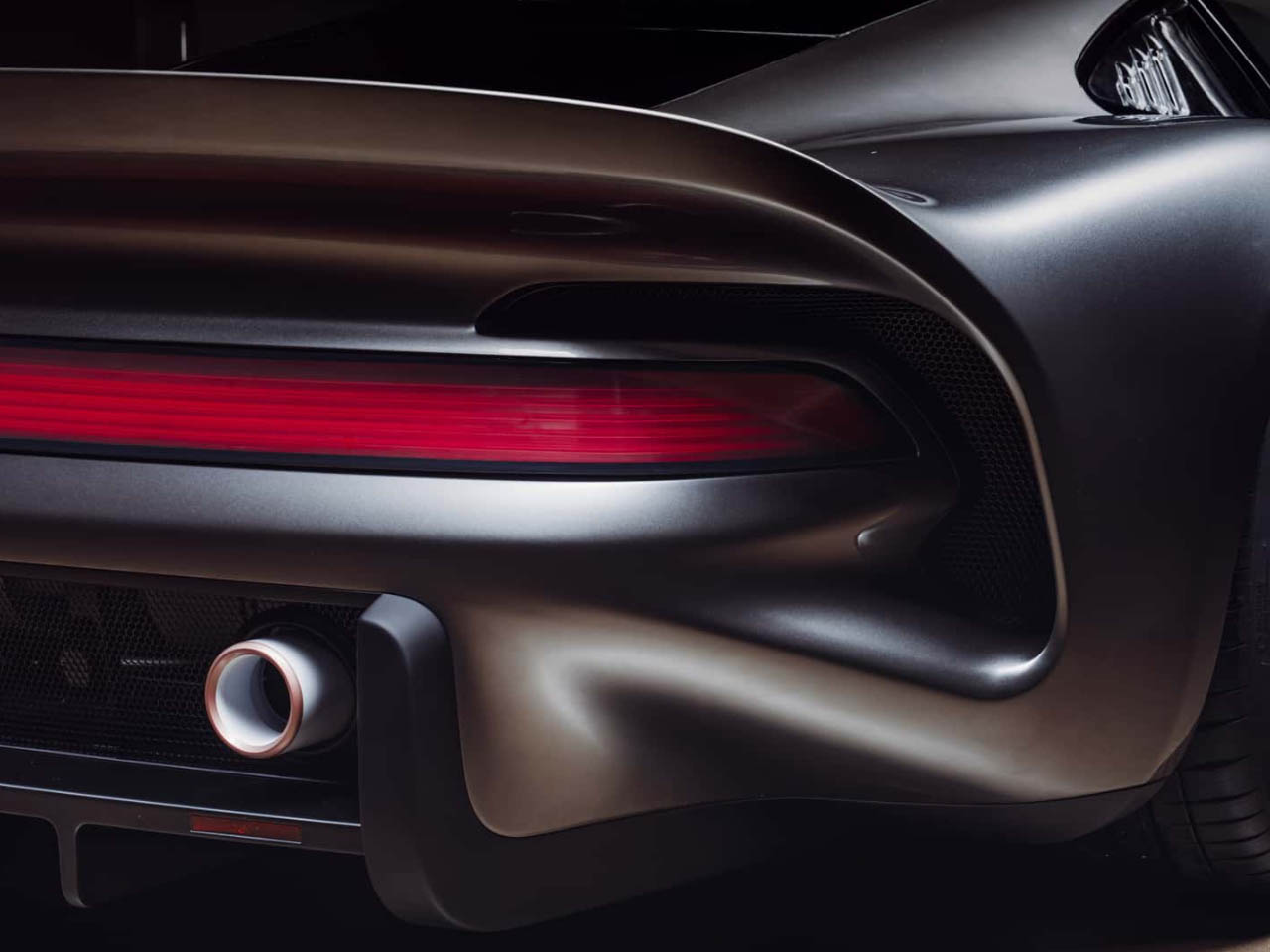
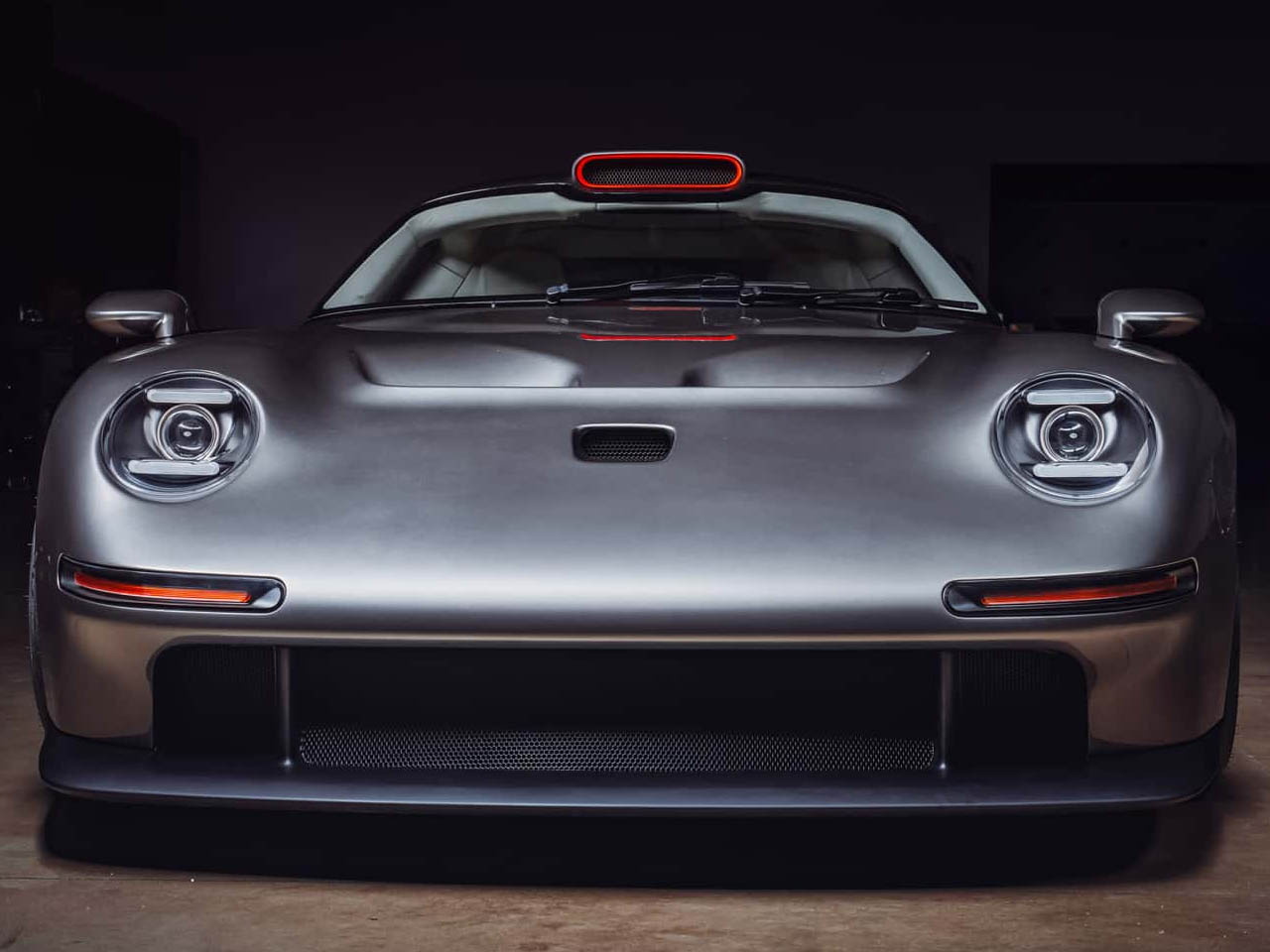
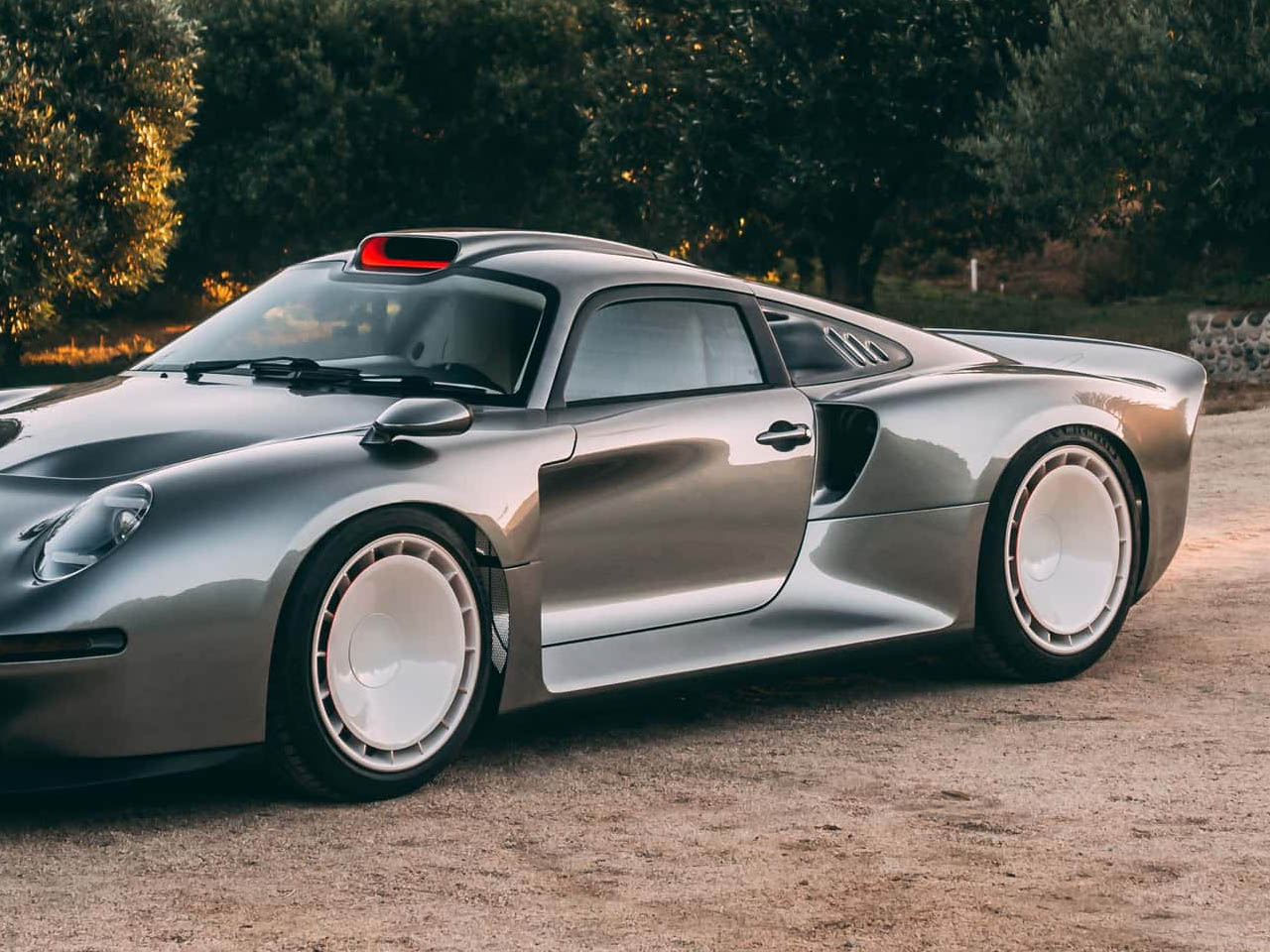
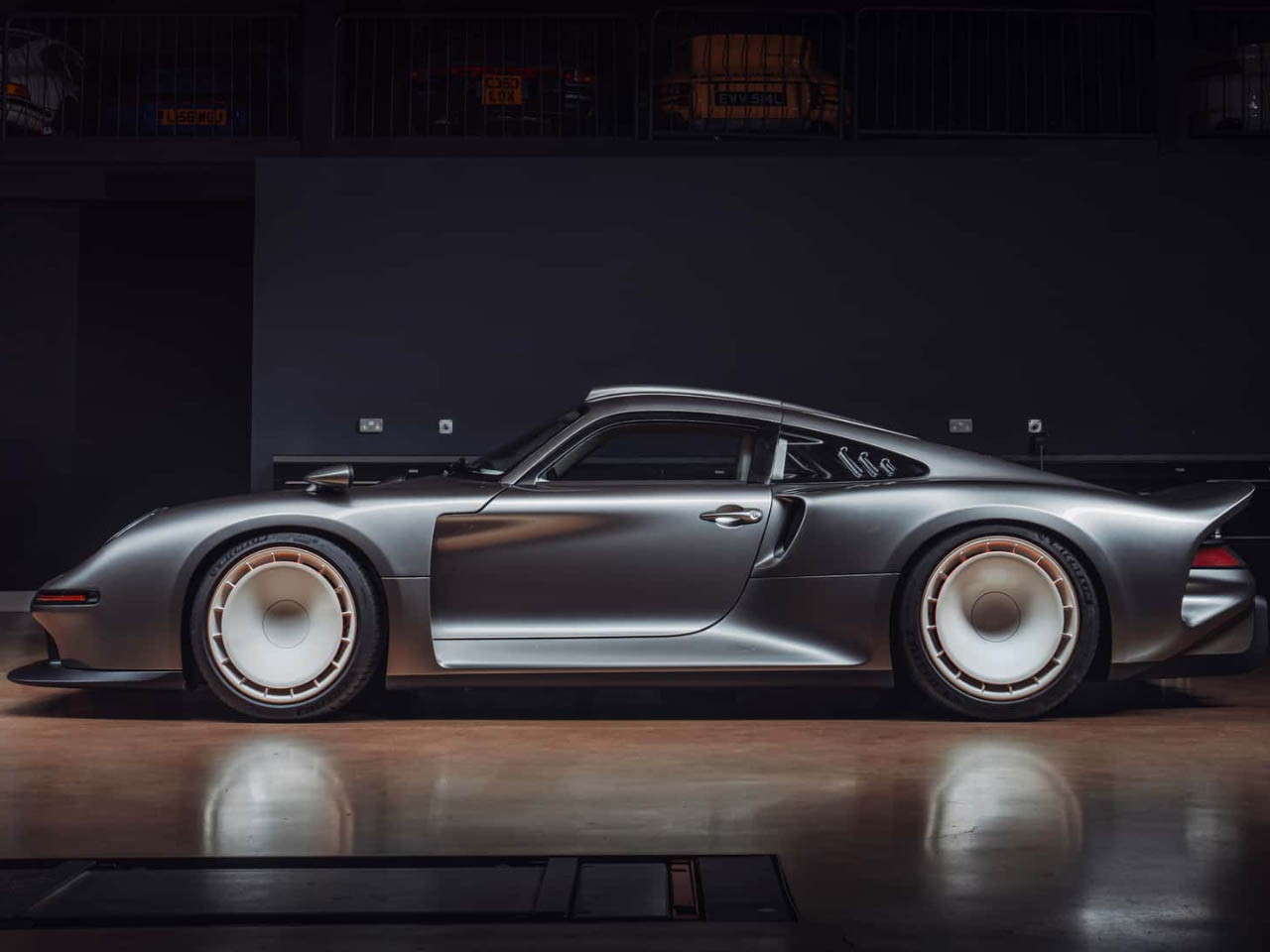
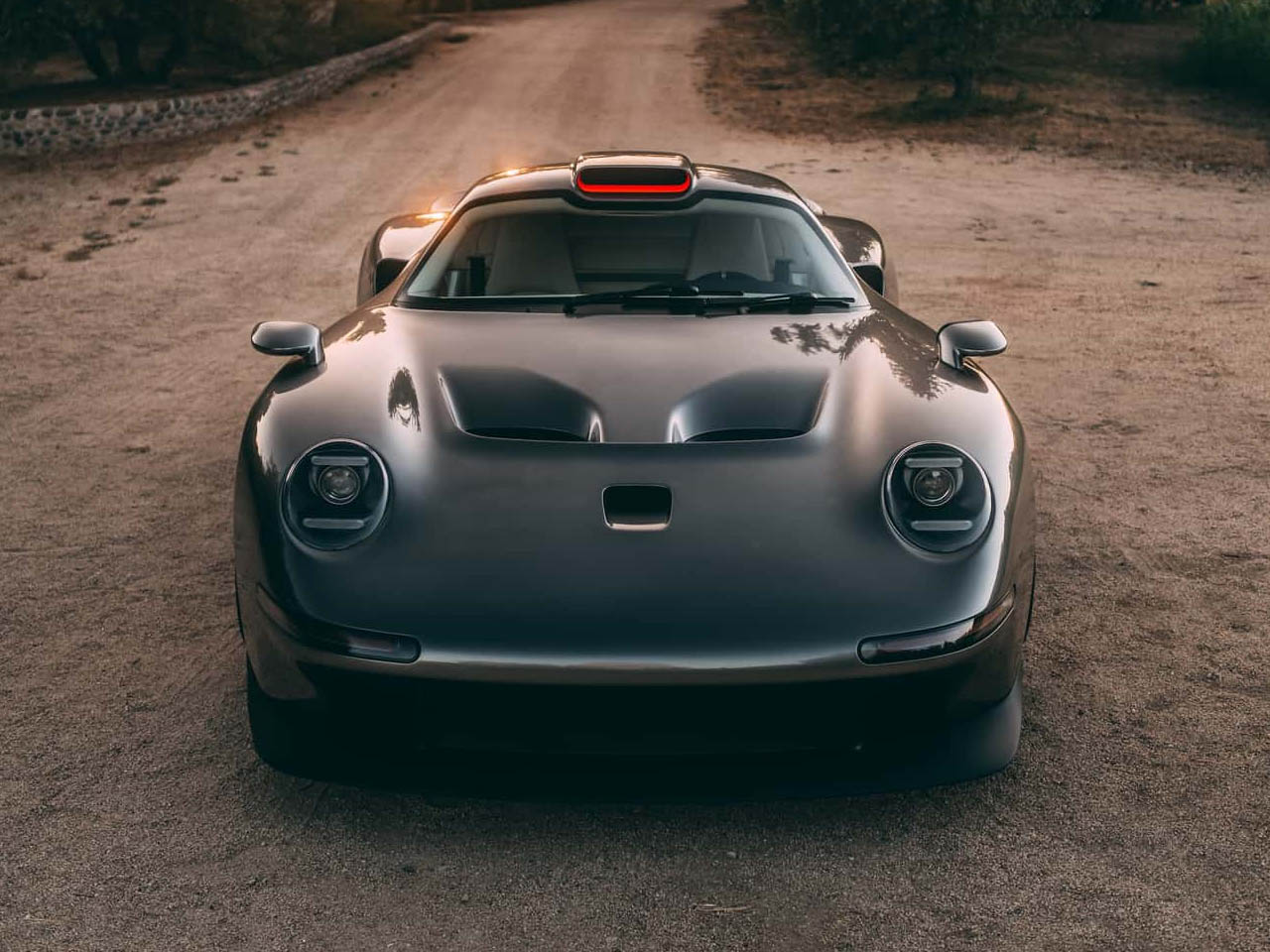
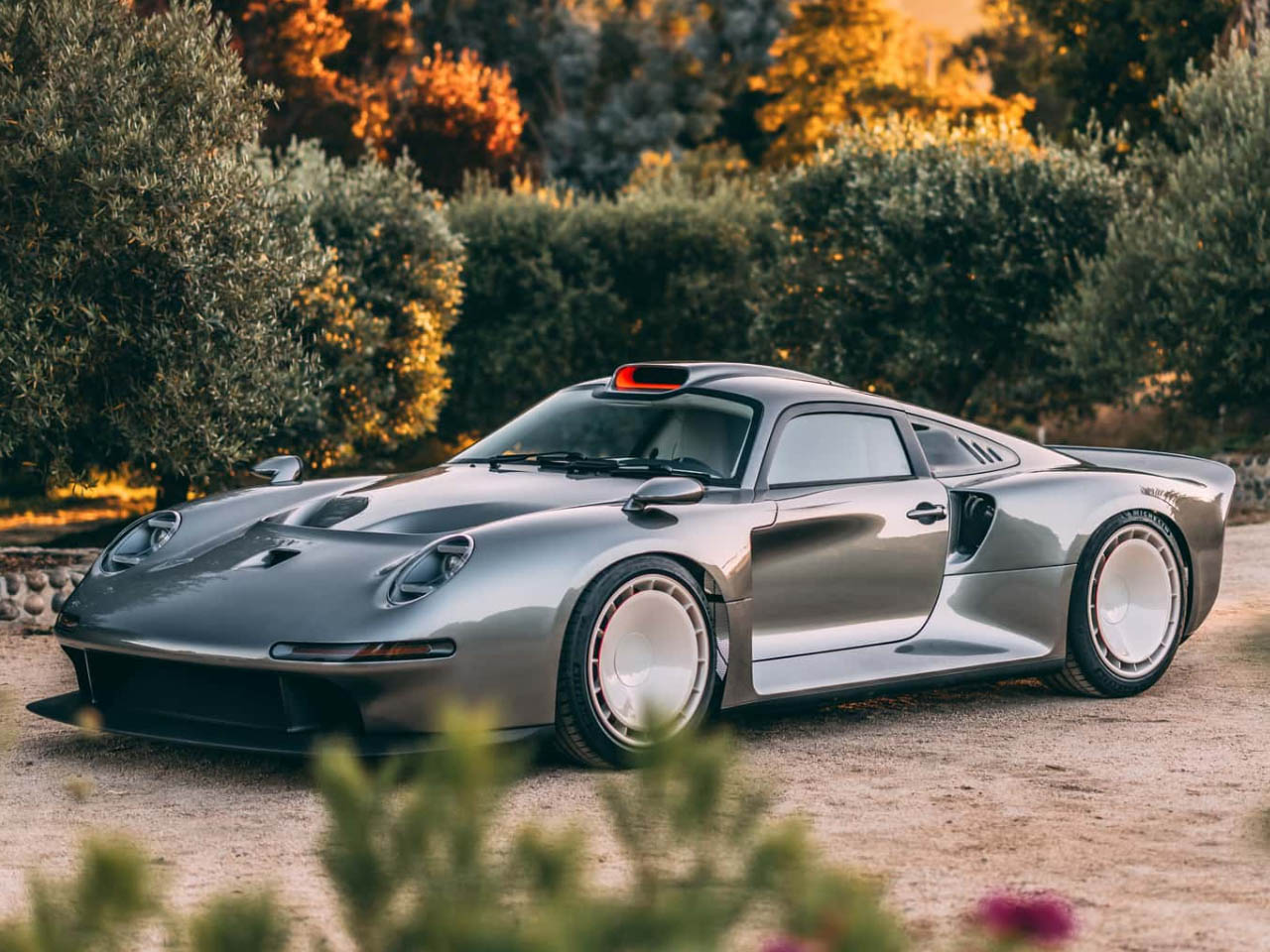
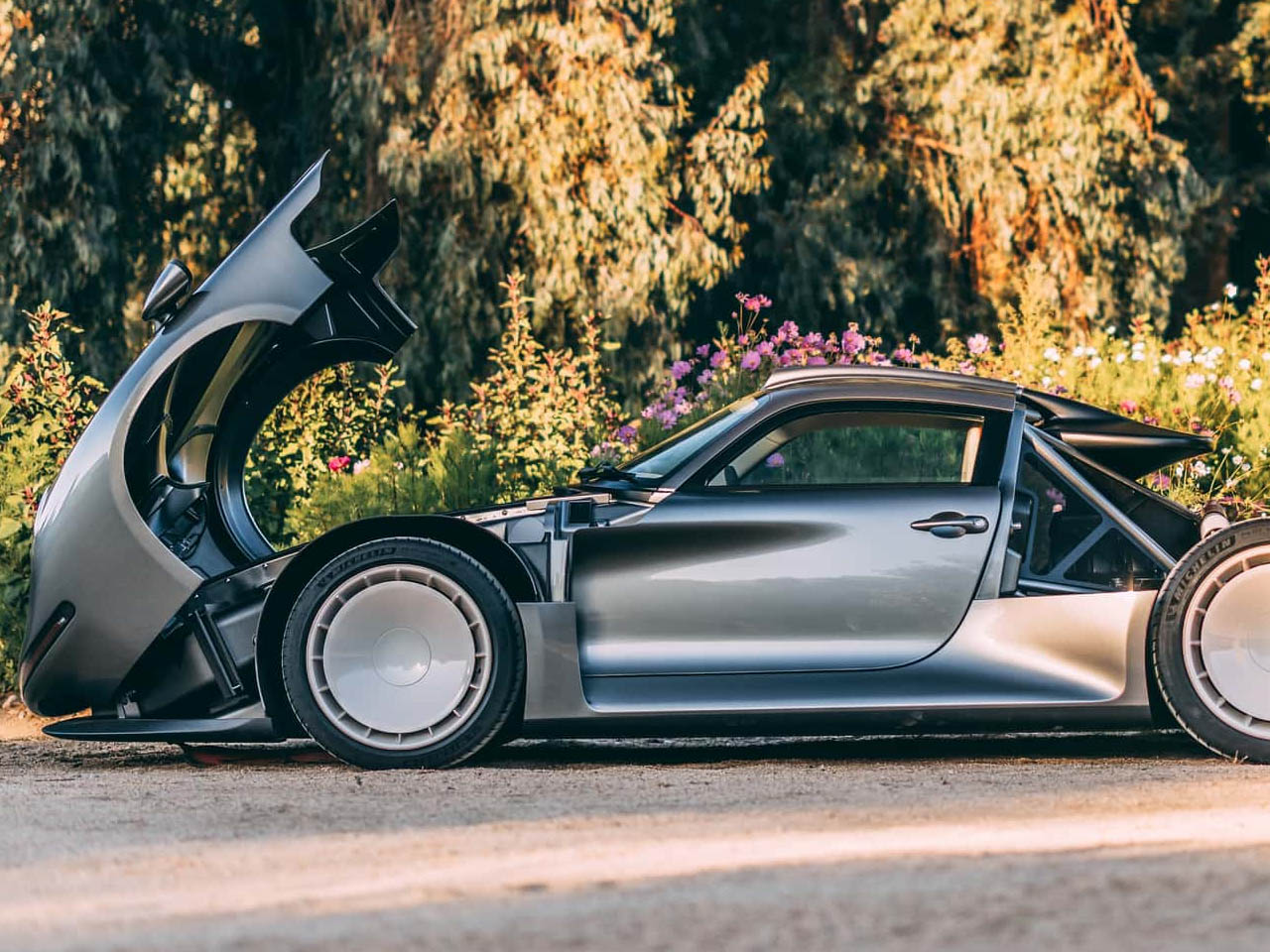
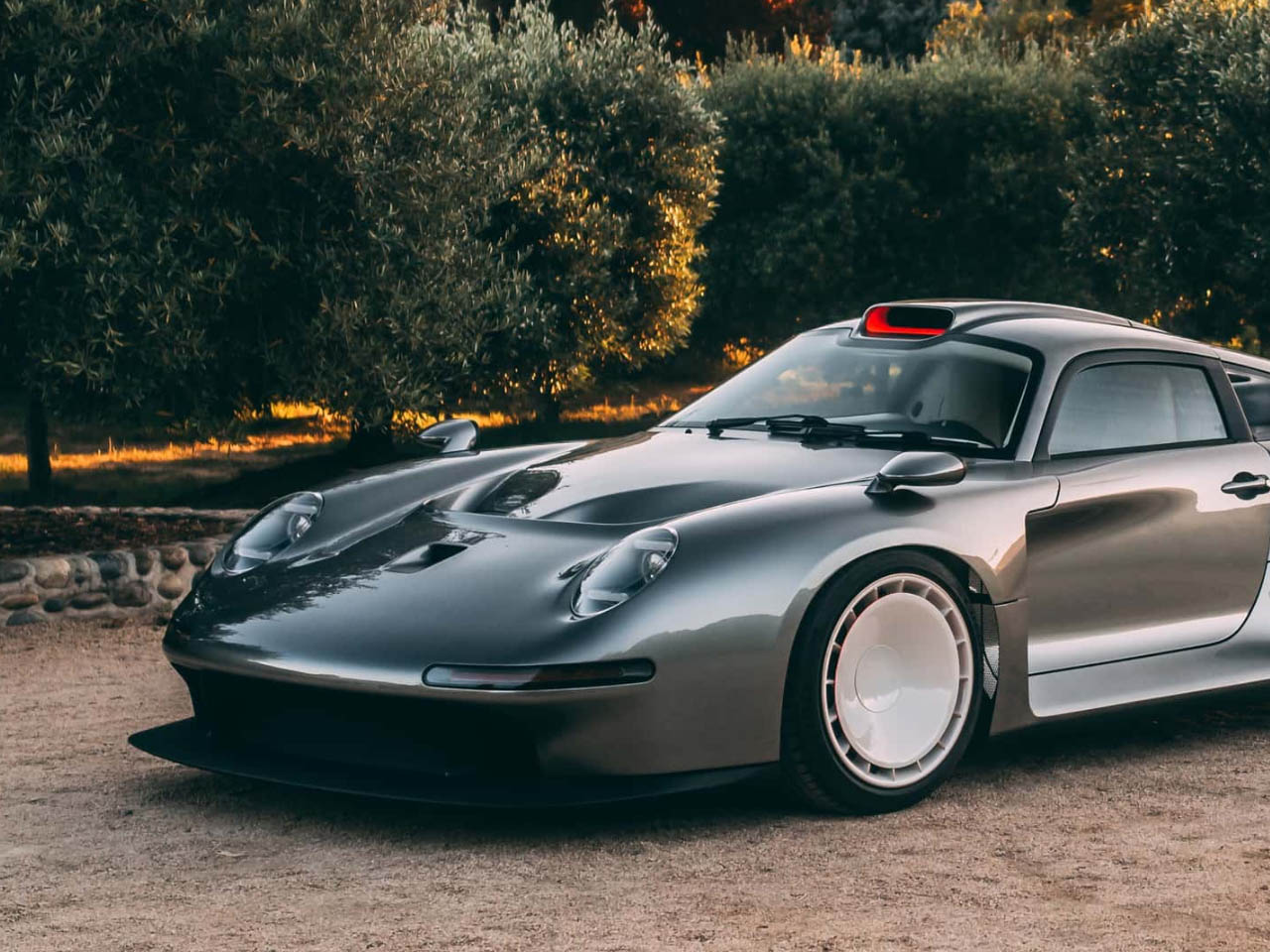
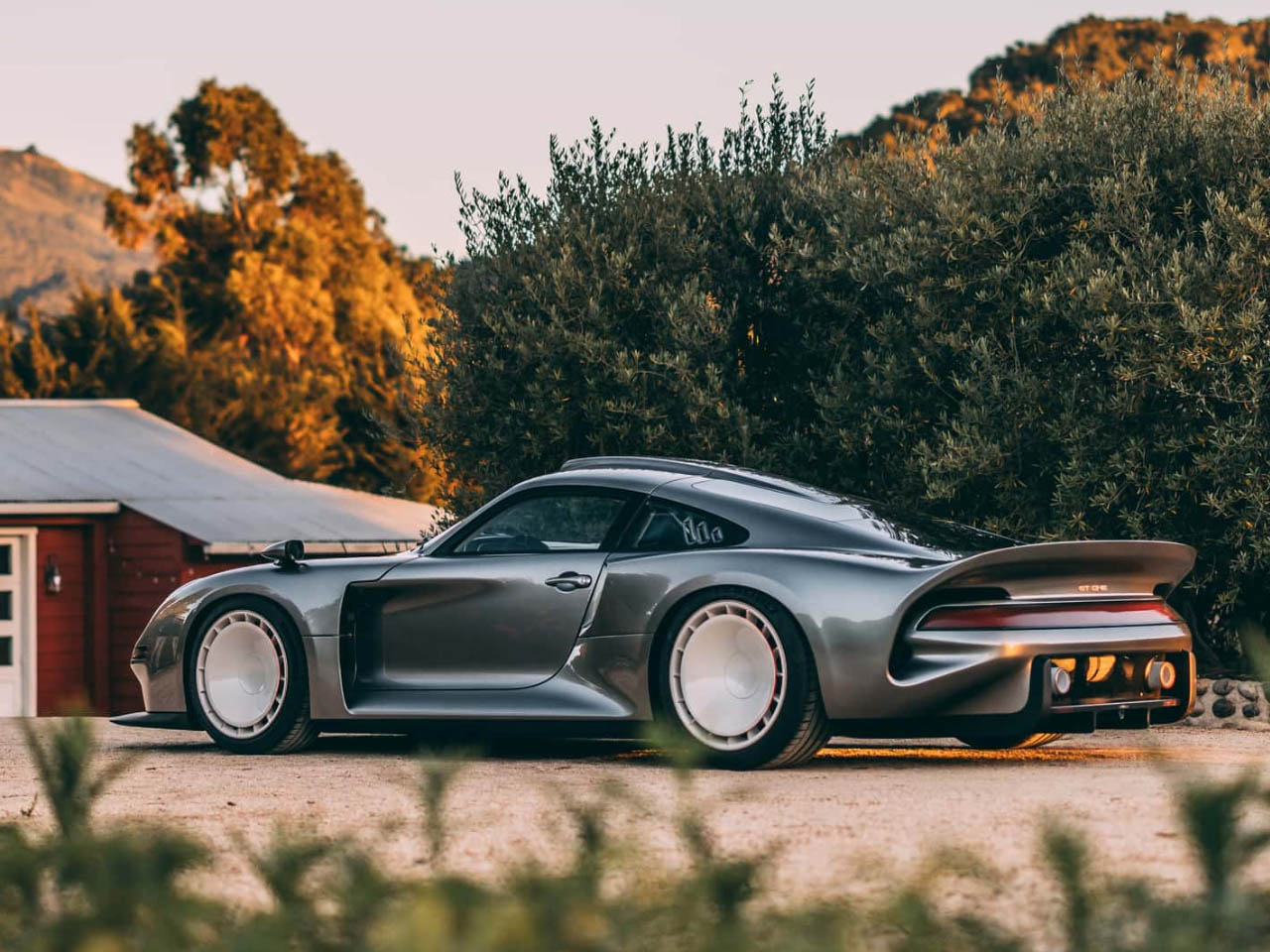
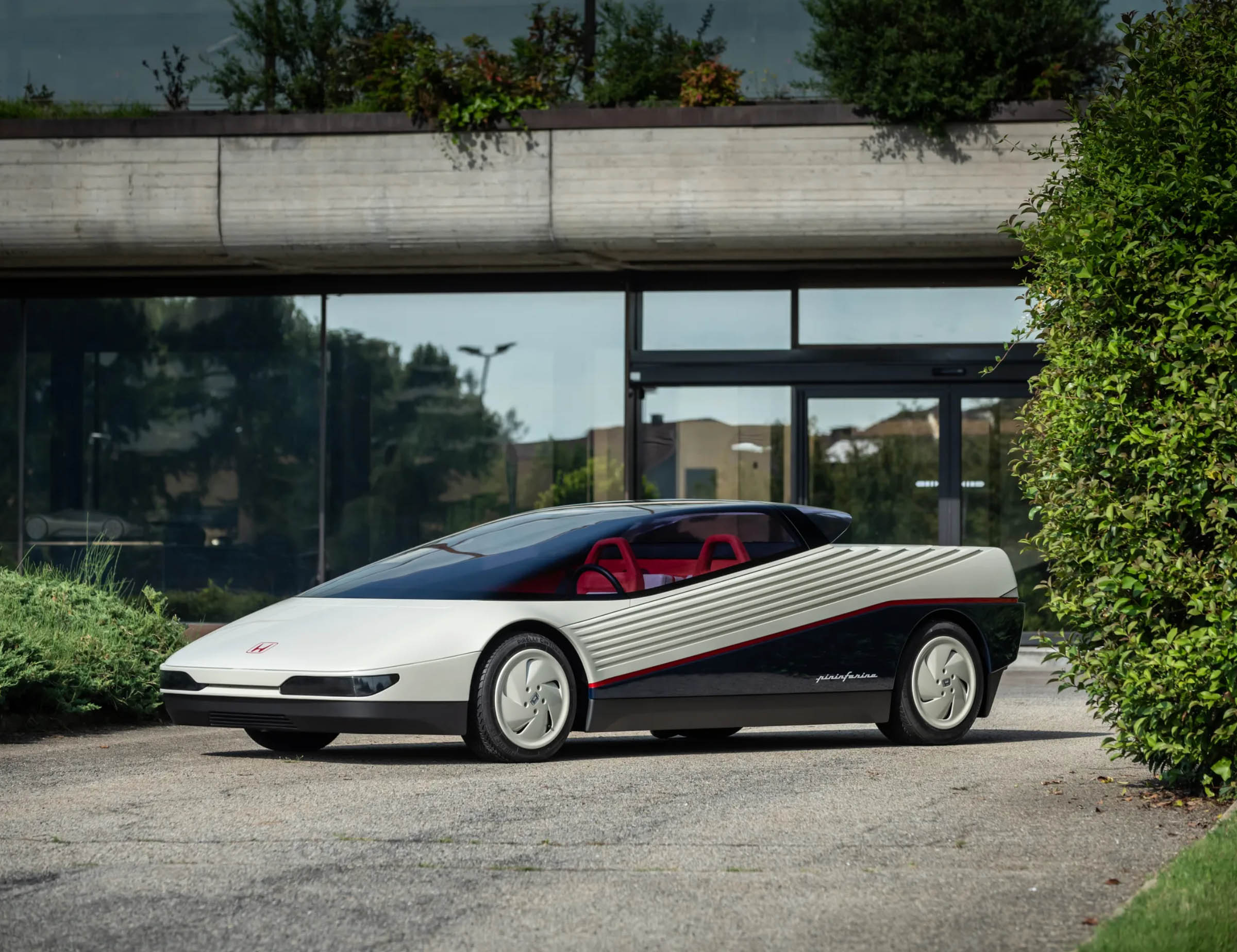
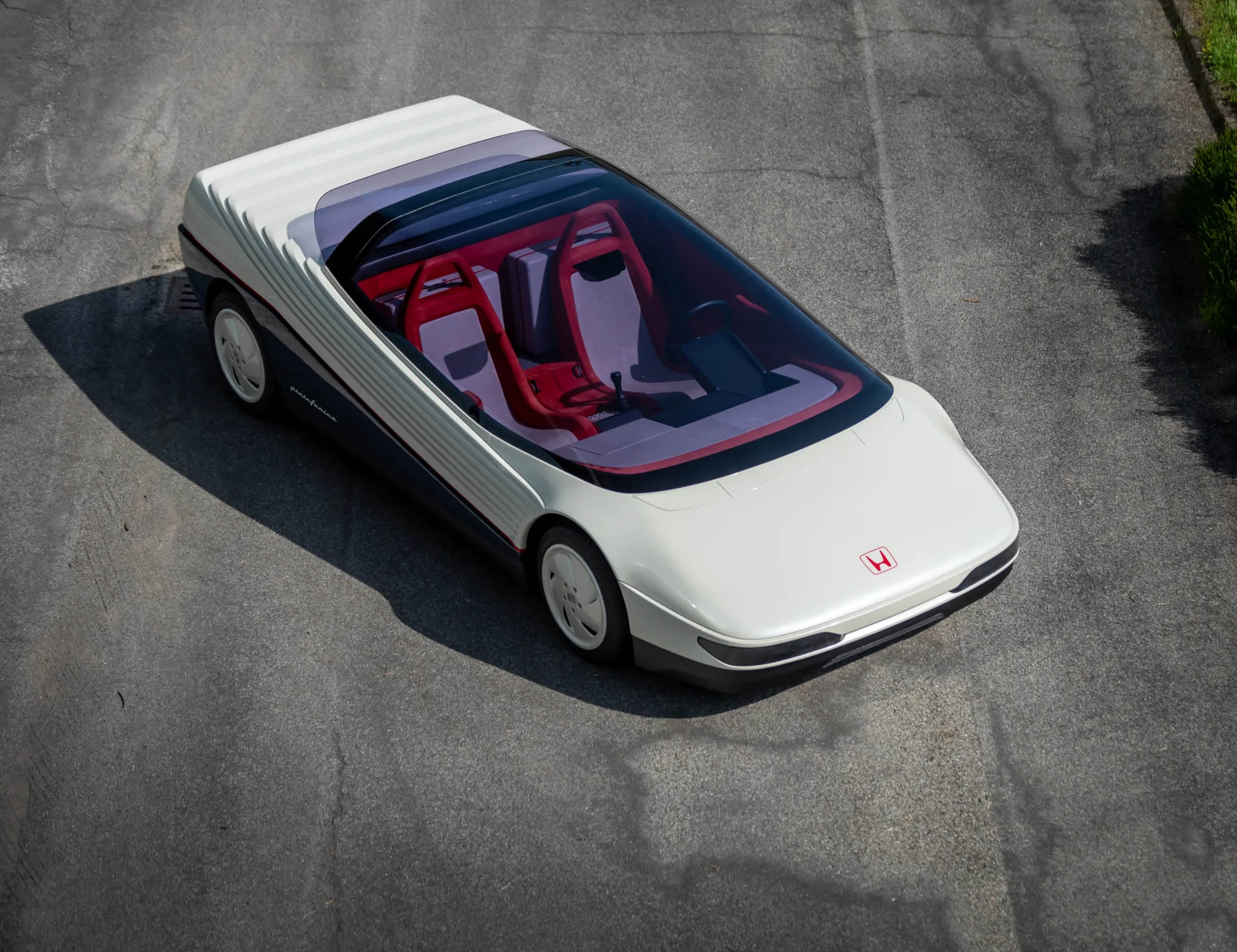
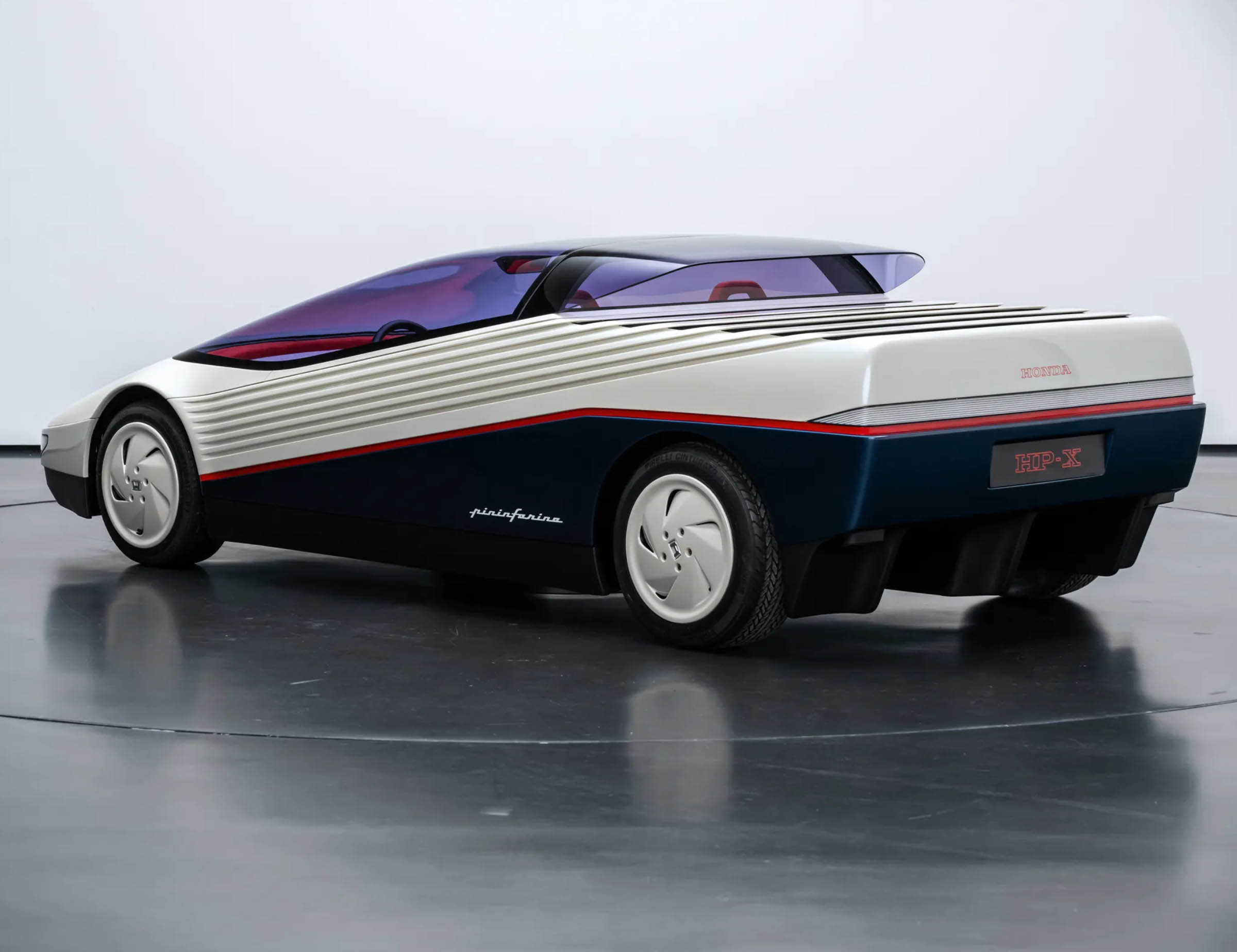
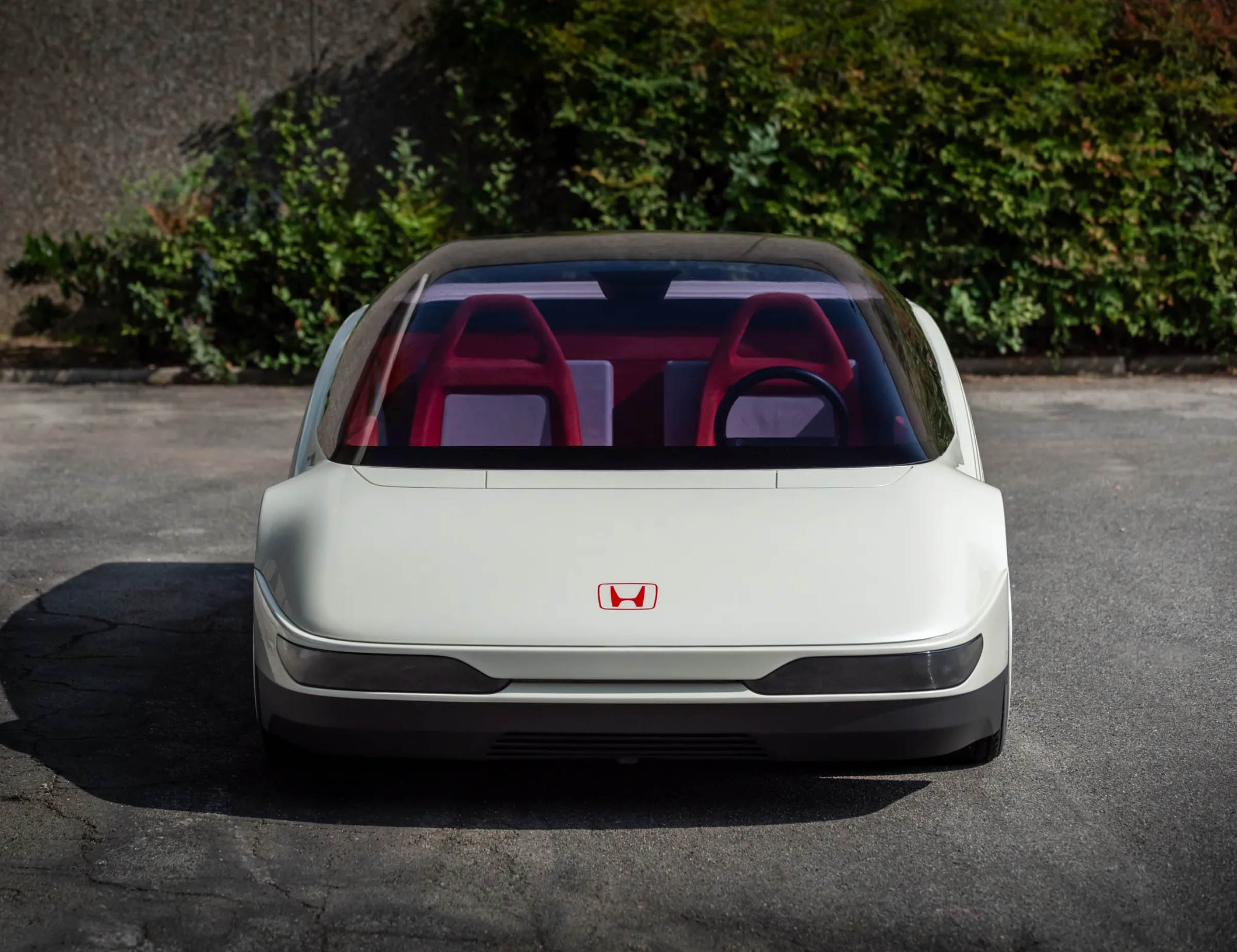
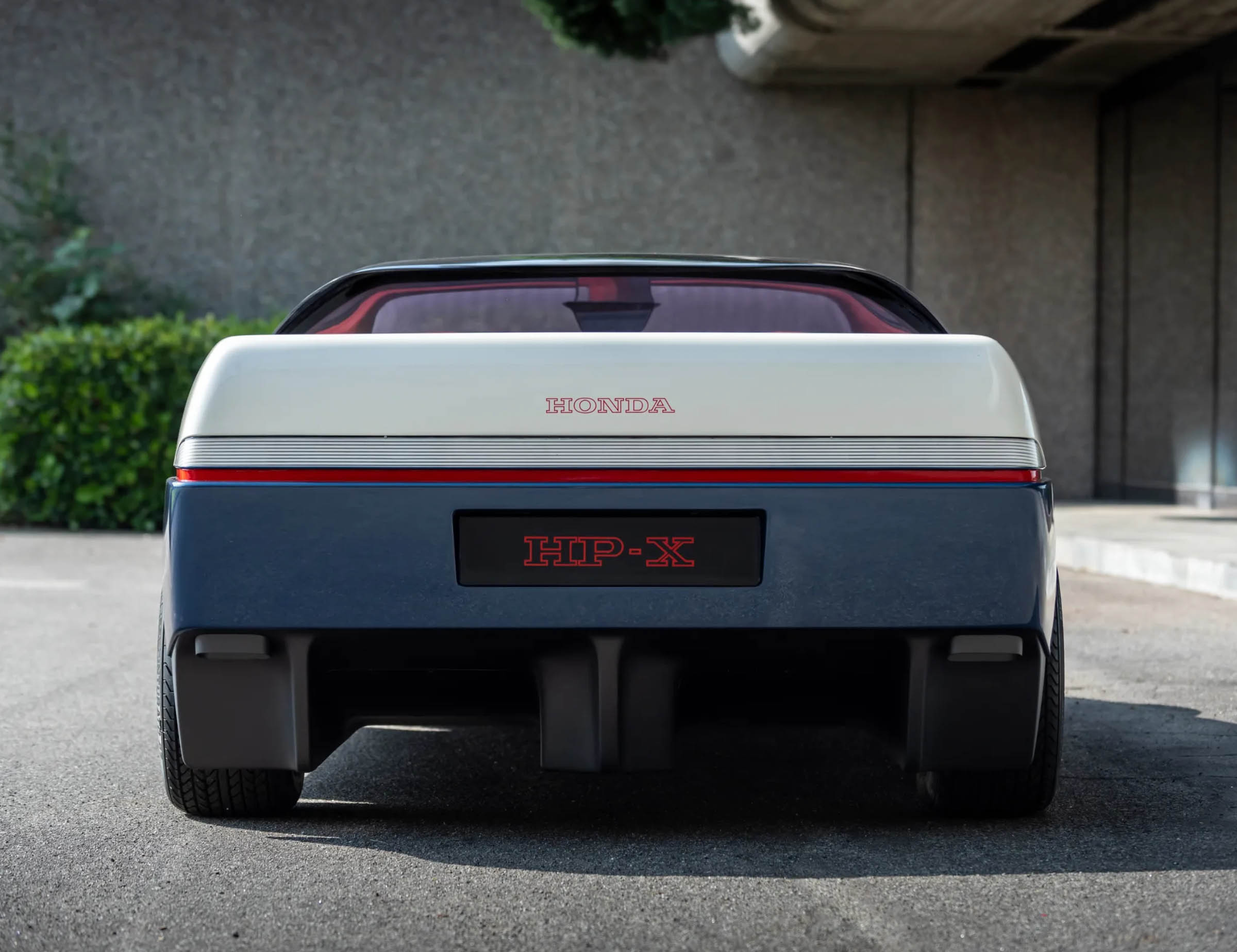
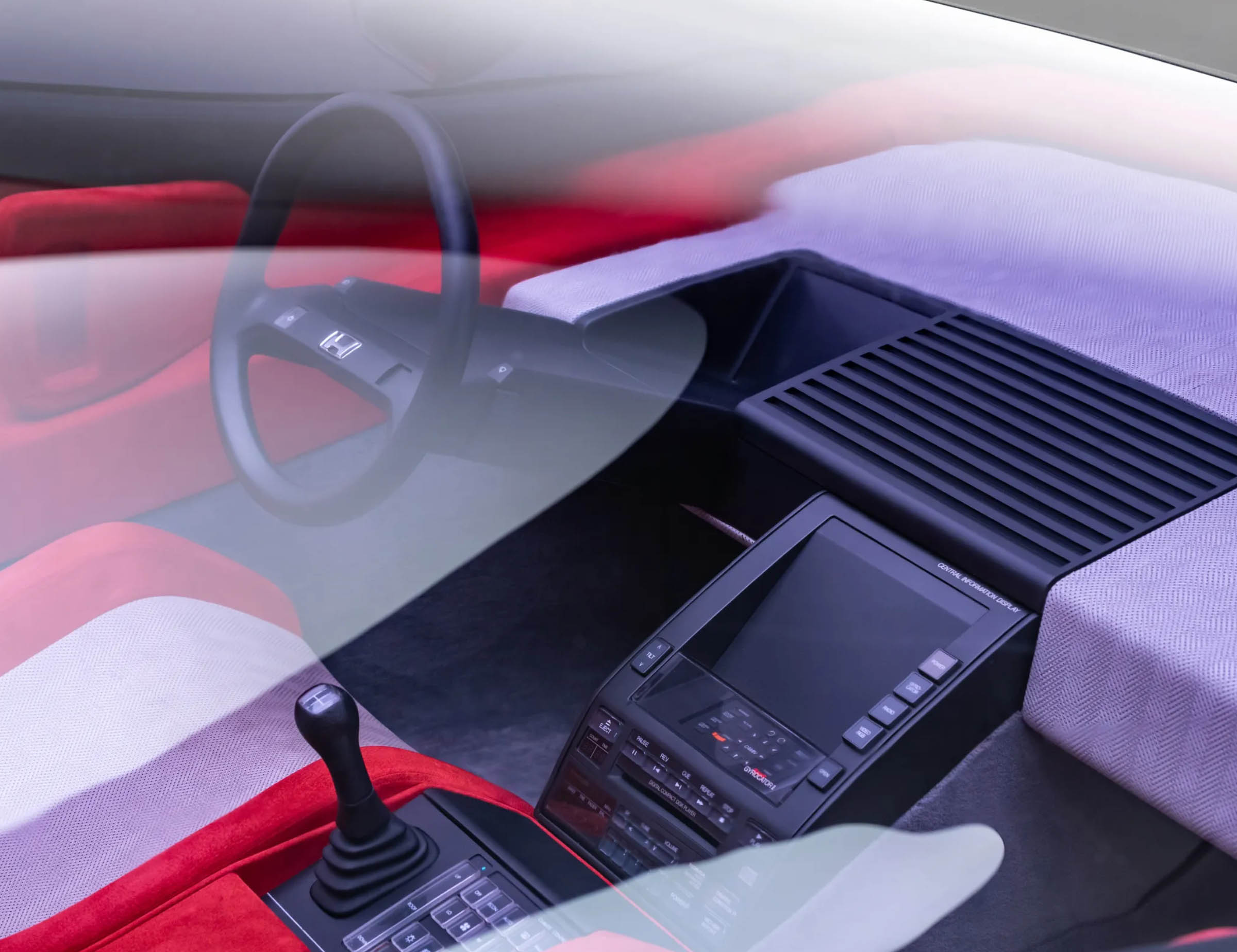
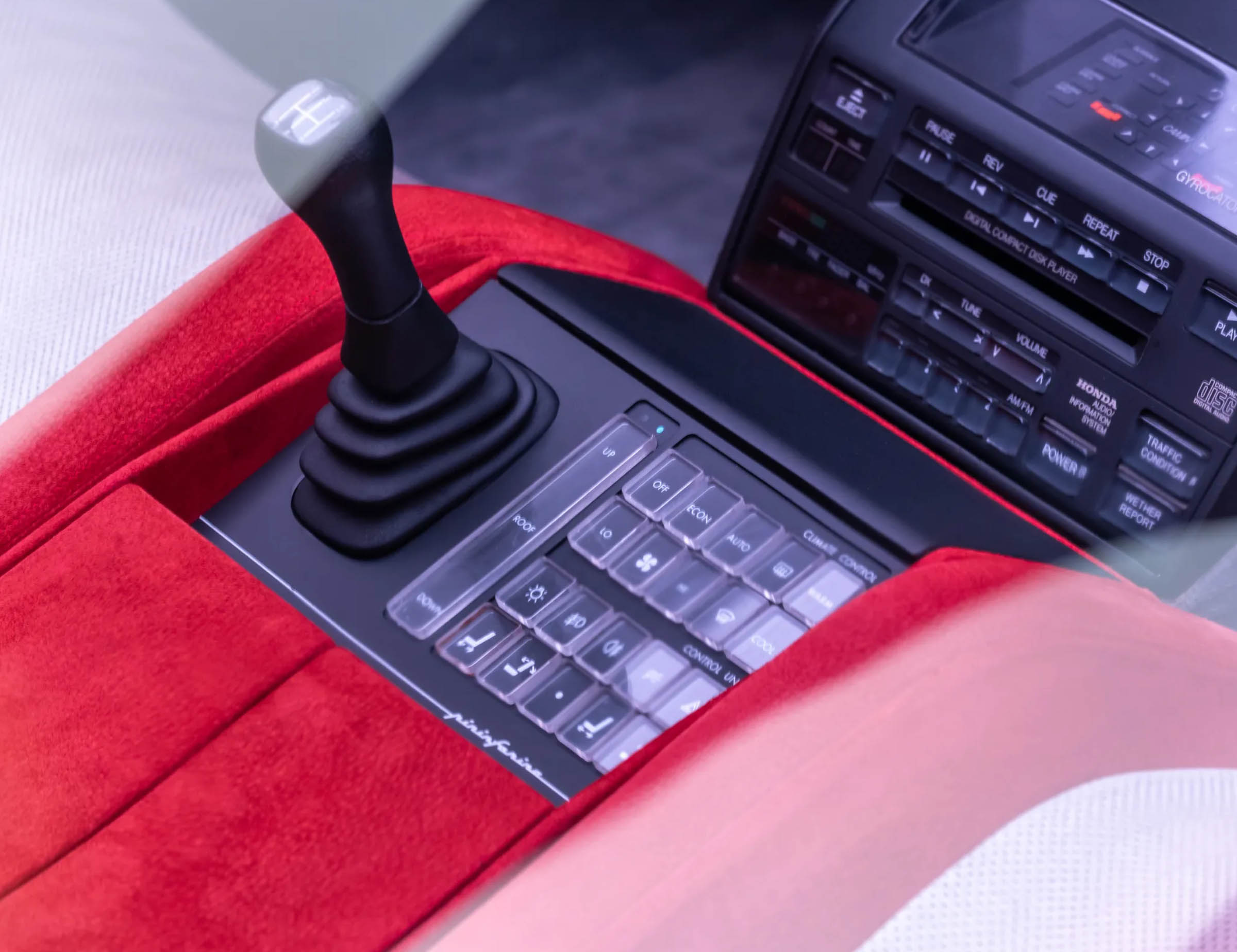
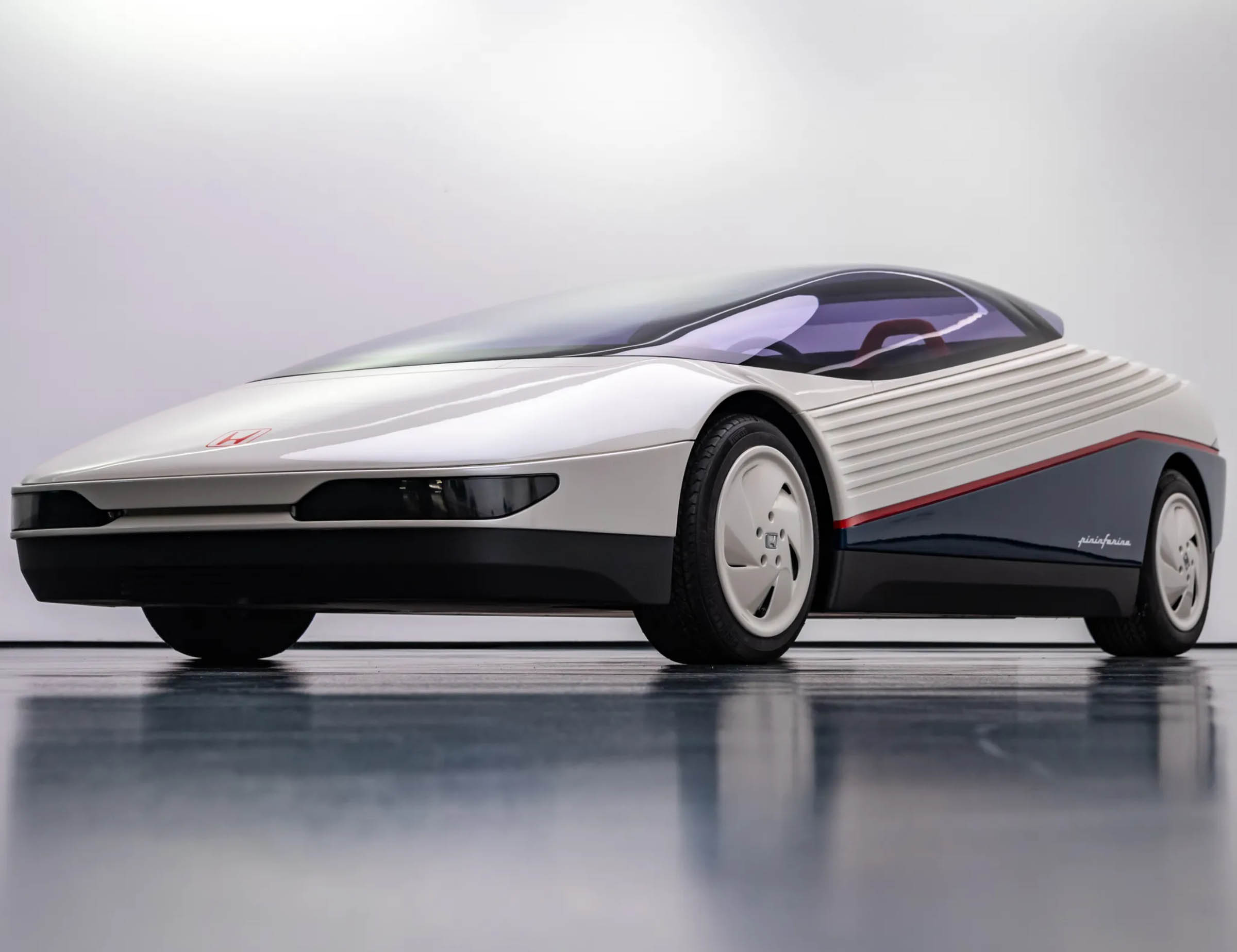
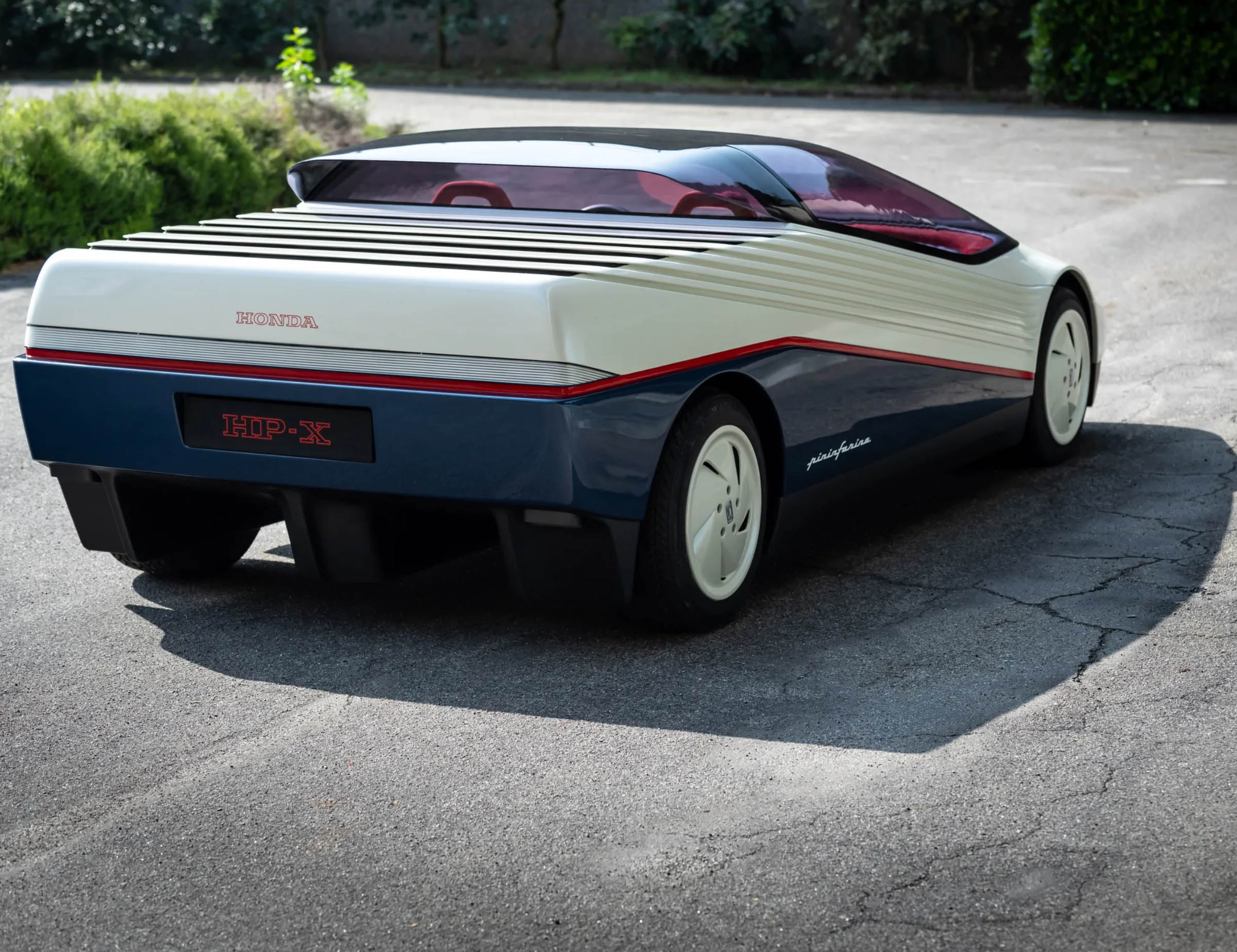
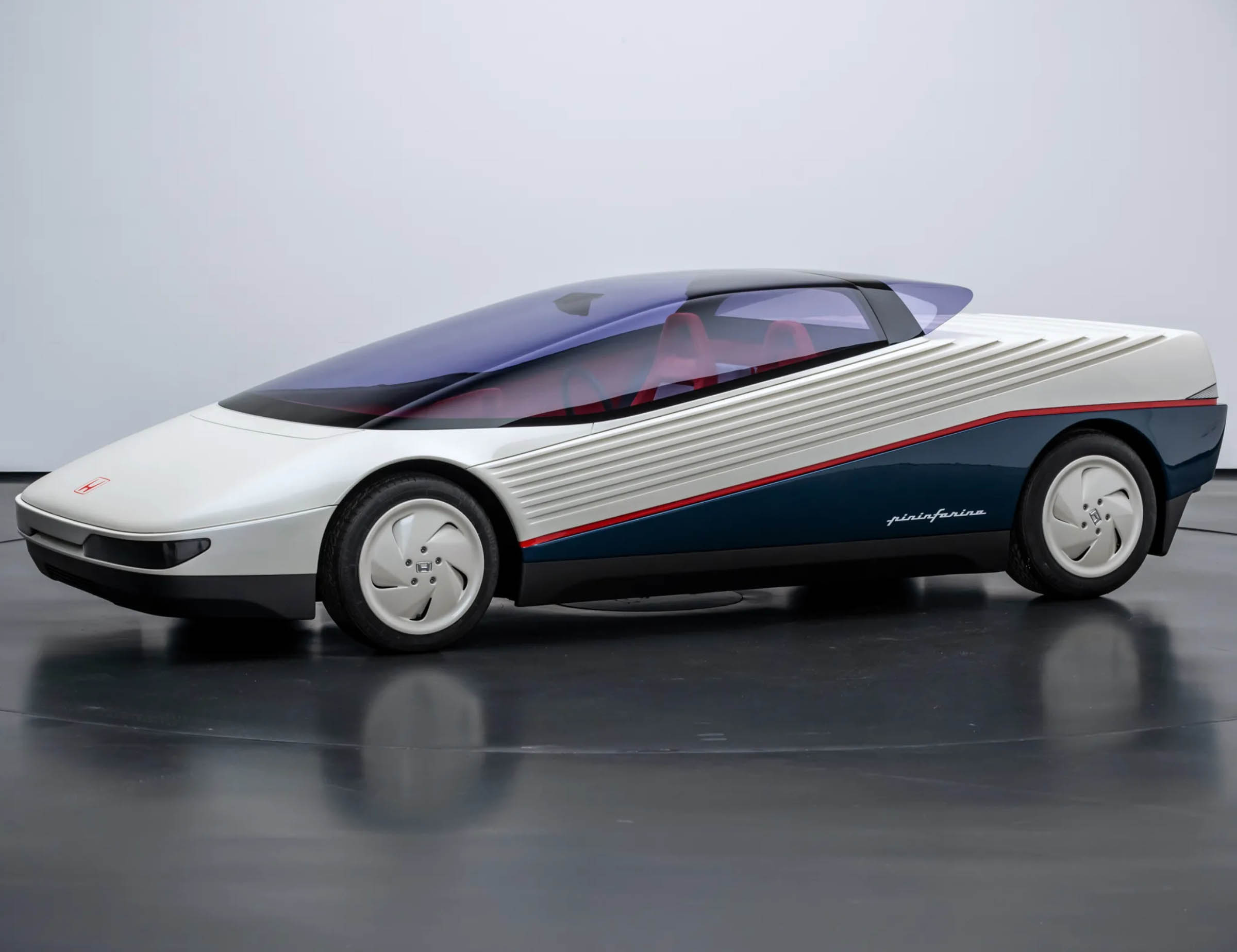
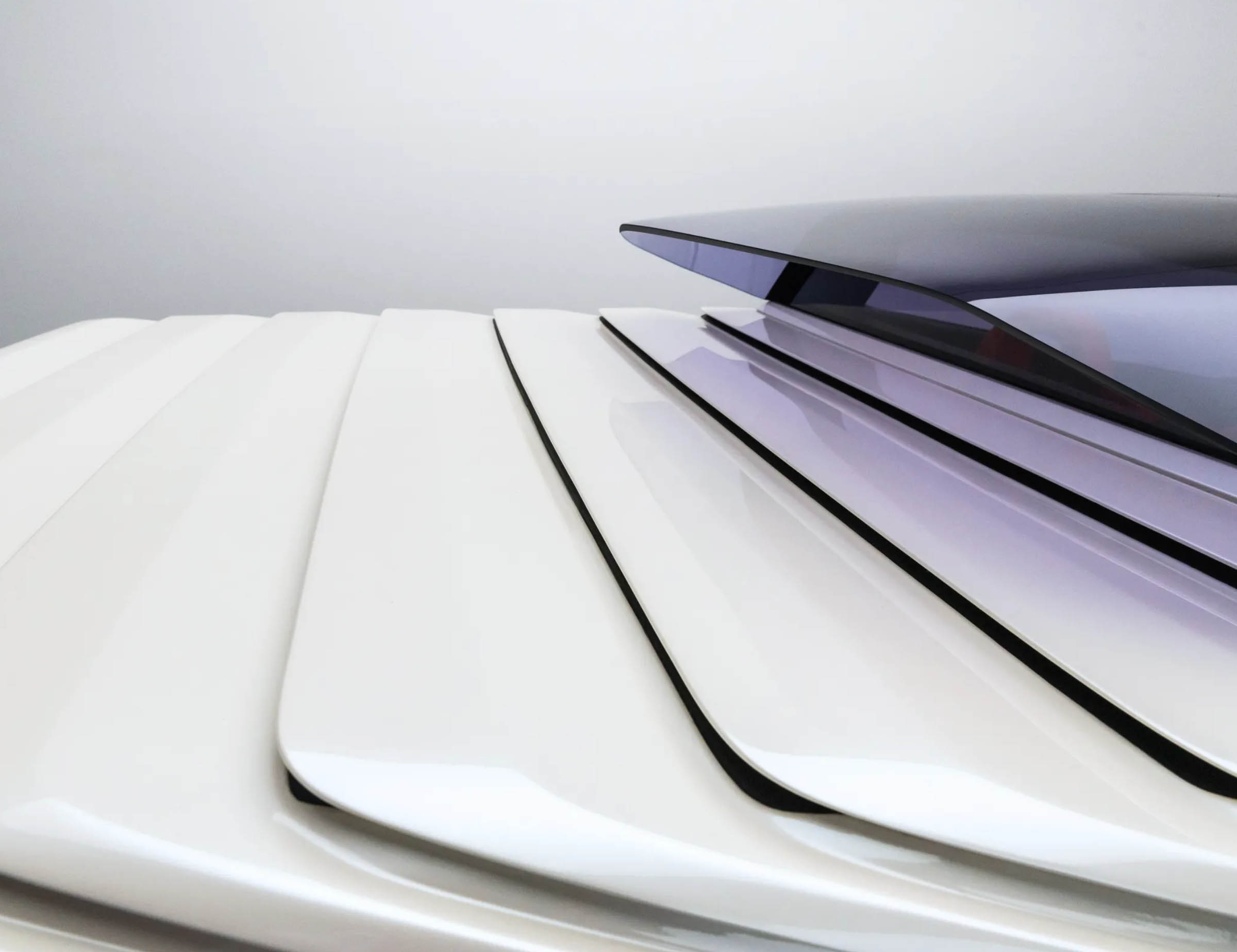
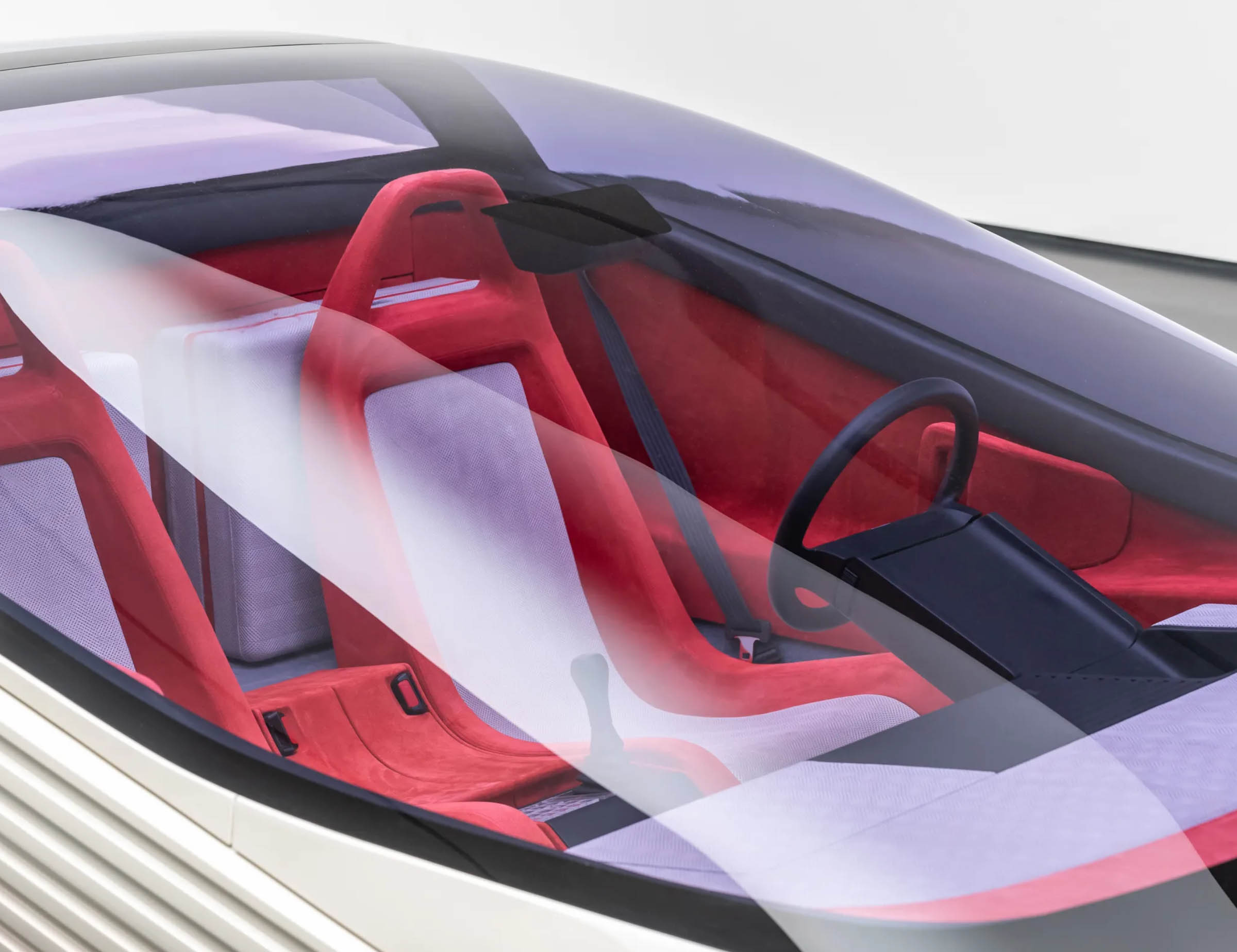
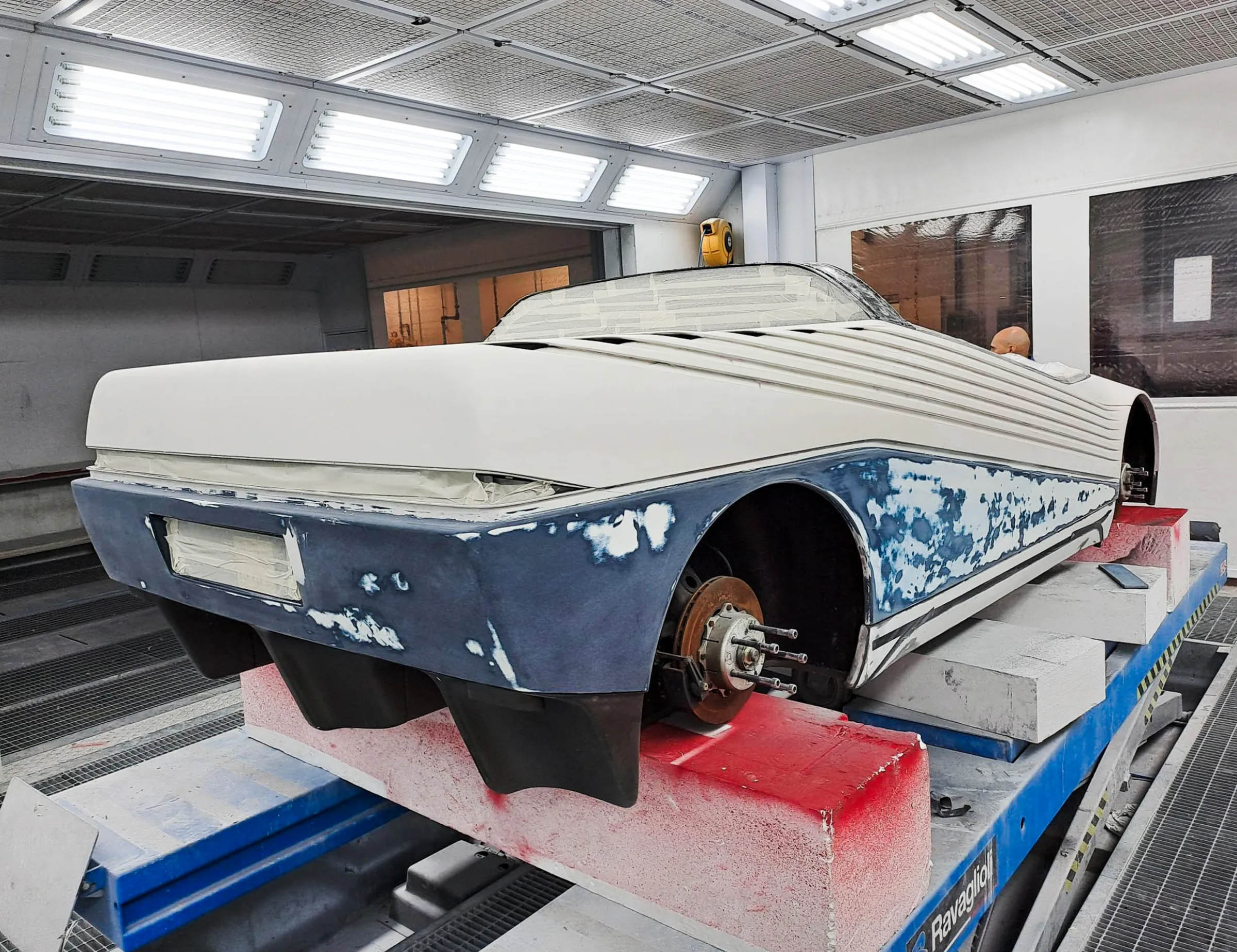
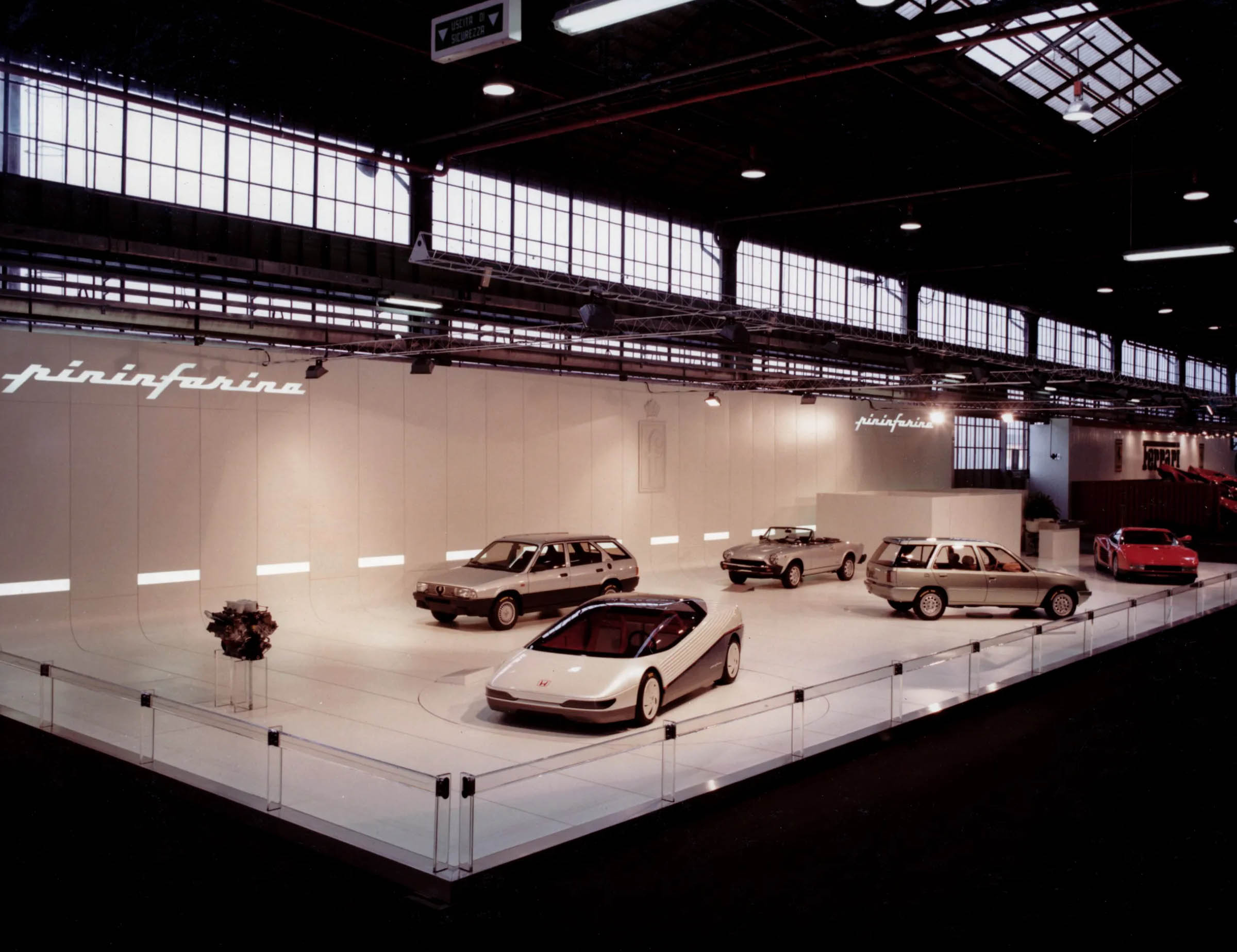
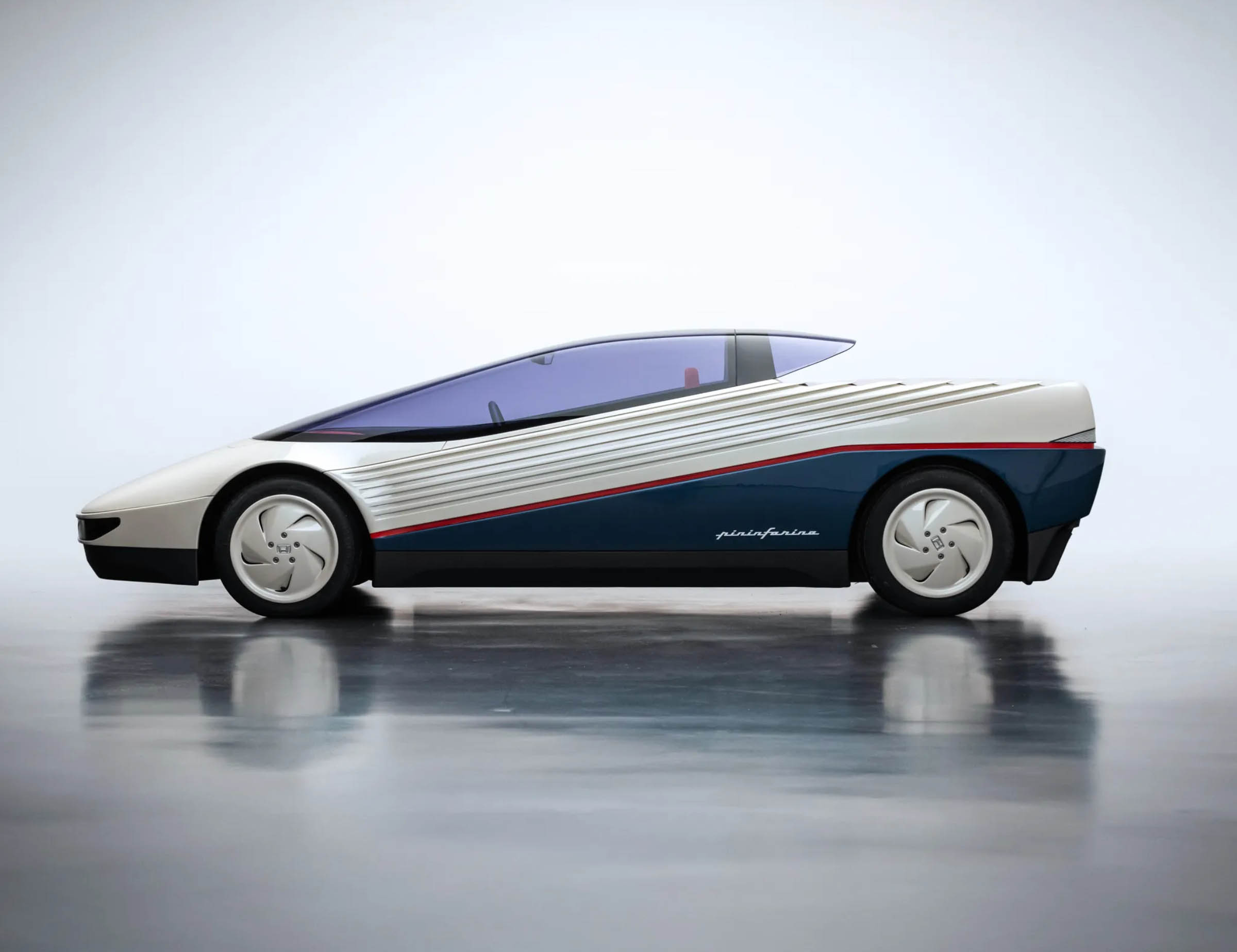
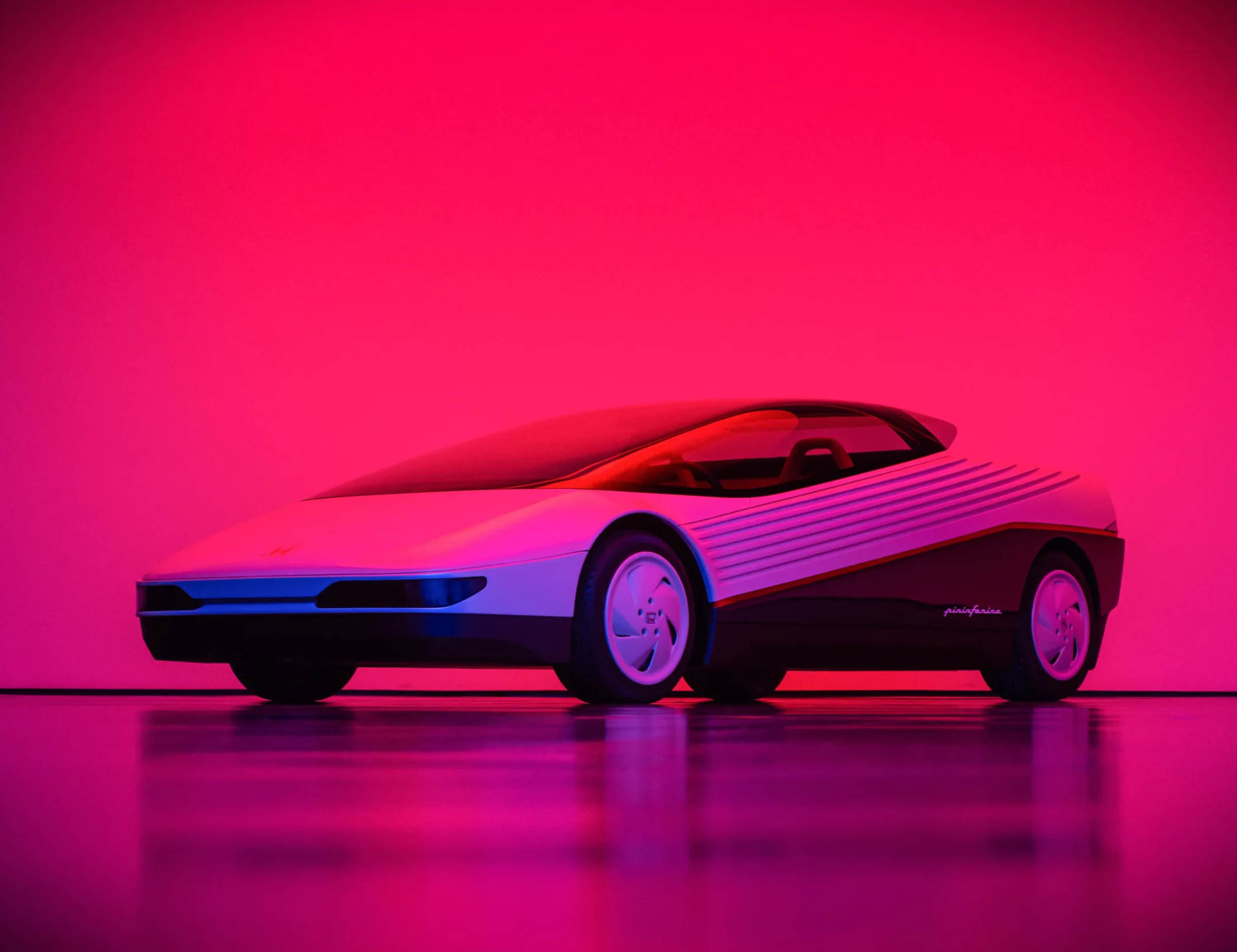
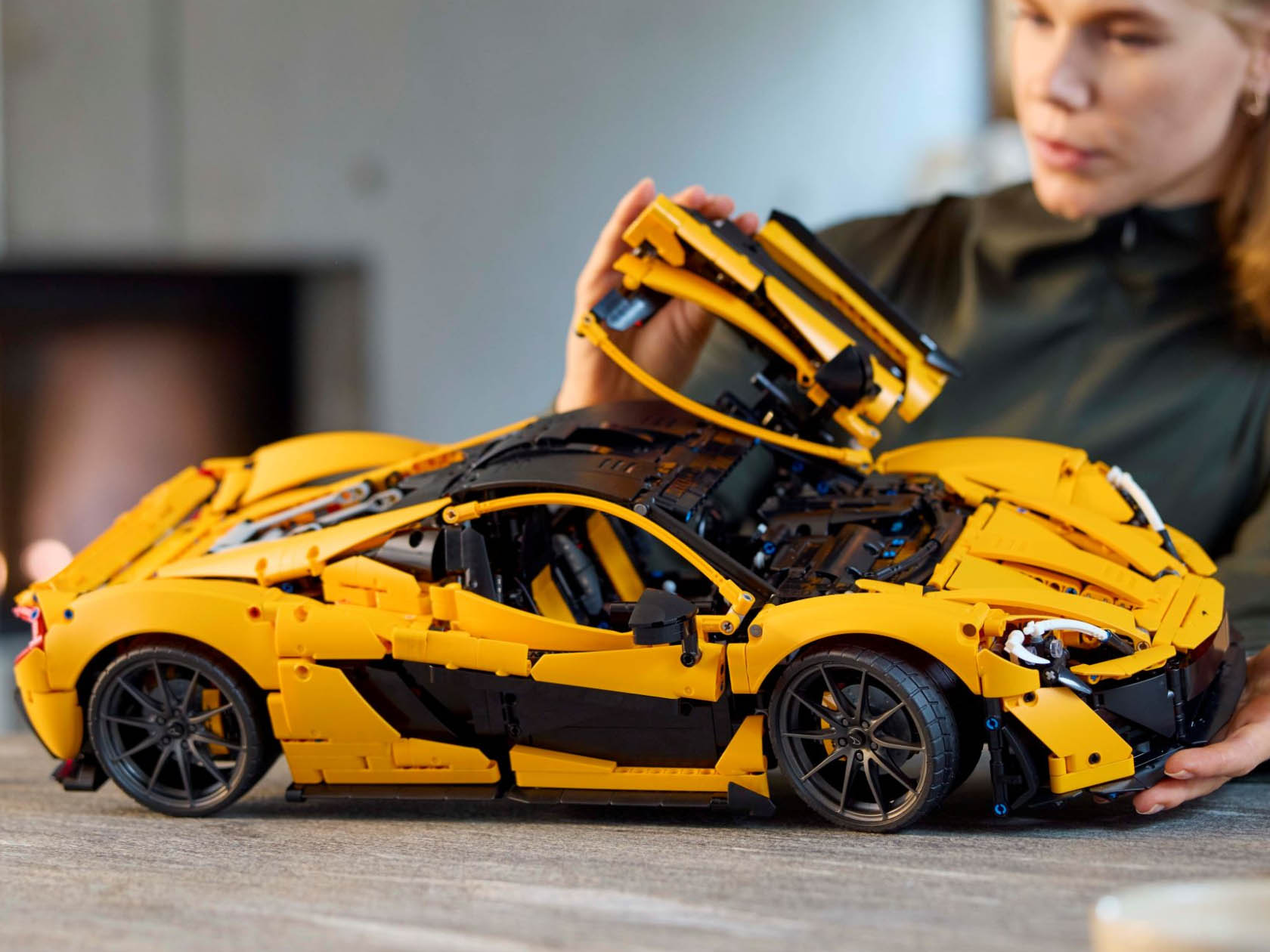
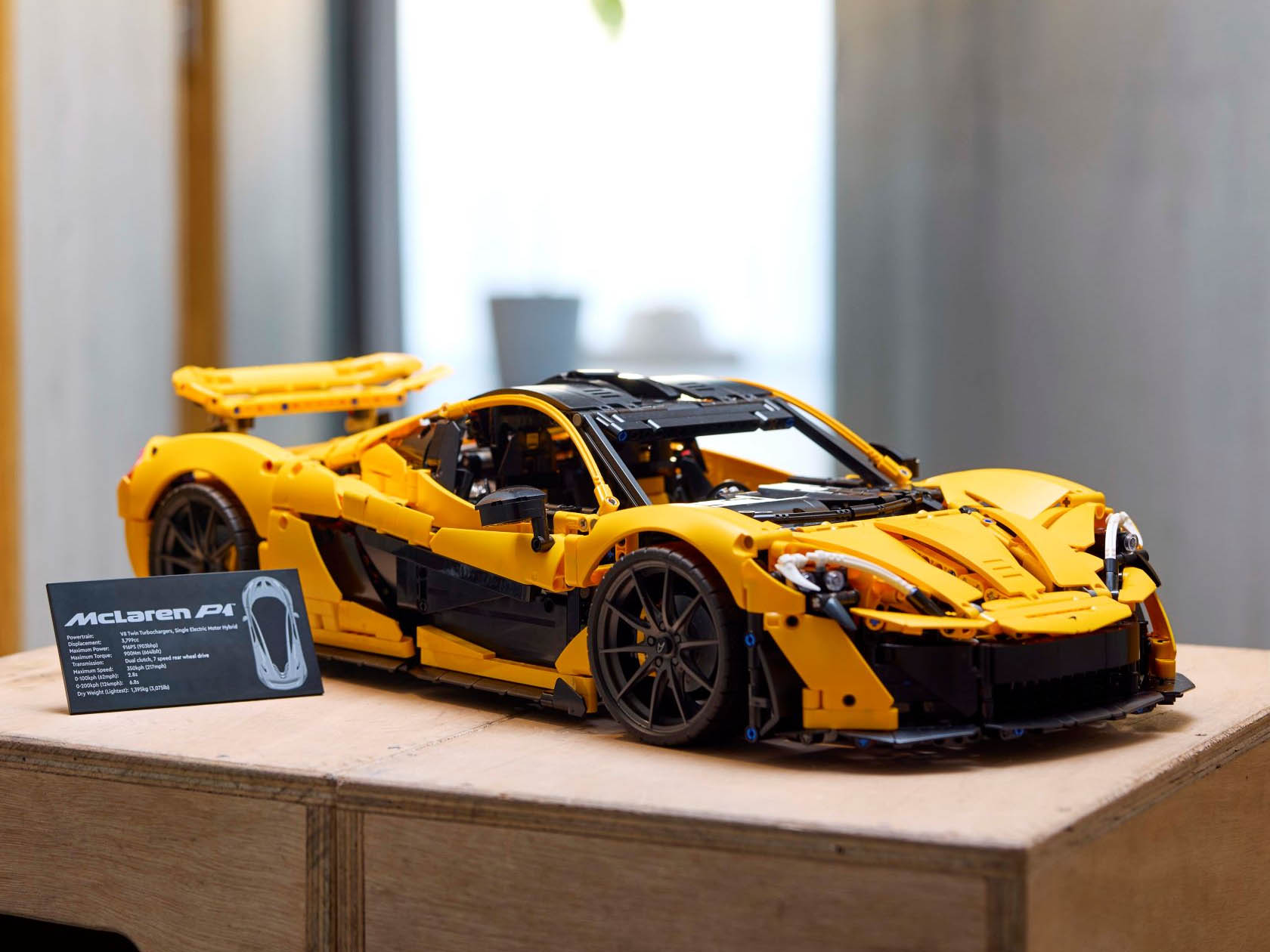
 . We worked on multiple variations of the car to test different designs. We also faced a huge challenge with the iconic butterfly doors because they needed a new mechanism to stay open.” Another perk is that each of the scaled McLaren cars comes with a unique serial number that reveals special behind-the-scenes content for passionate auto lovers.
. We worked on multiple variations of the car to test different designs. We also faced a huge challenge with the iconic butterfly doors because they needed a new mechanism to stay open.” Another perk is that each of the scaled McLaren cars comes with a unique serial number that reveals special behind-the-scenes content for passionate auto lovers.